Notable weather events from the year you were born

Jim McDevitt/U.S. Army Corps of Engineers // Wikimedia Commons
Notable weather events from the year you were born
Devastating hurricanes, destructive wildfires, deadly heat, and widespread droughts: If it feels like extreme weather events are happening more and more these days, it’s because they are.
Almost 100% of scientists agree the cause of the growing barrage of natural disasters is human-made climate change. The last seven years are the hottest on record; hurricanes are now more powerful and last longer; wildfires are more common, hotter, and more destructive; and the planet is less hospitable than it was even a century ago.
Of course, each decade and each year within them bear out their own unique weather events. Stacker consulted historical, climatologic, and other news sources to find the most notable weather events each year since the Great Depression. Unfortunately, some of the most memorable weather is almost always extreme and occasionally disastrous—the freakish cold, the violent wind, and the devastatingly dry. Causes have included differences in barometric pressure to chunks of volcano falling into the ocean, among others.
The effects of some of these weather events have lingered for decades, as rebuilding can be costly, inefficient, and time-consuming. As exemplified by the case of dust storms in the U.S. in the 1930s, weather can cause economic repercussions that go on for years.
This list overflows with tropical storms, hurricanes, and typhoons. It also contains blizzards, floods, tornadoes, and drought. It’s got snow in Florida and a tornado in Los Angeles. There’s even a church struck by lightning and hail the size of grapefruits. Read on for a look at some of the most impactful weather events of the last century.
You may also like: Top 10 best and worst foods for the environment
![]()
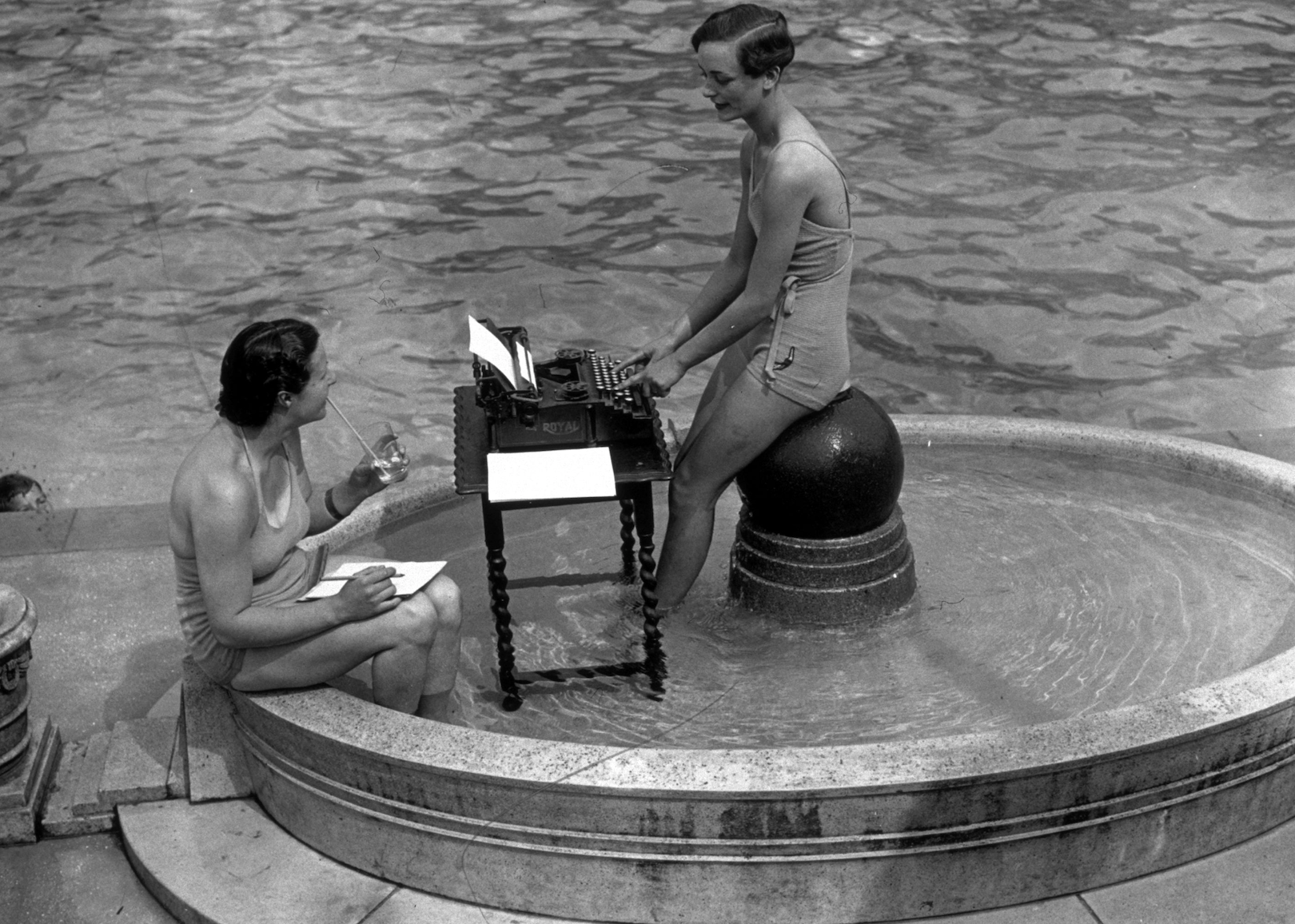
Topical Press Agency // Getty Images
1930: Washington D.C. heatwave
During an excruciating stretch from July 19 to July 29, 1930, the nation’s capital saw temperatures exceed 100 degrees Fahrenheit for 10 consecutive days. During that stretch, the official Washington D.C. high was set at 106 degrees—though the Washington Post reported that some thermometers reached as high as 110. Thirty people in D.C. died during the heatwave; the extremely hot summer killed more than 1,000 people across the country.
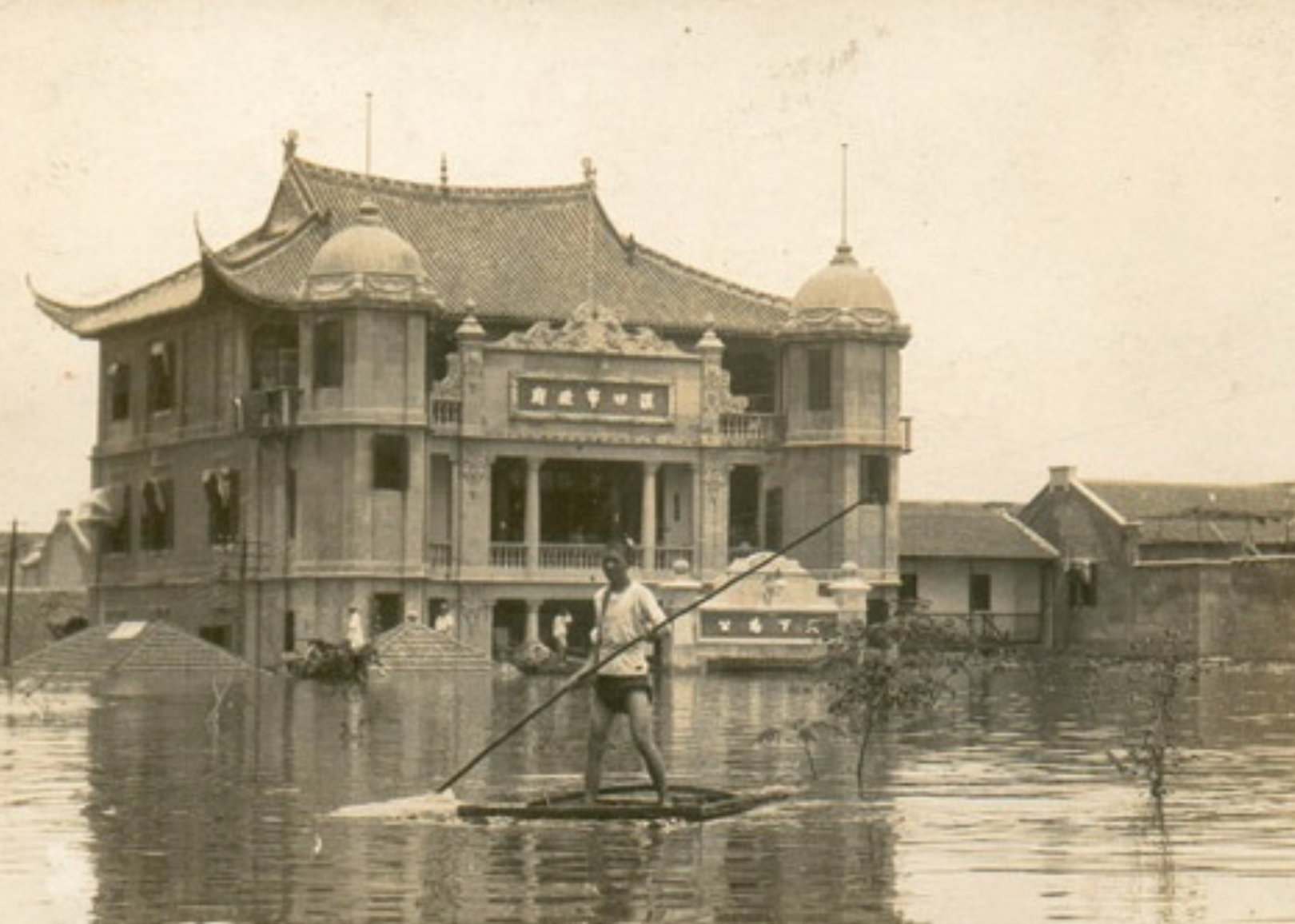
武汉一中老校友 // Wikimedia Commons
1931: Yangtze River flood
Following heavy July rains, the Yangtze River flooded on Aug. 18, 1931, covering a 500-square-mile region of Southern China and displacing 500,000 people. The water continued to rise as more rains came that month and the flood destroyed huge swaths of rice fields. In total, the flood contributed to the deaths of 3.7 million people over the first few months that followed.
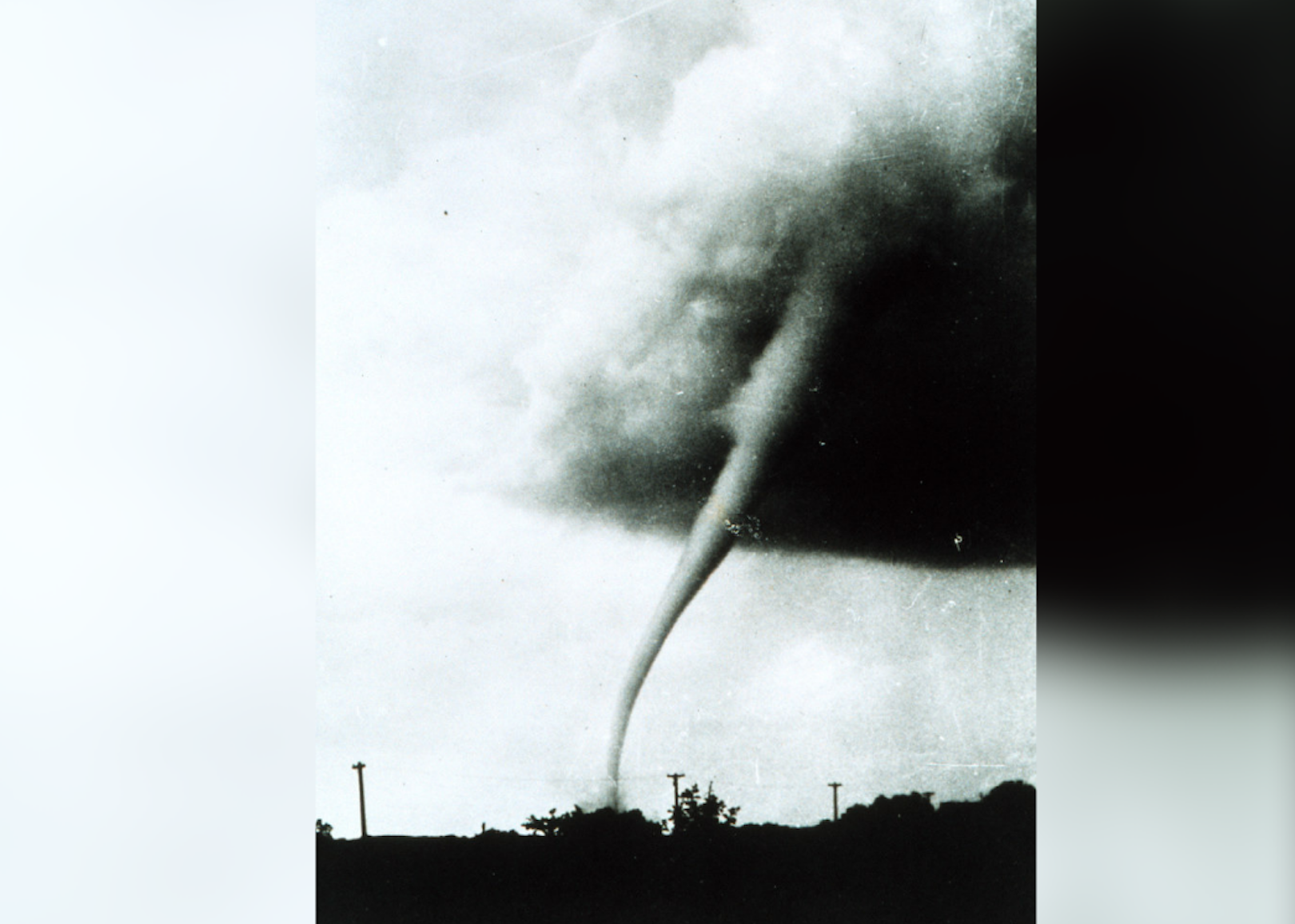
NOAA Photo Library // Flickr
1932: Southeast tornado outbreak
On March 1932, 33 tornadoes ripped through the southeastern United States and killed 359 people in six states over the course of two days. Alabama was hit the worst, with the first reported tornado hitting Marion and others hitting Tuscaloosa, Chilton County, and other locales. In all, 299 Alabamians were killed in the outbreak.

U.S. National Archives
1933: The Great Black Blizzard
Among the earliest of the “black blizzards”—wind storms that hit the bone-dry West and sent topsoil flying in dark clouds across the sky—hit South Dakota on Nov. 11, 1933. The size of the ominous black clouds reached biblical proportions as dust from the storm reached all the way to Albany, N.Y. The event also served as an omen of more bad things to come: The drought worsened in 1934 and started the Dust Bowl which devastated farmland and displaced tens of thousands.

LA Times // Wikimedia Commons
1934: One of the hottest years on record
1998 was believed for years to be the hottest United States year on record. But a wonky 2007 scientific back-and-forth between blogger Steve McIntyre and NASA scientists led to a dataset correction that showed that 1934 had actually been 0.04 degrees warmer than 1998. Neither year can claim that record anymore: 2016 and 2020 are the hottest years in recorded history, according to NASA and the National Oceanic and Atmospheric Administration.
You may also like: How wildfires have worsened in recent years
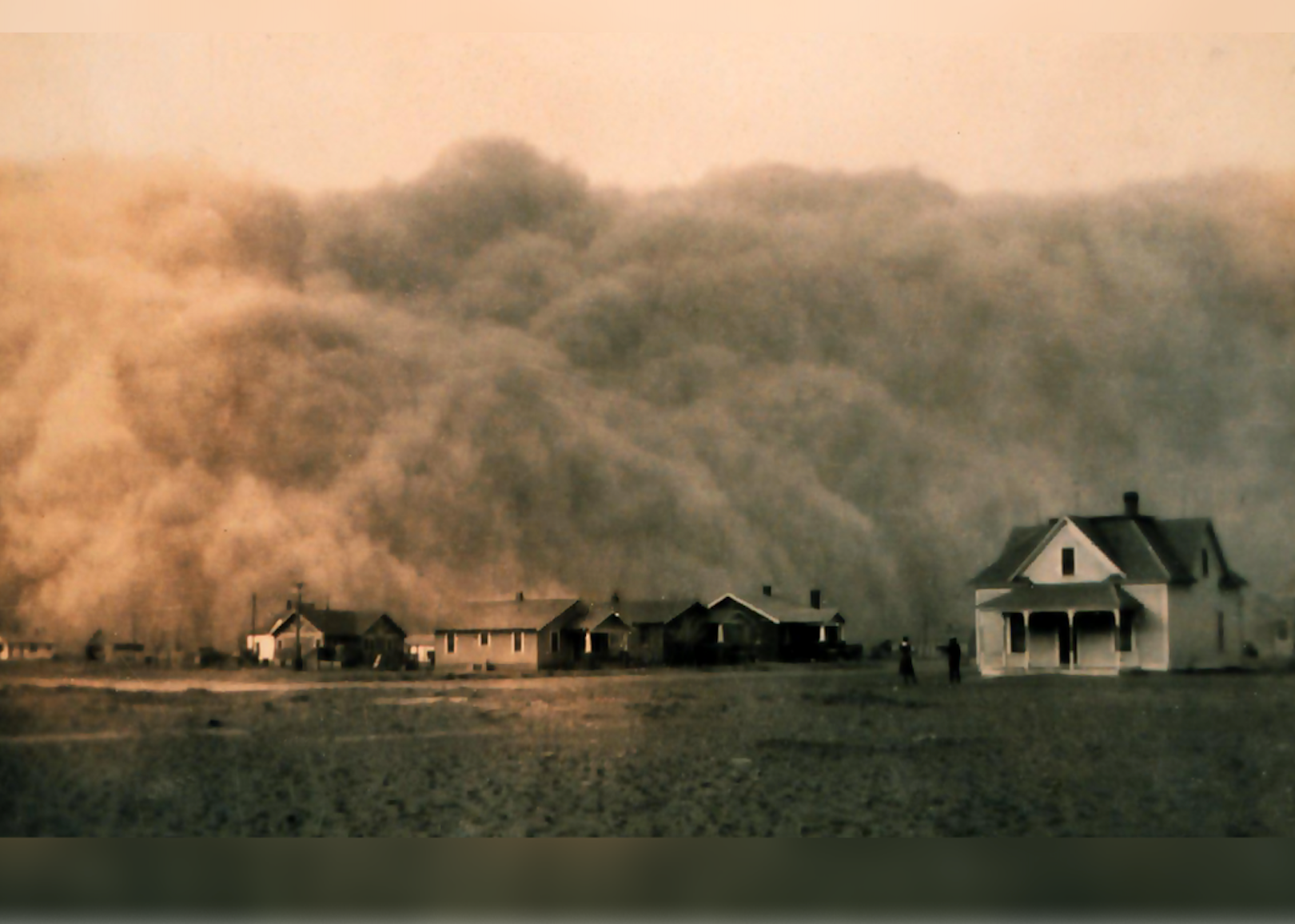
NOAA George E. Marsh Album // Wikimedia Commons
1935: Black Sunday
Though droughts, sandstorms, and black blizzards had already started to occur before this, it was the middle of April 1935 when The Dust Bowl got its name. In the late afternoon of April 14, a black wall of dust and sand hit Oklahoma and blew southeast into Texas. At its worst, the wind was clocked at over 60 mph with dust so thick it created an artificial frigid pitch-black night. An Associated Press reporter dubbed the term “The Dust Bowl” in an article the next day, and later that year Woody Guthrie released “So Long, It’s Been Good to Know You” about Black Sunday.
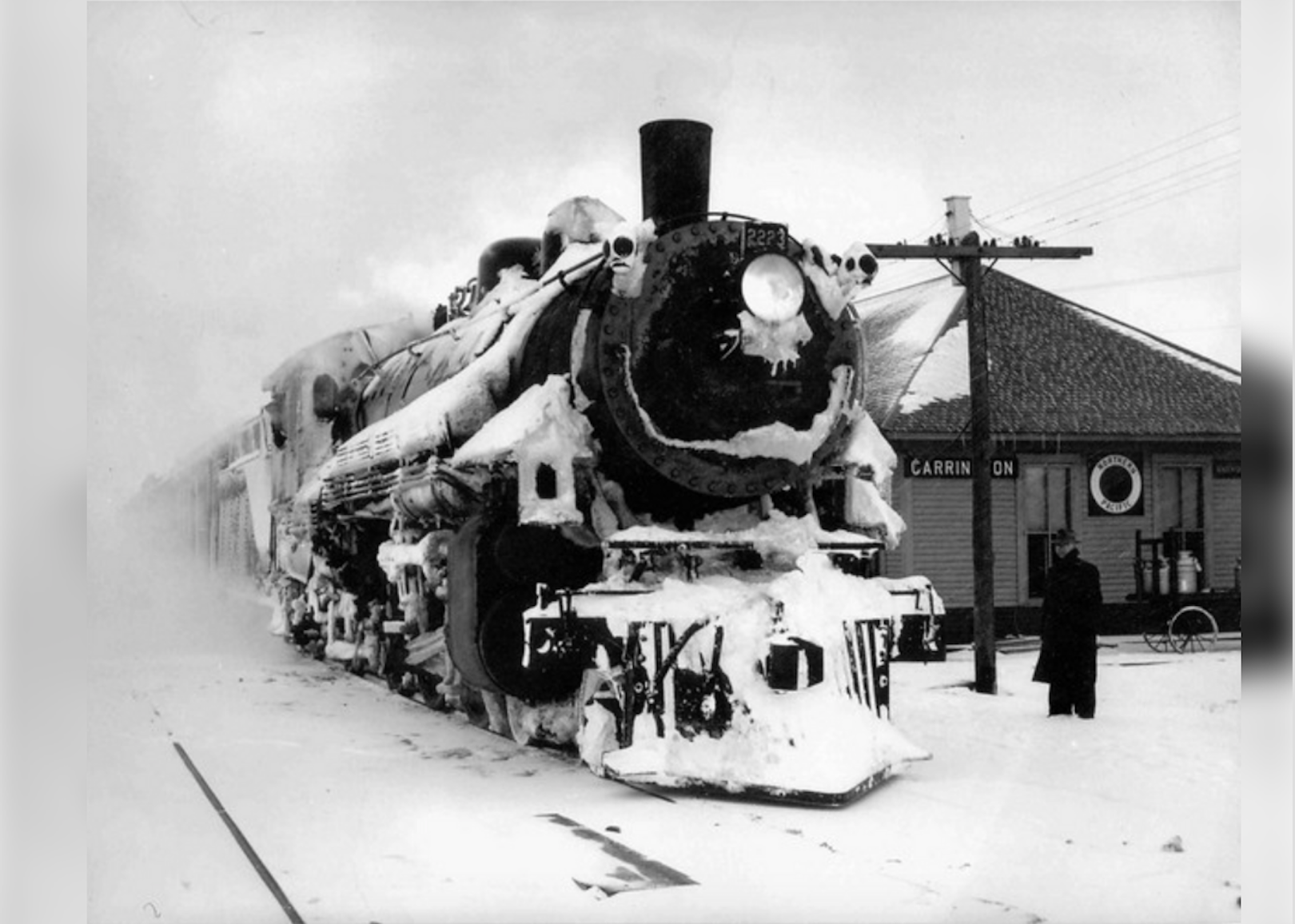
BroGuggs // Flickr
1936: Coldest winter in North Dakota history
A coal miner and volunteer National Weather Service weather observer in Parshall, North Dakota, recorded a record-breaking temperature reading on Feb. 15, 1936. Court Shubert noted a thermometer-busting low temperature of -60 degrees F. February 1936 remains the lowest ever recorded in the state.
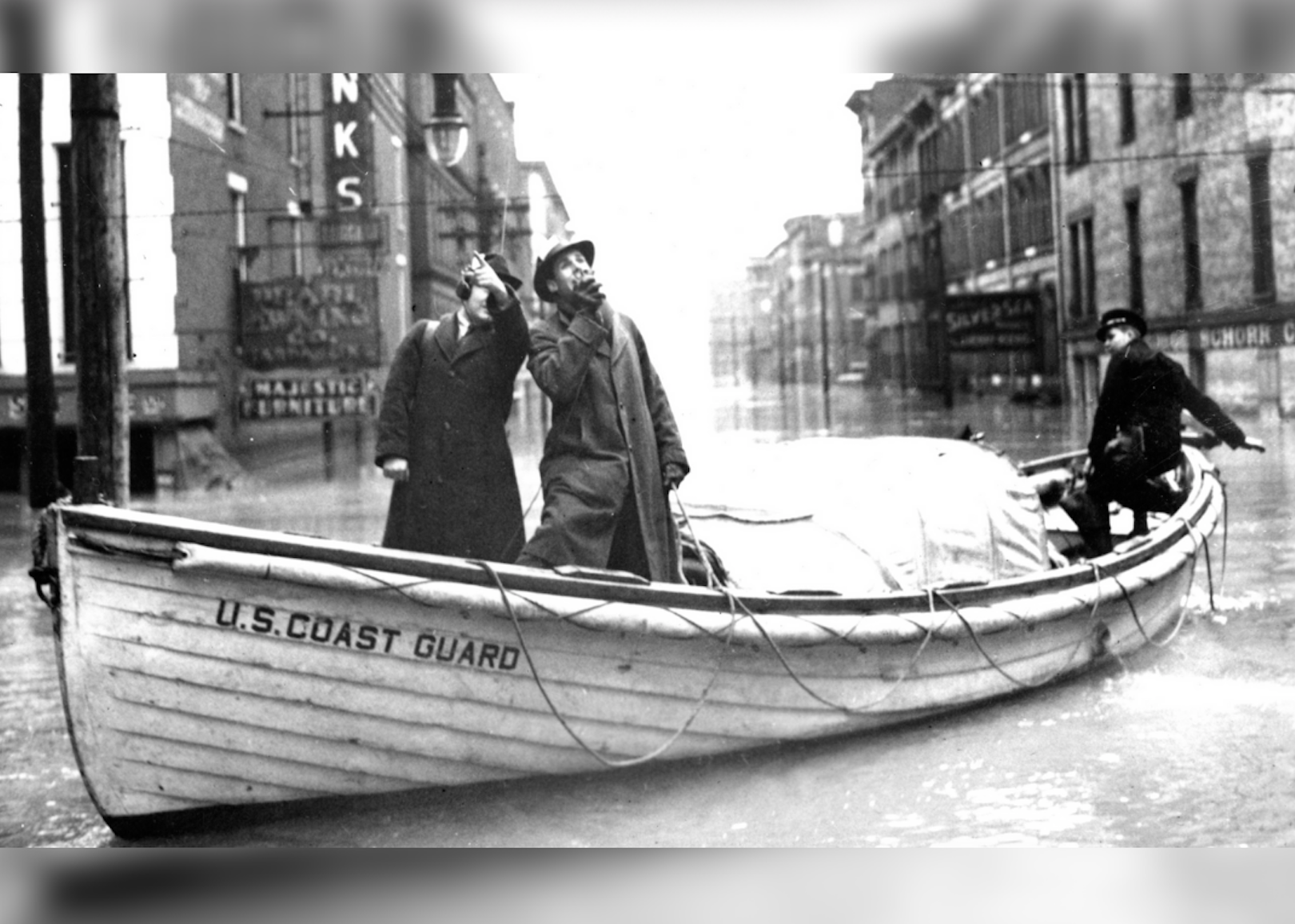
U.S. Coast Guard
1937: The Ohio River flood
The Ohio River flood of 1937 devastated cities along the river in Pennsylvania, West Virginia, Ohio, Kentucky, Indiana, and Illinois. During the flood in January, entire sections of Huntington, Cincinnati, Louisville, and other large cities were underwater. The flood displaced 1 million people and killed almost 400. During the flooding, photographer Margaret Bourke-White shot an iconic photograph of African American Kentuckians waiting for aid in front of a billboard of a white family that says “World’s Highest Standard of Living.” The image became a symbol of the Great Depression as a whole but was actually snapped for a Time Magazine spread about the flood.
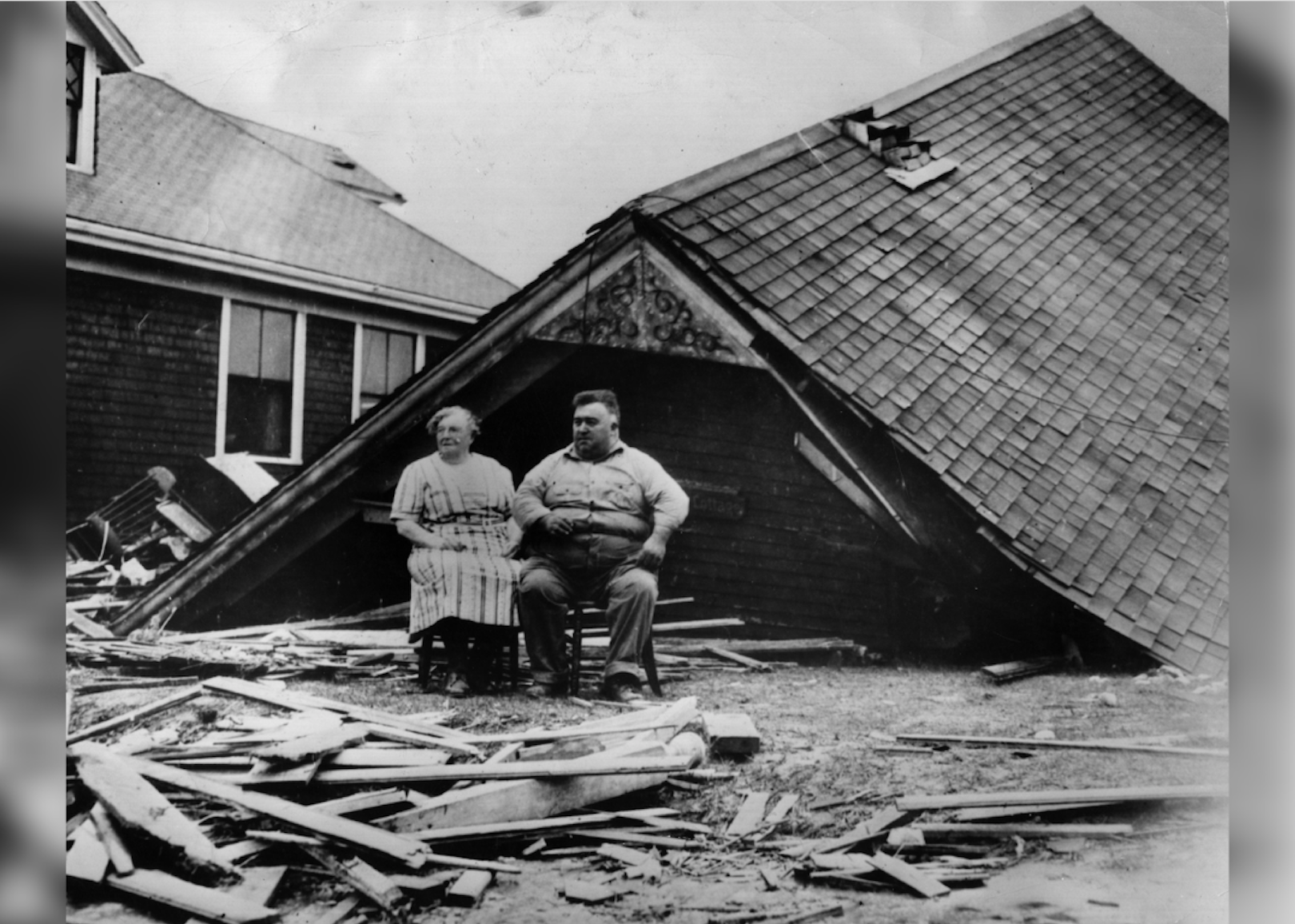
Keystone // Getty Images
1938: The Great Long Island/New England Hurricane
A hurricane on Sept. 21, 1938, hit Long Island and southern Connecticut and became one of the most destructive storms in the history of the northeastern United States. The hurricane made landfall with maximum sustained winds of 121 mph; it also caused a 50-foot wave to hit Gloucester, Massachusetts. In total, the storm caused tens of billions of 2019 dollars in damage, devastating the Hamptons.
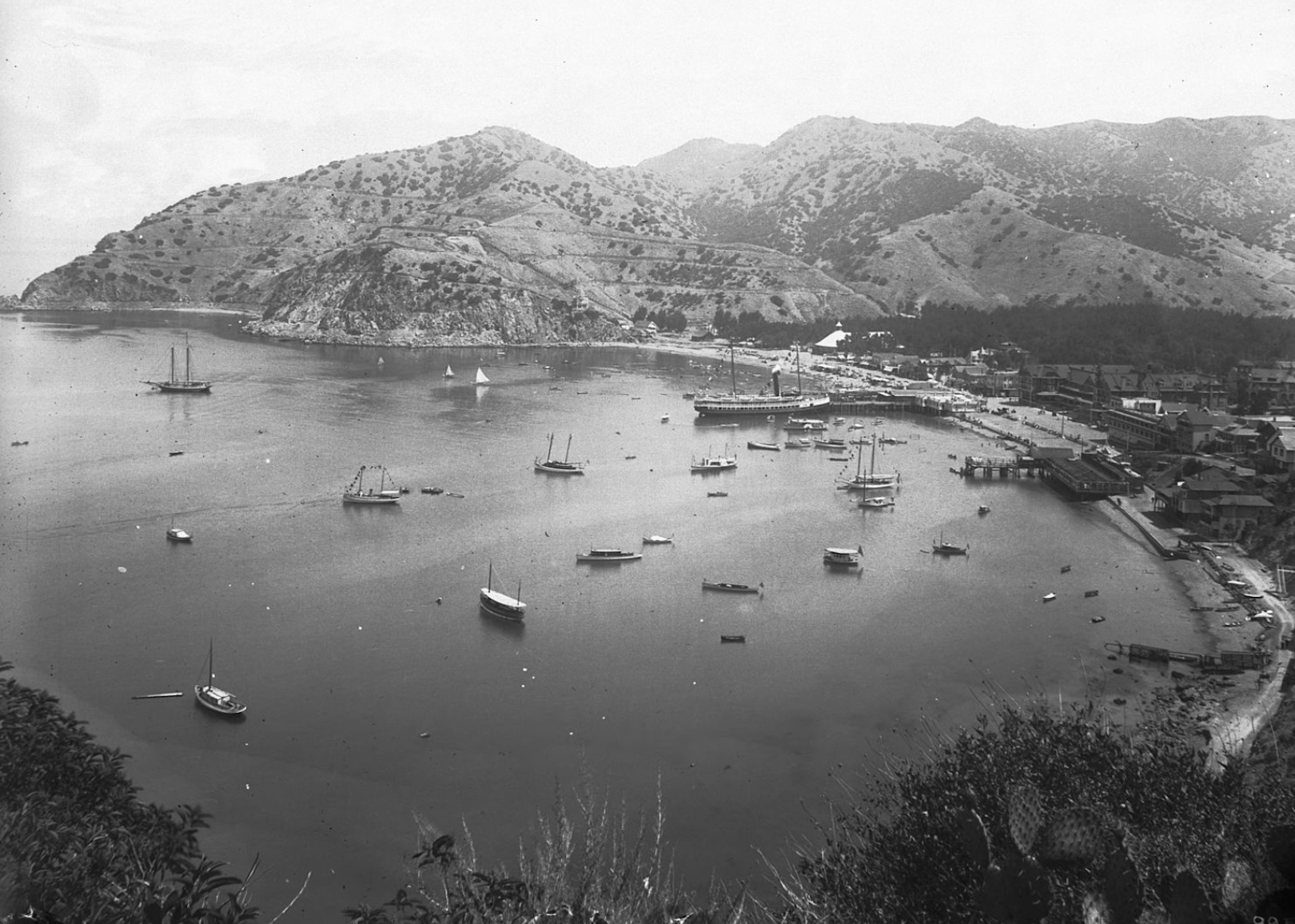
Pierce, C.C./California Historical Society Collection // Wikimedia Commons
1939: El Cordonazo
Hurricanes usually only hit Los Angeles in the movies, but on Sept. 25, 1939, a freak storm passing over Catalina Island made landfall in Long Beach and killed 90 people (45 in boat accidents and another 45 in the resultant flooding). The storm—which dumped a record 5.24 inches of rain on downtown L.A. over 24 hours—remains unnamed but was nicknamed El Cordonazo, or the Lash of St. Francis.
You may also like: Climate change’s impact on the coffee industry
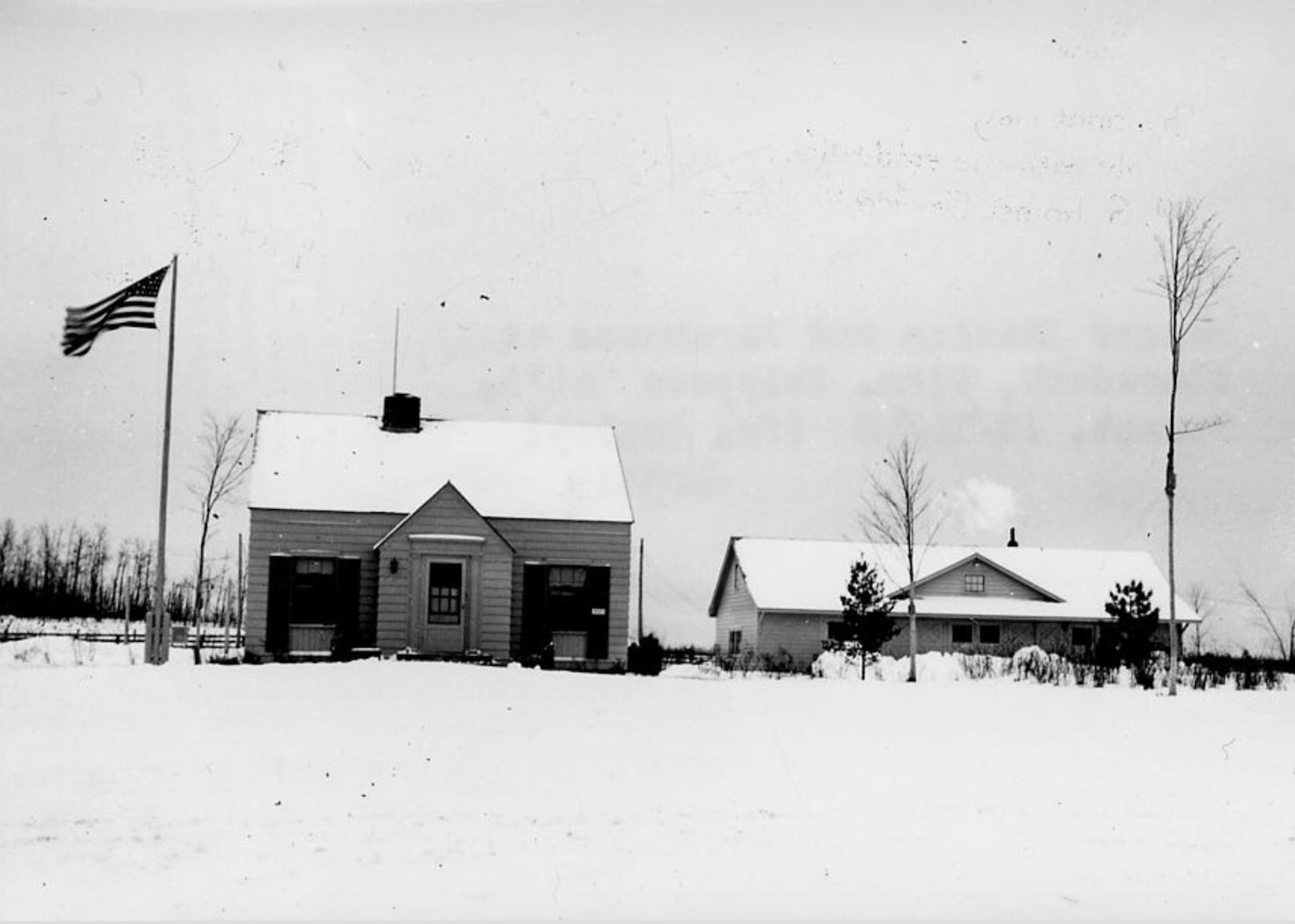
U.S. National Archives // Wikimedia Commons
1940: Armistice Day blizzard
Cold weather is nothing new for Minnesotans. But the Armistice Day Blizzard, which (as the name suggests) hit Nov. 11, 1940, quickly and unexpectedly brought a flurry of deadly snowfall. Many people were out celebrating the holidays in 60-degree weather when rain came and temperatures dropped precipitously, eventually reaching single digits. In total, Minneapolis got 16 inches of snow and other parts of the state got 2 feet. Almost 50 people died in the storm.
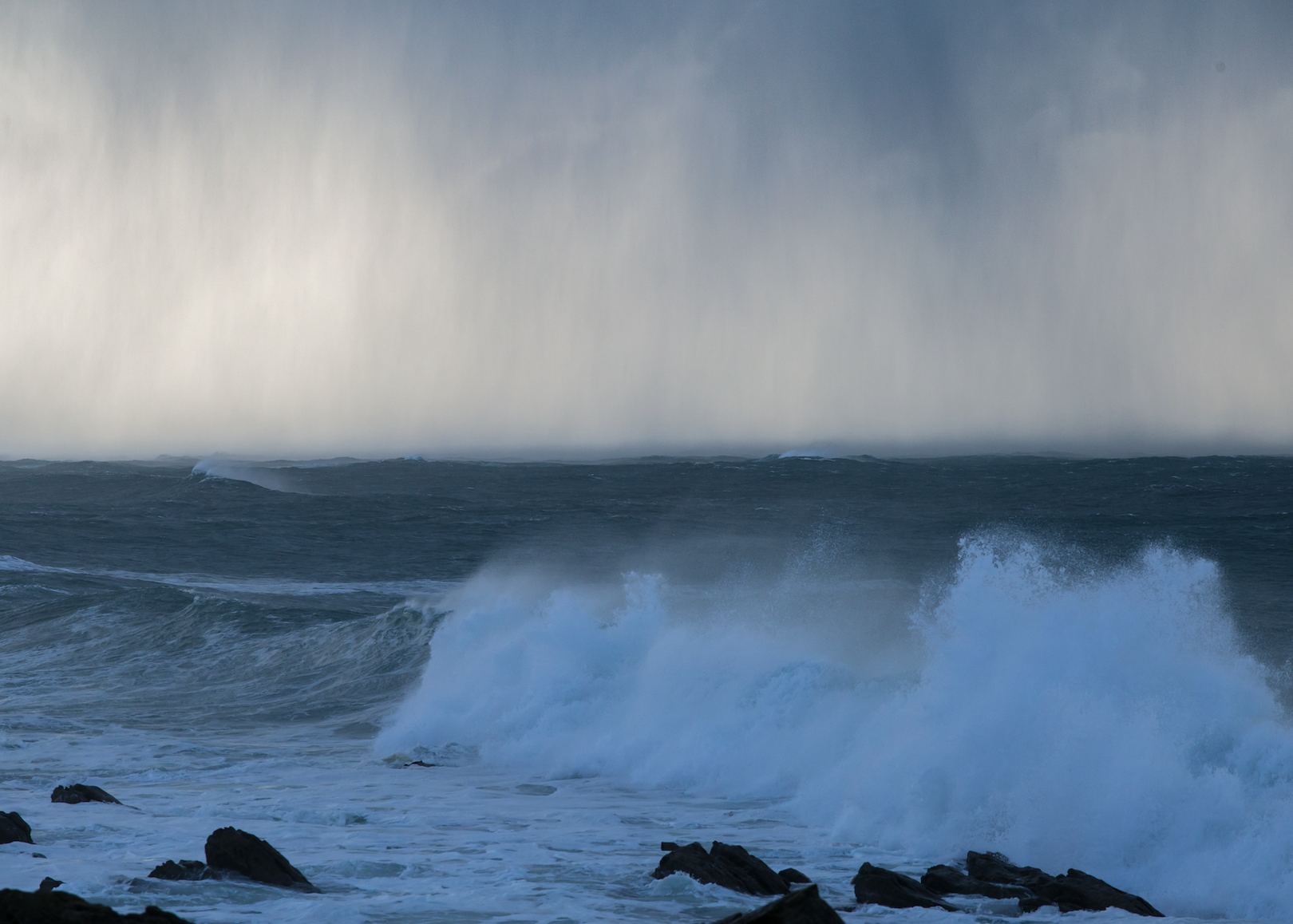
Christophe Badouet // Shutterstock
1941: A ‘hurricane’ in the Great Lakes
Though technically a tropical storm system must have maximum sustained winds of at least 75 mph to qualify as a hurricane, remnants of hurricanes make it to the Great Lakes about twice a decade. No hurricane, or hurricane remnant, has ever reached the Great Lakes at a more powerful speed than the one that arrived with 52 mph winds in September 1941. The hurricane made landfall near Freeport, Texas, on Sept. 23 and blew over the course of 24 hours from Tyler, Texas, to Battle Creek, Michigan. The Detroit Free Press reported winds blowing through the city at 56 mph steadily and gusts at times reaching 75 mph. The paper also reported that the storm blew the water from the Detroit River, stranding many of the boats on the muddy river bottom.
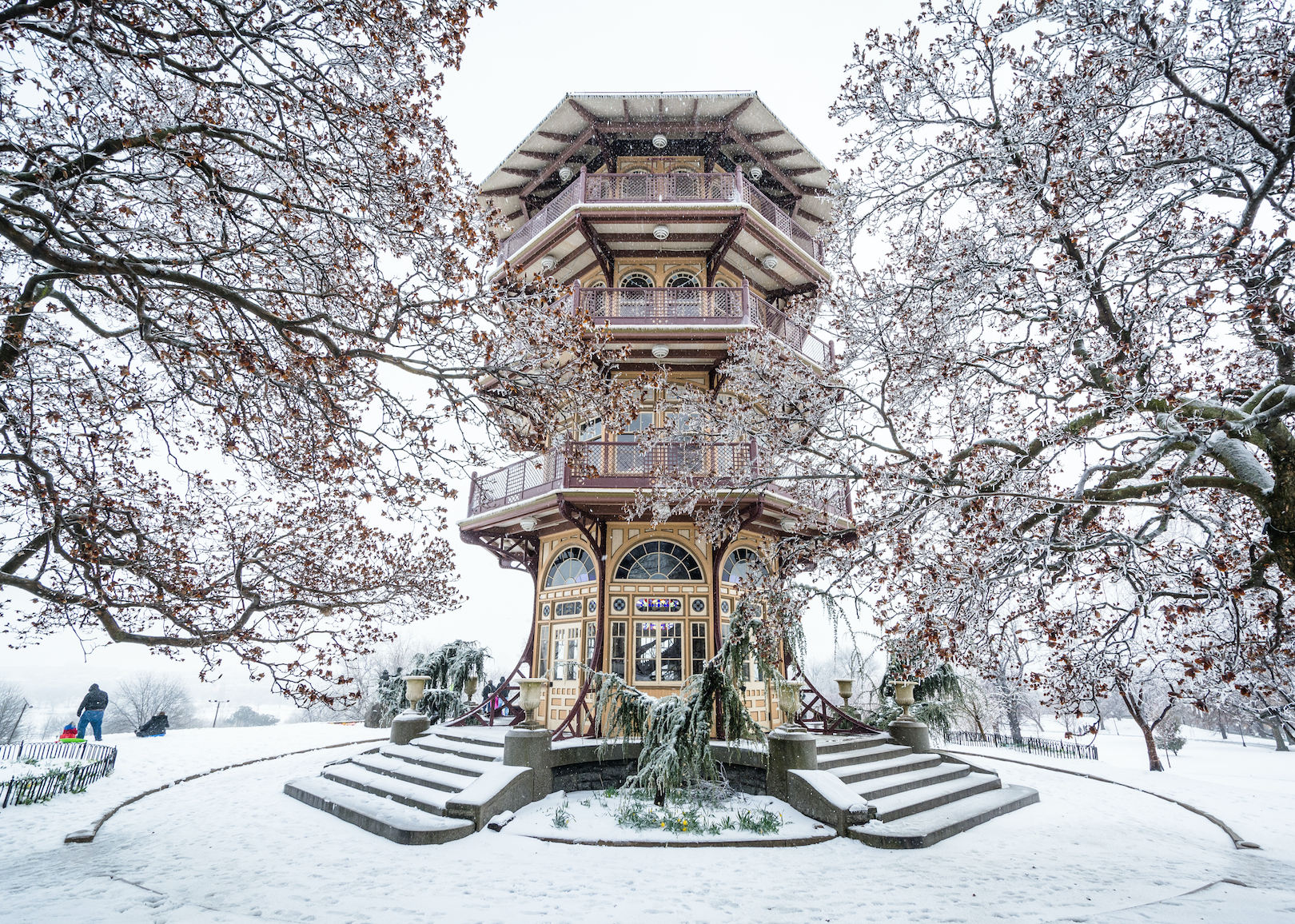
Jon Bilou // Shutterstock
1942: Palm Sunday storm
On March 29, 1942, Baltimore was hit by a freak snowstorm that confounded weather forecasters of the era. The snow started at 2 a.m. and fell steadily until 9 p.m, dumping 21.9 inches on the city and 3 feet of snow onto Carroll County. Everyone in the area was stuck inside until the snow melted.
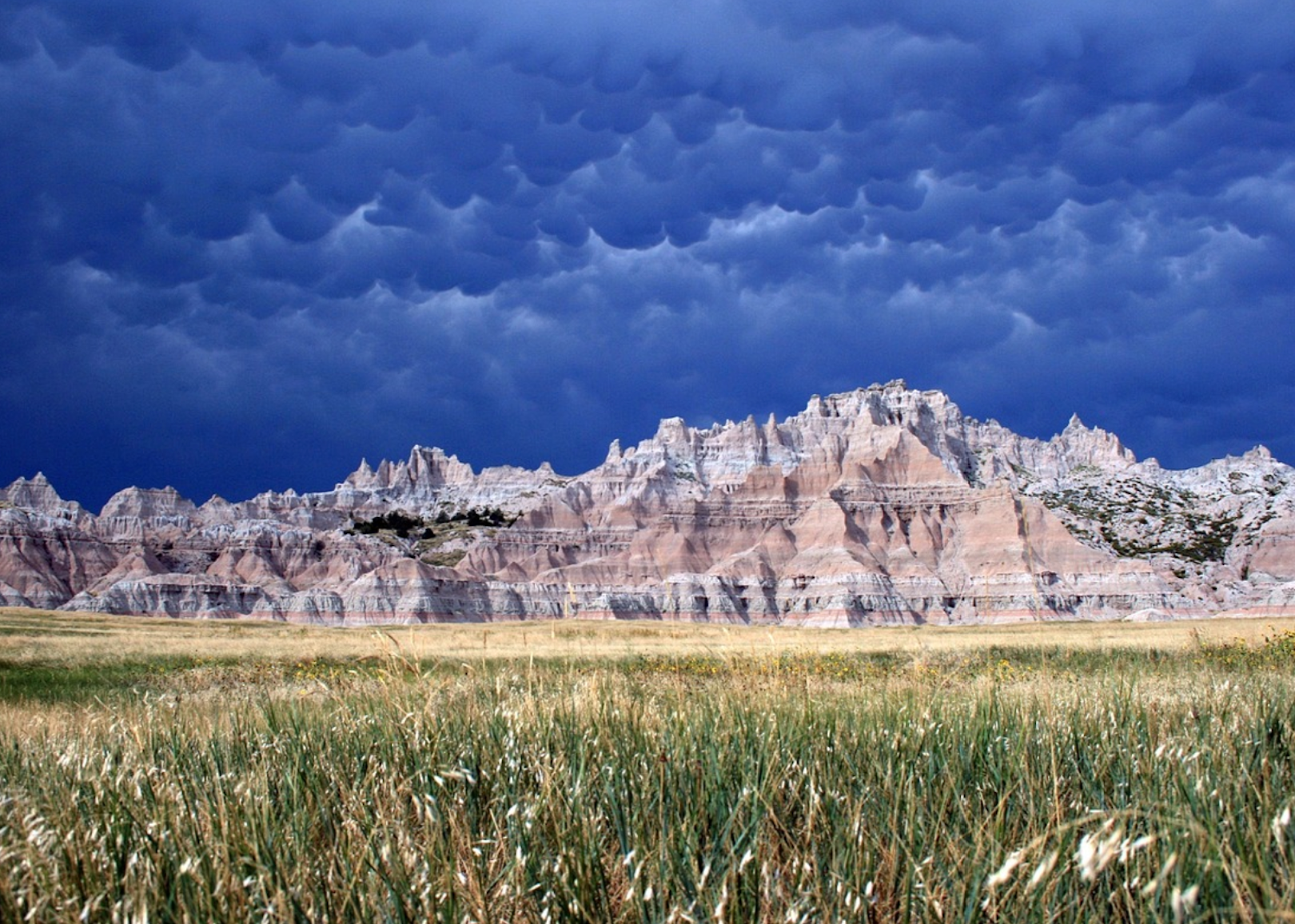
Pixabay
1943: The Black Hills temperature rise and fall
The Black Hills in South Dakota registered unbelievably rapid rises and falls in temperatures on Jan. 22, 1943. The area is known for large ranges of temperatures because it receives cold fronts from the Arctic air and warmer fronts from Pacific air anytime the wind changes. On that January day in Spearfish, the weather rose from -4 degrees at 7:32 a.m. to 45 degrees in two minutes; around 9:30 a.m., the weather dropped from 54 degrees to -4 degrees over the course of 27 minutes.
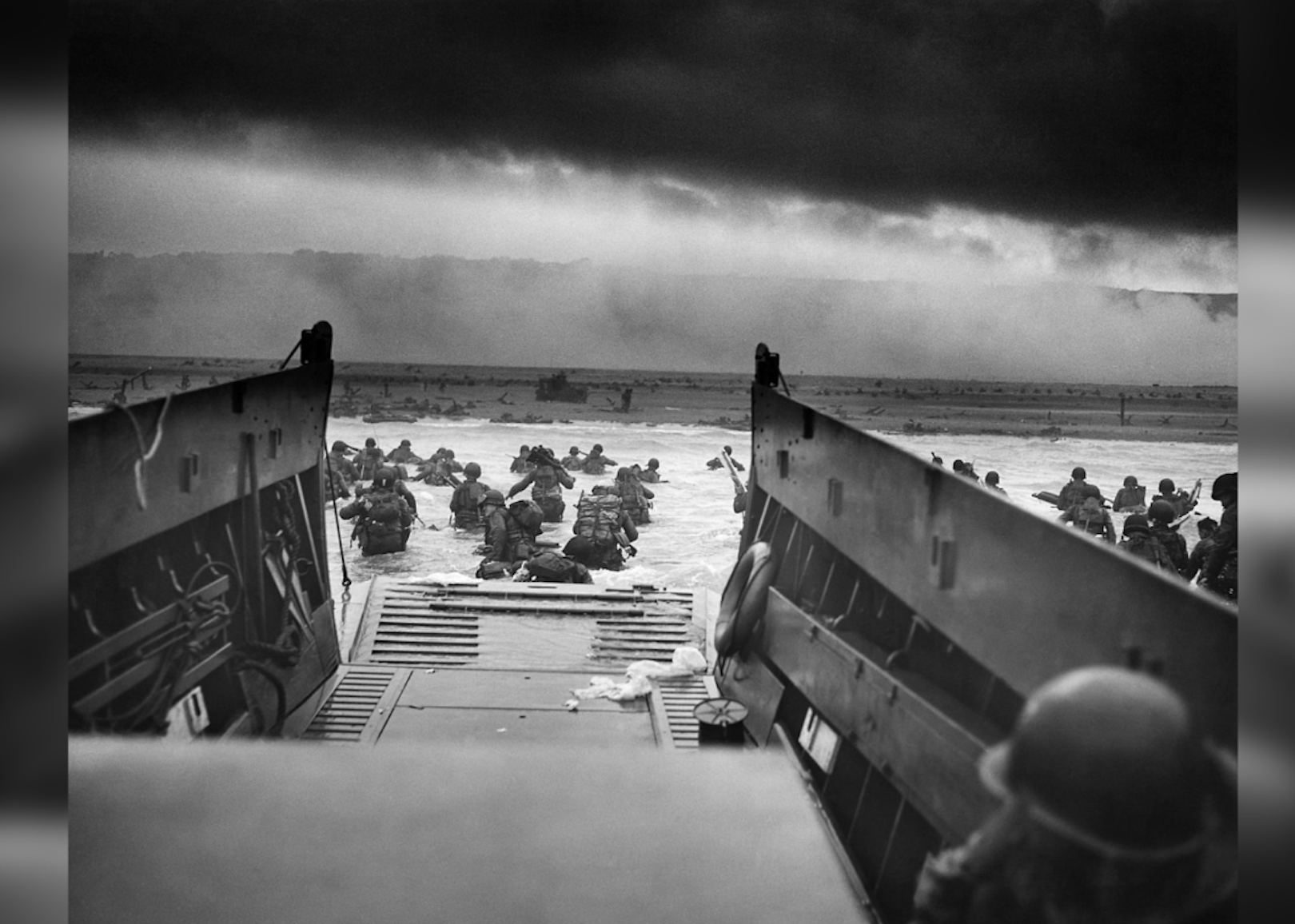
Robert F. Sargent/U.S. National Archives // Wikimedia Commons
1944: A break in the summer storm
In what was arguably the most consequential weather forecast in history, the chief meteorological officer of the D-Day invasion used a weather prediction to give troops a window through which to storm the beaches of Normandy. Group Captain James Stagg predicted a slight lull in the rainy conditions at Normandy on June 6, 1944, and correctly believed the lull would allow for Allied forces to storm the beach. Neither the Germans nor many of his colleagues agreed with Stagg’s reading—but Gen. Dwight D. Eisenhower put his faith in Stagg’s forecast and the rest is history.
You may also like: 25 terms you should know to understand the climate change conversation
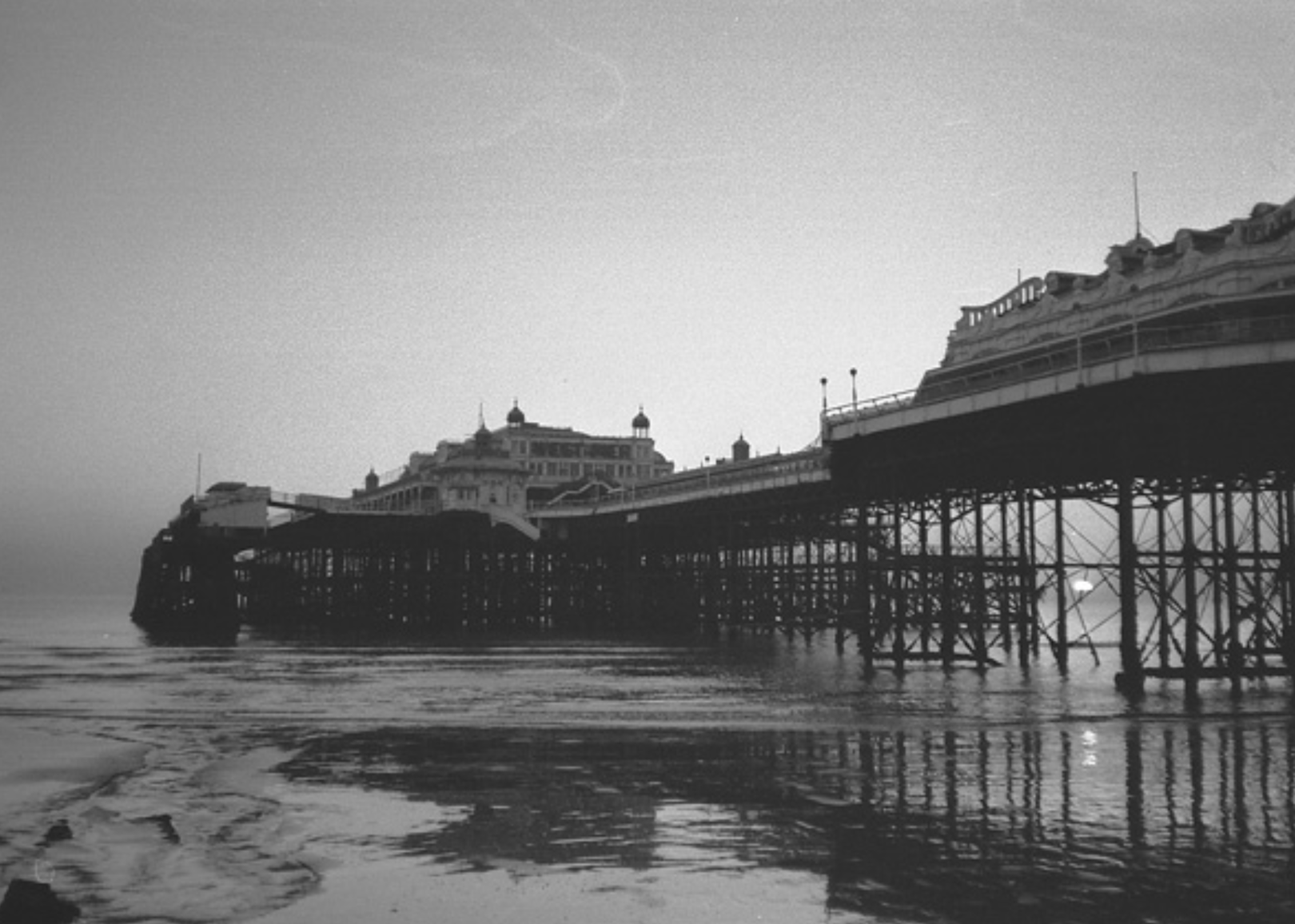
Sibs // Wikimedia Commons
1945: Deadly October gales
In late October 1945, Britain was struck by 90 mph winds along its southeast coast. The October gales proved deadly, knocking a chimney onto an elderly woman and blowing an elm tree onto two schoolchildren (the 14-year-old boy broke both legs, and the 11-year-old girl died). The winds also blew mines that had been placed during the war onto the British shore.
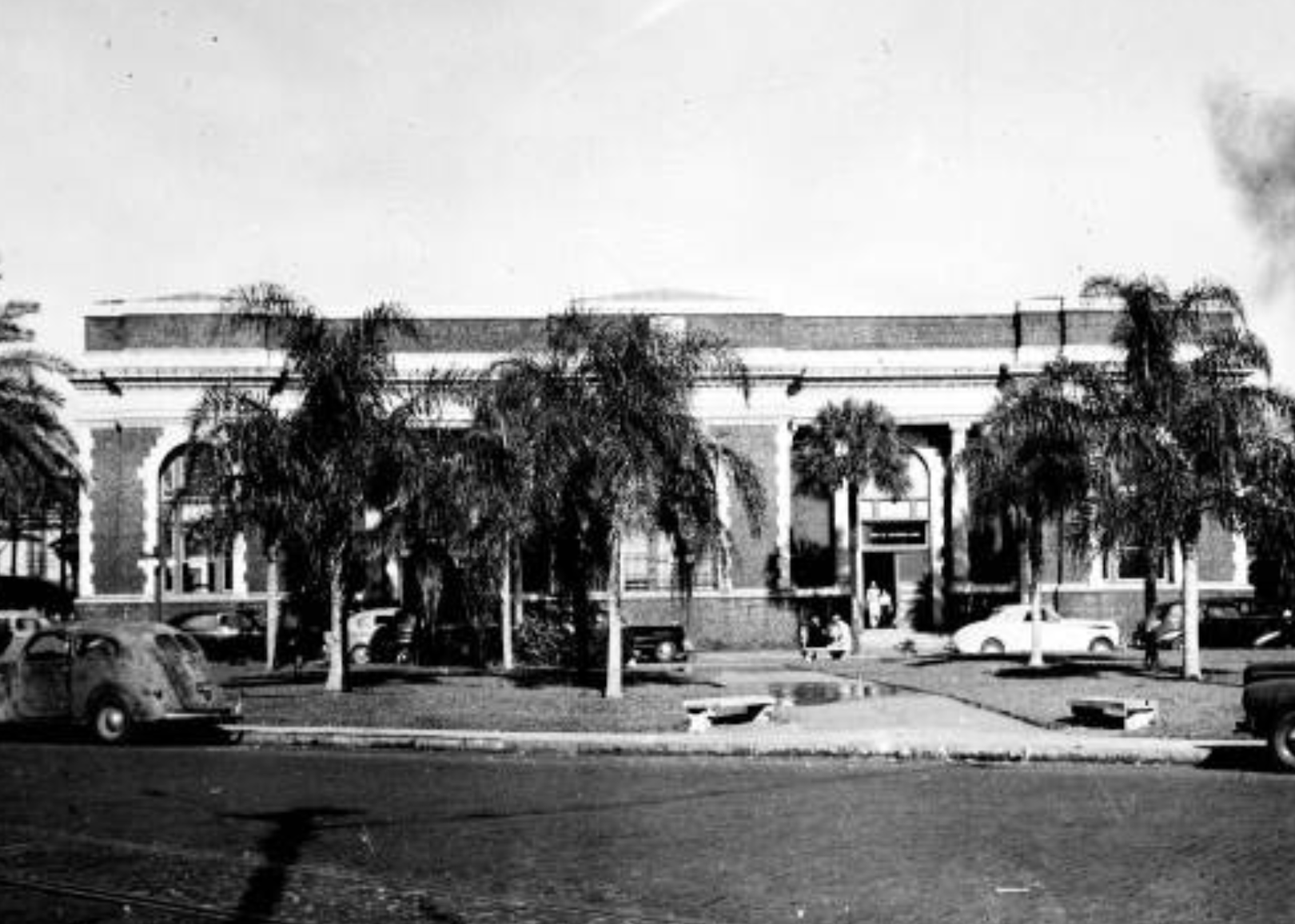
Lenoir // State of Florida Archives
1946: The Tampa Bay hurricane
The Florida coast is synonymous with hurricanes, but Tampa Bay is almost always spared during the region’s stormy season. In 1946, however, after making landfall in Bradenton—a coastal city to Tampa’s southwest—a hurricane continued into Tampa Bay, where a windstorm rocked the city. The hurricane killed five people and caused $5 million in damage, and marks the last recorded hurricane to hit Tampa Bay.
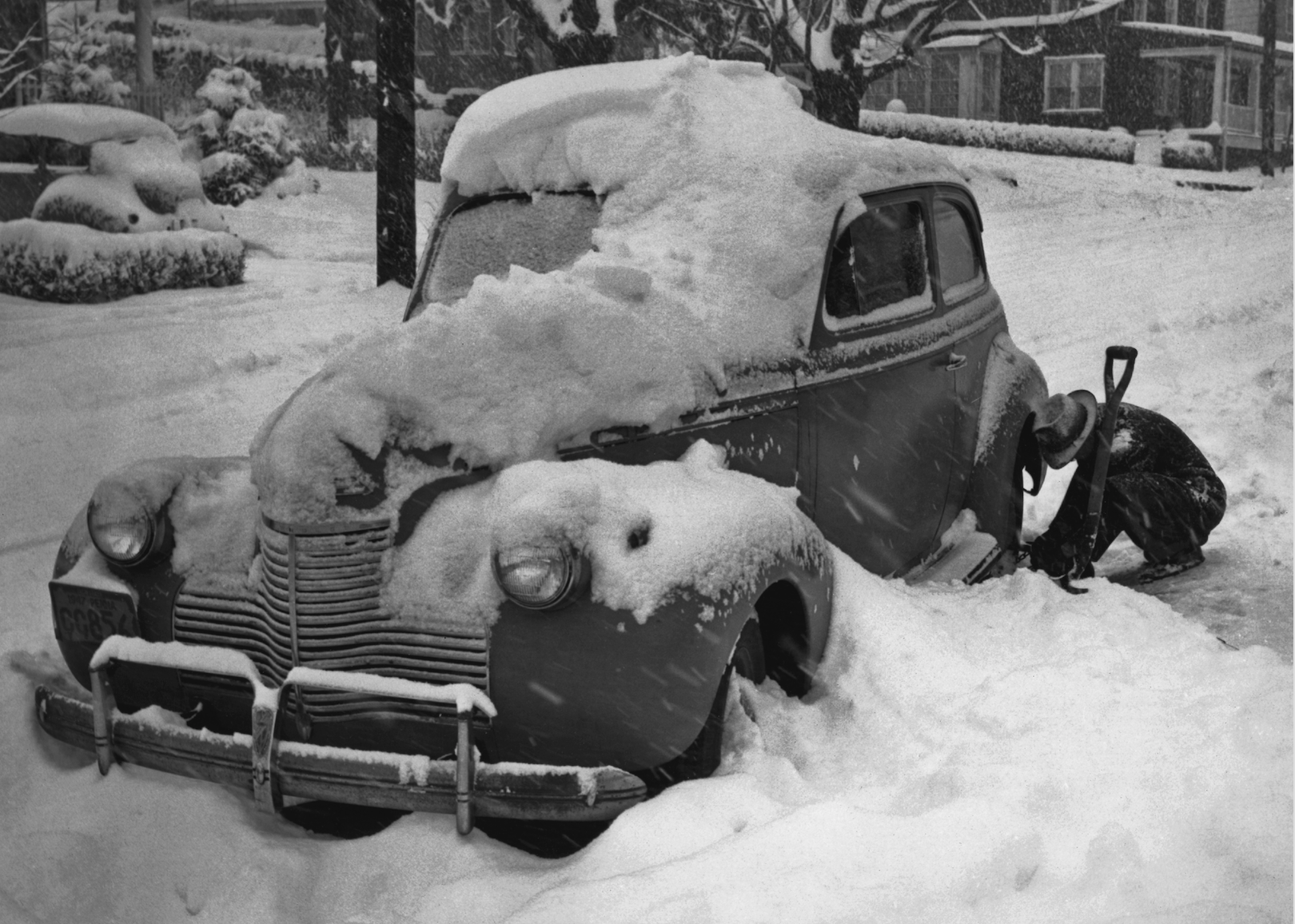
Keystone View/FPG // Getty Images
1947: The Great Blizzard of 1947
In December 1947, New York City was bombarded with a snowstorm for the ages. The snow started at 3:20 a.m. and by the next night, 25.8 inches had fallen on Times Square. The accumulation beat the previous record set by the 1880 blizzard. Time Magazine covered the storm with a photo spread in its Jan. 5, 1948, issue.
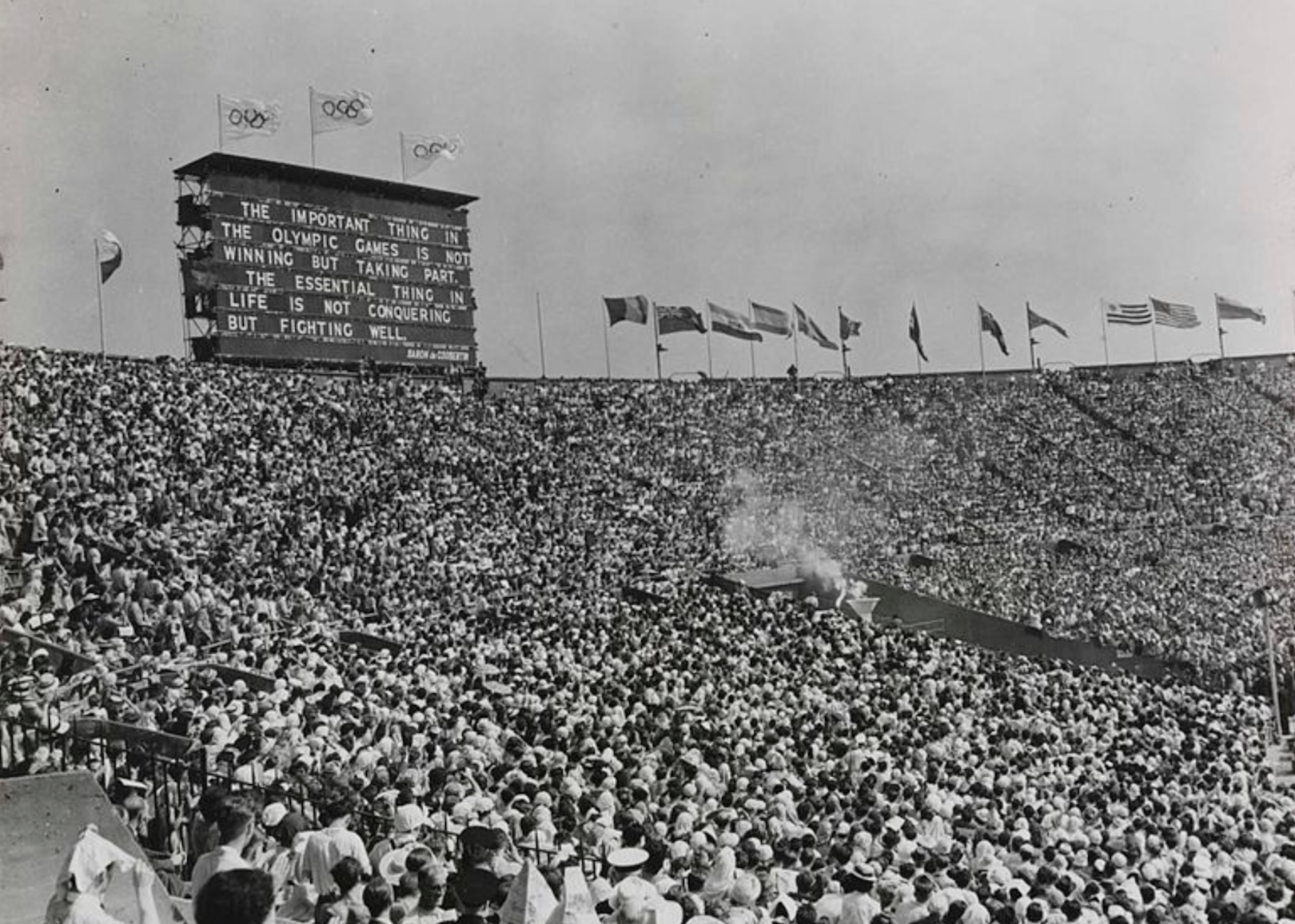
National Media Museum // Wikimedia Commons
1948: Gloomy summer weather for the London Summer Olympics
In the first Olympics held since the 1936 games hosted by Adolf Hitler in Munich, Germany, the 1948 London Olympics served as a triumph for the post-war Allies. Yet even as the symbolism of the world athletes (barring those from Germany, Japan, and the Soviet Union) dueling in friendly competition shone bright, the sun did not. The 1948 Olympics had only three sunny days over the two-week event, according to Time magazine.
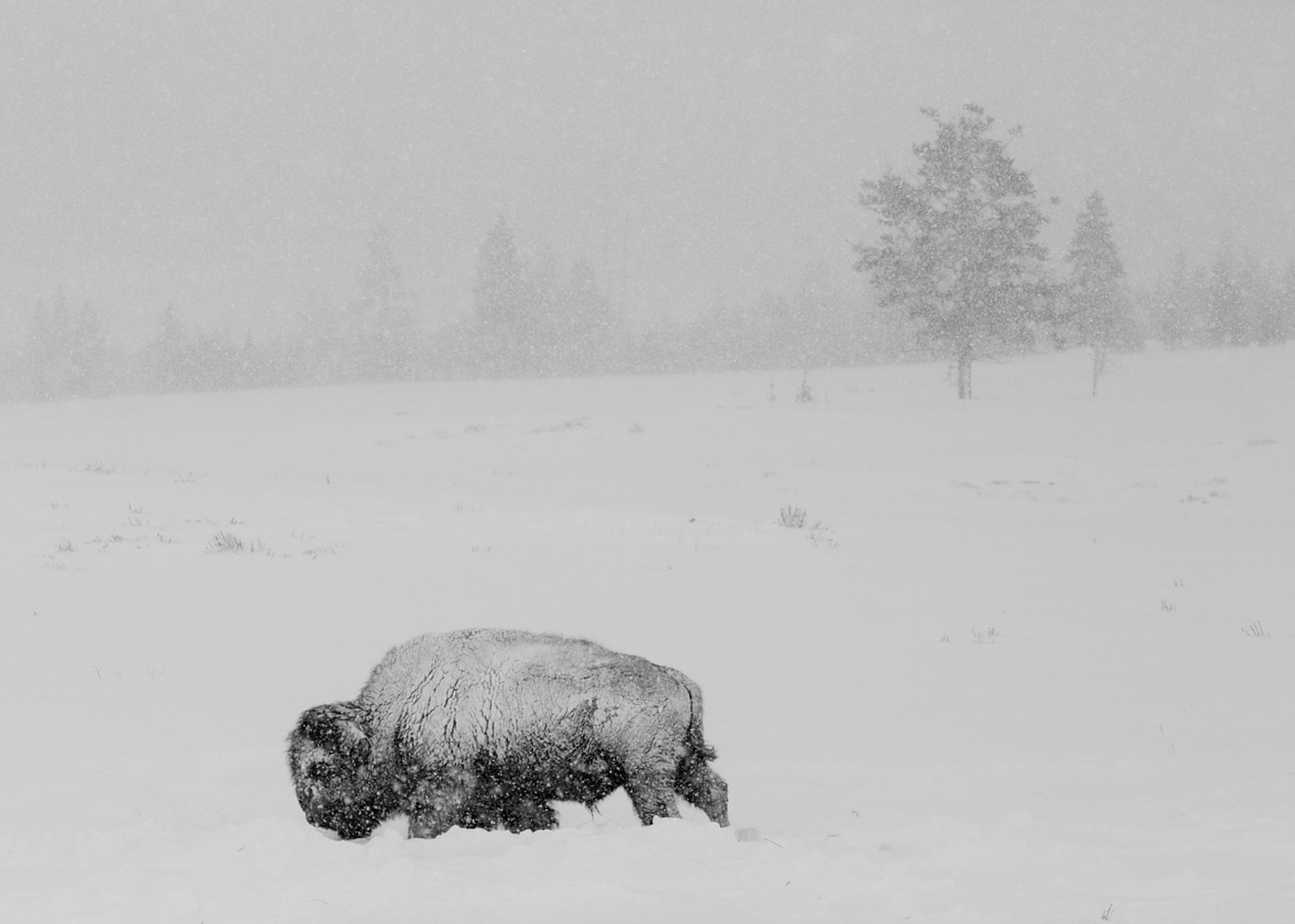
Pixabay
1949: The Blizzard of 1949
The first snowfall of the Blizzard of 1949 technically began at the end of 1948; but two of the worst days of accumulation—Jan. 2 and 3, 1949, finally pushed Nebraskans to the brink. When another storm hit the state at the end of the month, President Harry S. Truman declared a disaster and sent in the U.S. Army Corps of Engineers. The disaster relief effort (dubbed Operation Snowbound) saved 240,000 trapped people in Nebraska, Wyoming, North Dakota, and South Dakota and managed to reopen many roads and farms. Among the storm’s casualties were 76 people and 158,000 sheep and cattle.
You may also like: States with the most landfill waste
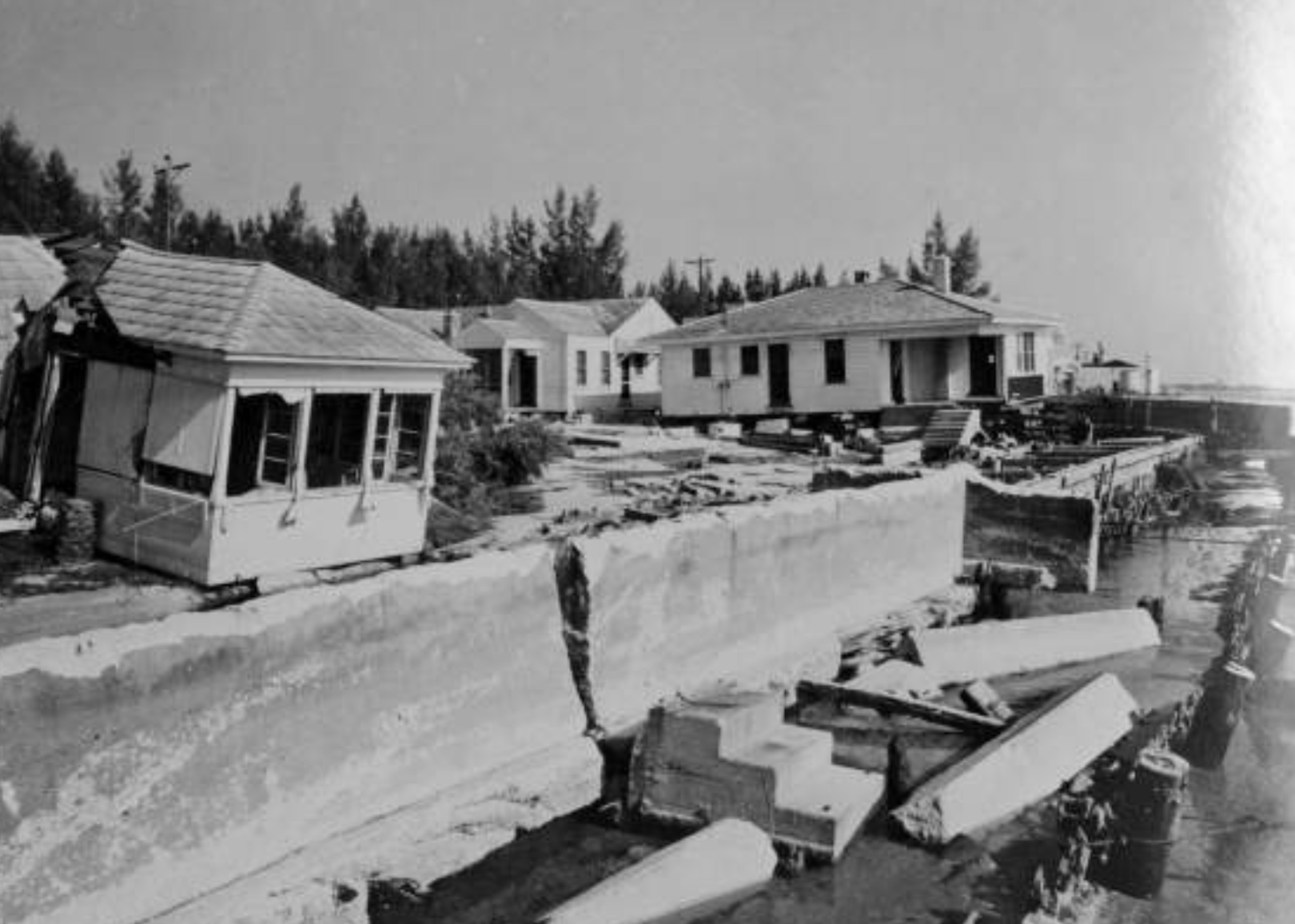
State Archives of Florida
1950: Hurricane Baker
Hurricane Baker first formed Aug. 18th, 1950, near the Leeward Islands before raging through the Atlantic by Antigua, Puerto Rico, Cuba, and the Dominican Republic. It finally made landfall Aug. 30 in Alabama’s Fort Morgan Peninsula. The storm raged along the southern Alabama and northwestern Florida coastlines, bringing with it rainfall and 100 mph winds—and causing $2.5 million ($26 billion in 2019 dollars) in property and crop damage.
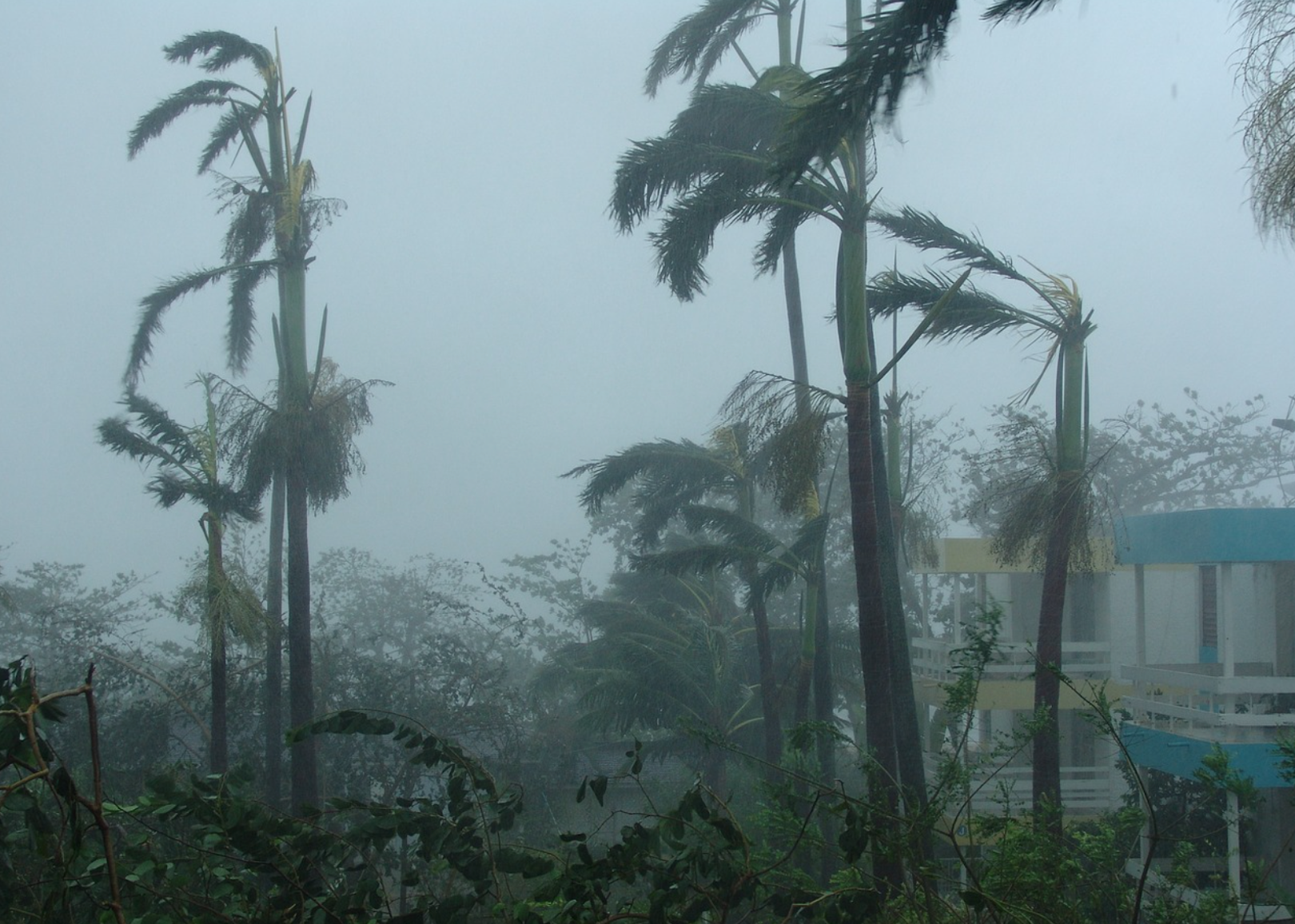
Pixabay
1951: Hurricane Charlie
Hurricane Charlie hit the island of Jamaica on Aug. 17, 1951, devastating everything in its path. The hurricane was the worst to hit Jamaica in more than a century and caused $50 million in damage. Twenty-five thousand Jamaicans were left homeless and 152 people died in the hurricane. The deadly storm continued onto Tampico, Mexico, where 100 more people died when dams burst, and the city flooded.
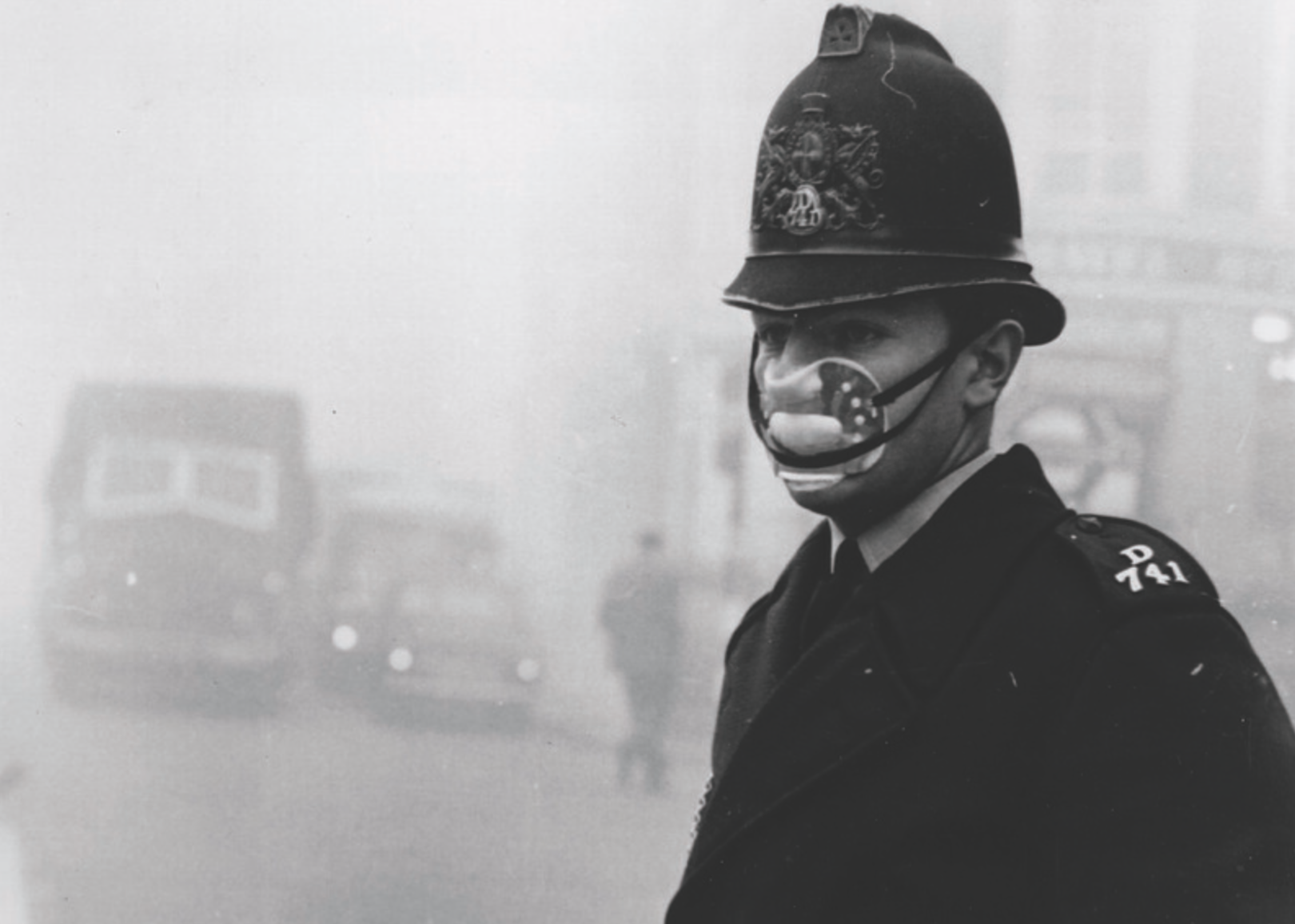
Billy Black and White (Mostly) // Flickr
1952: London’s Great Smog
An anticyclone hit London in December 1952, causing cold air to stagnate above the city. Because London was powered by coal at the time, the still air created a poisonous cloud of smog that swallowed the city for five days. London’s “Great Smog” left 12,000 residents dead. The fourth episode of “The Crown” covered the treacherous week.

NOAA
1953: Hurricane Barbara
The 1953 Atlantic hurricane season was relatively mild with eight storms, only two of which turned into hurricanes. Barbara began over eastern Cuba on Aug. 10 and gained speed before making landfall in North Carolina as a Category 2 hurricane. The storm killed two North Carolinians before turning northward and weakening as it ran up the Atlantic coast.
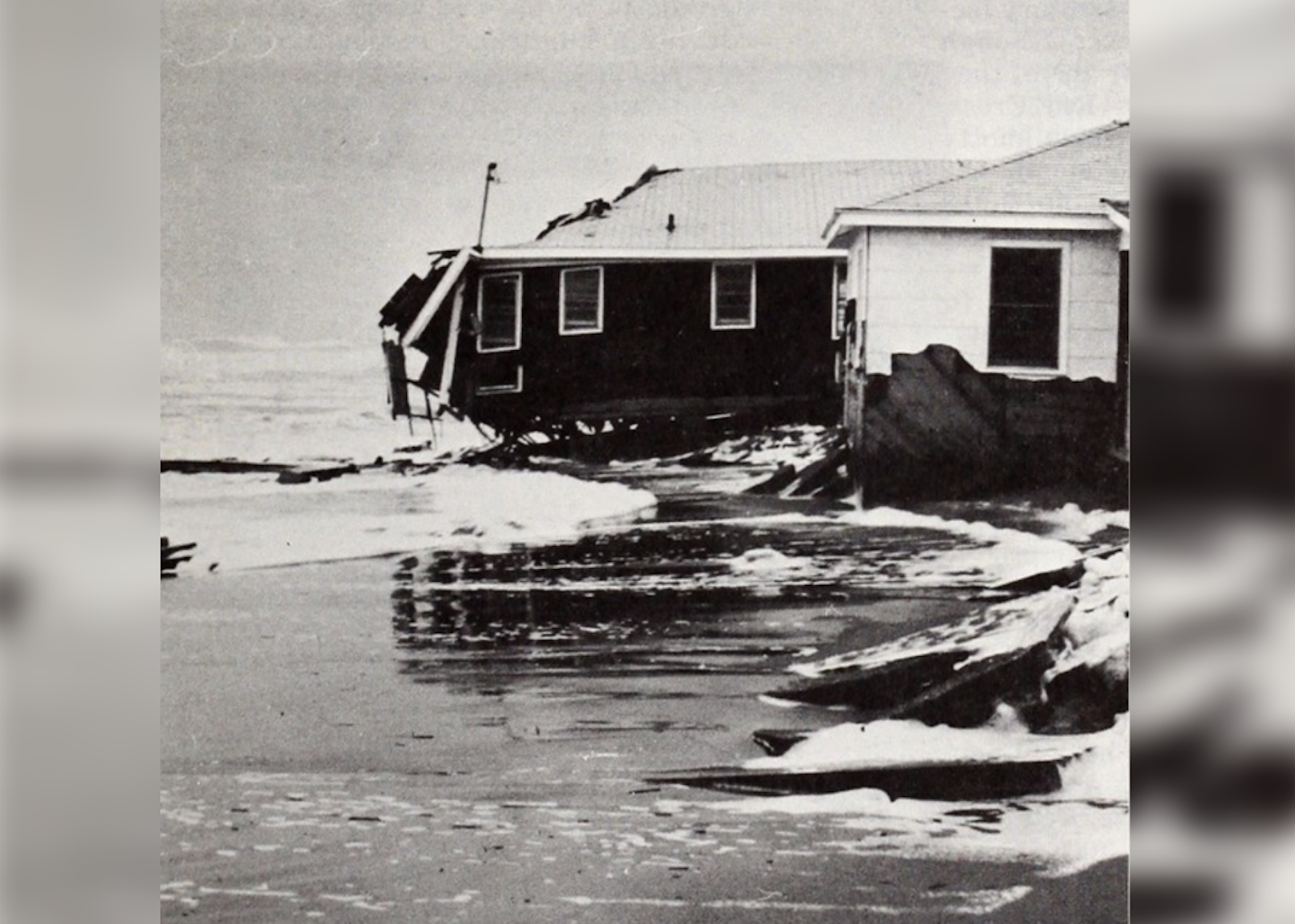
Internet Image Book Archives/Coast Watch/UNC Sea grant College Program // Flickr
1954: Hurricane Hazel
Hurricane Hazel wreaked havoc as it blew through the Atlantic on Oct. 11. The storm killed between 400 and 1,000 people as it crossed over Western Haiti, then continued on toward the United States. Hurricane Hazel made landfall near Calabash, North Carolina as a Category 4 hurricane. The storm wrecked property all along the Carolina coast and killed 19 residents. Hazel continued northward next, with peak gusts of wind reaching 113 mph in New York City. In total, Hurricane Hazel caused $308 million in damage in the U.S.
You may also like: 25 endangered animals that only live in America
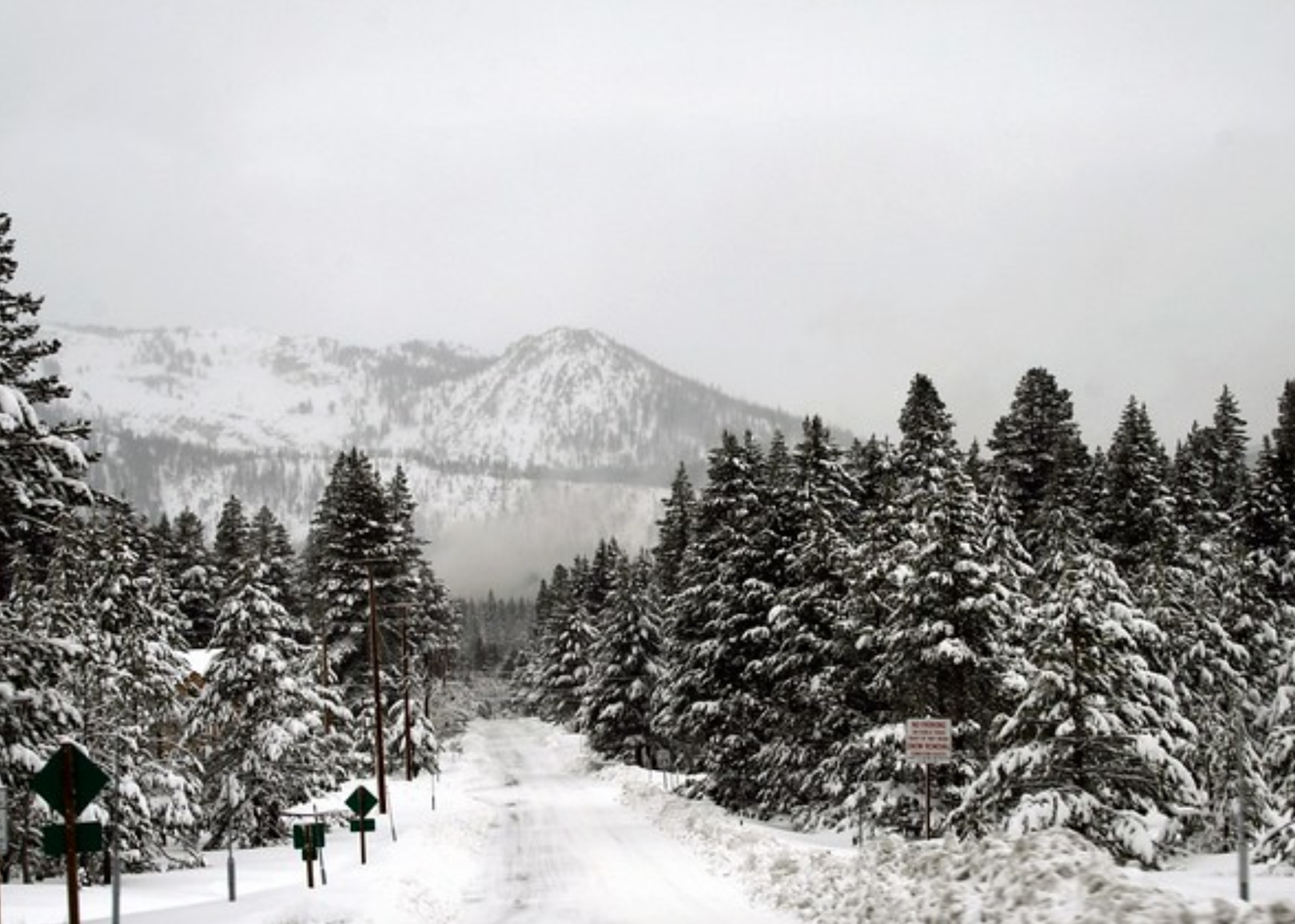
Prayitno // Flickr
1955: Tahoe’s storm of the century
Tahoe, home to world-famous ski resorts, is a place made for snow. But a jet stream out of the Pacific Ocean brought warm, wet air from Hawaii that led to a week of late December rain in 1955. The warm downpour also brought wet, sticky snow down from the mountains that led to dangerous floods and pulled down power cords. The Truckee River flooded businesses and the Reno airport, and boulders slid down mountains, shutting down highways in and out of Tahoe. Finally, on Christmas Eve, temperatures dropped and the snow returned, which calmed the flooding and returned Tahoe to a winter paradise.
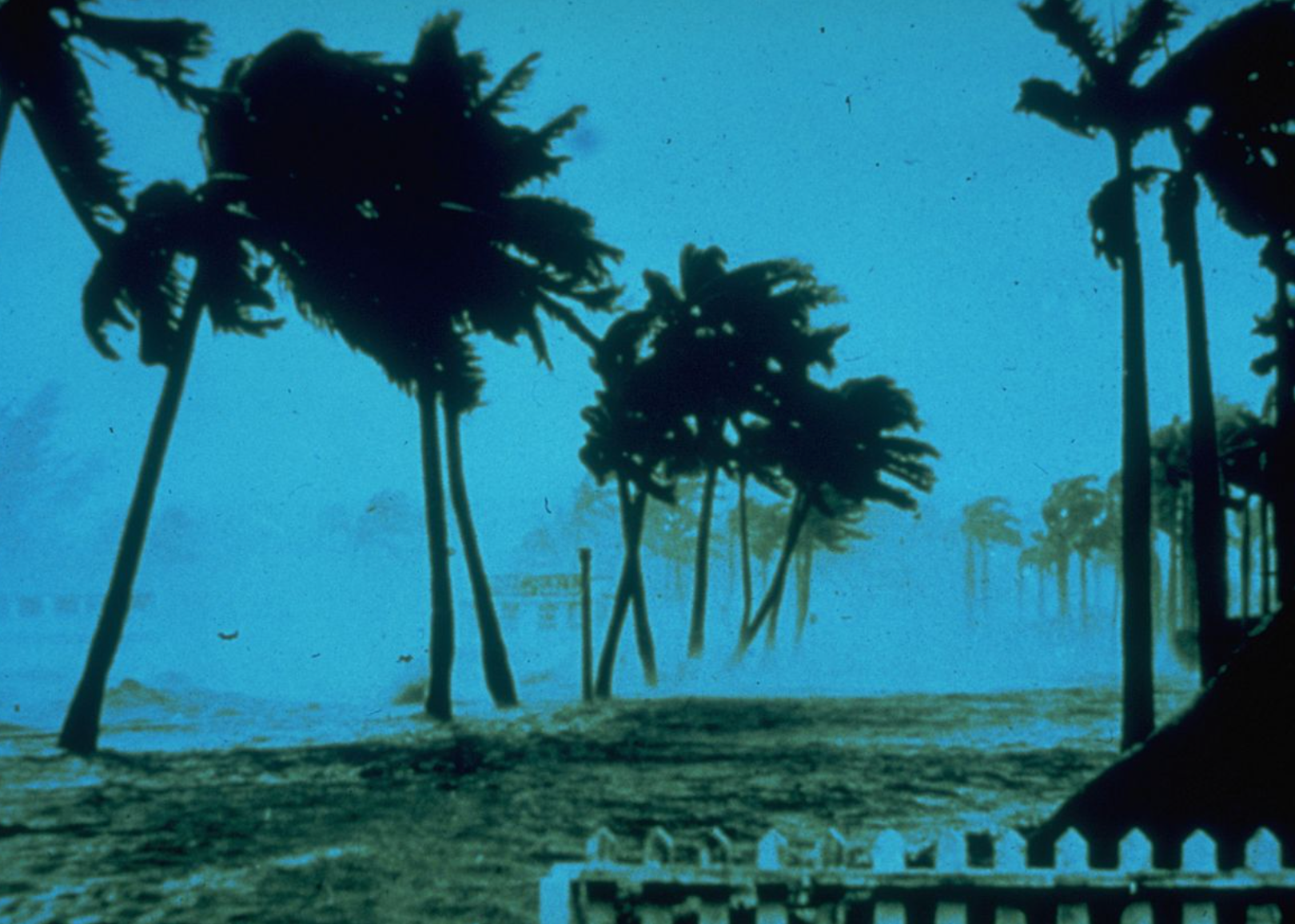
NOAA // Wikimedia Commons
1956: Hurricane Flossy
The only hurricane to make landfall in the United States in 1956 was Hurricane Flossy. The storm began over the Yucatan and then gained steam as it traveled through the Gulf of Mexico. It made landfall in eastern Florida on Sept. 24 as a Category 1 hurricane. Most of the storm’s damage came from rainfall; Gulf Shores, Alabama, received 16.3 inches of rain.
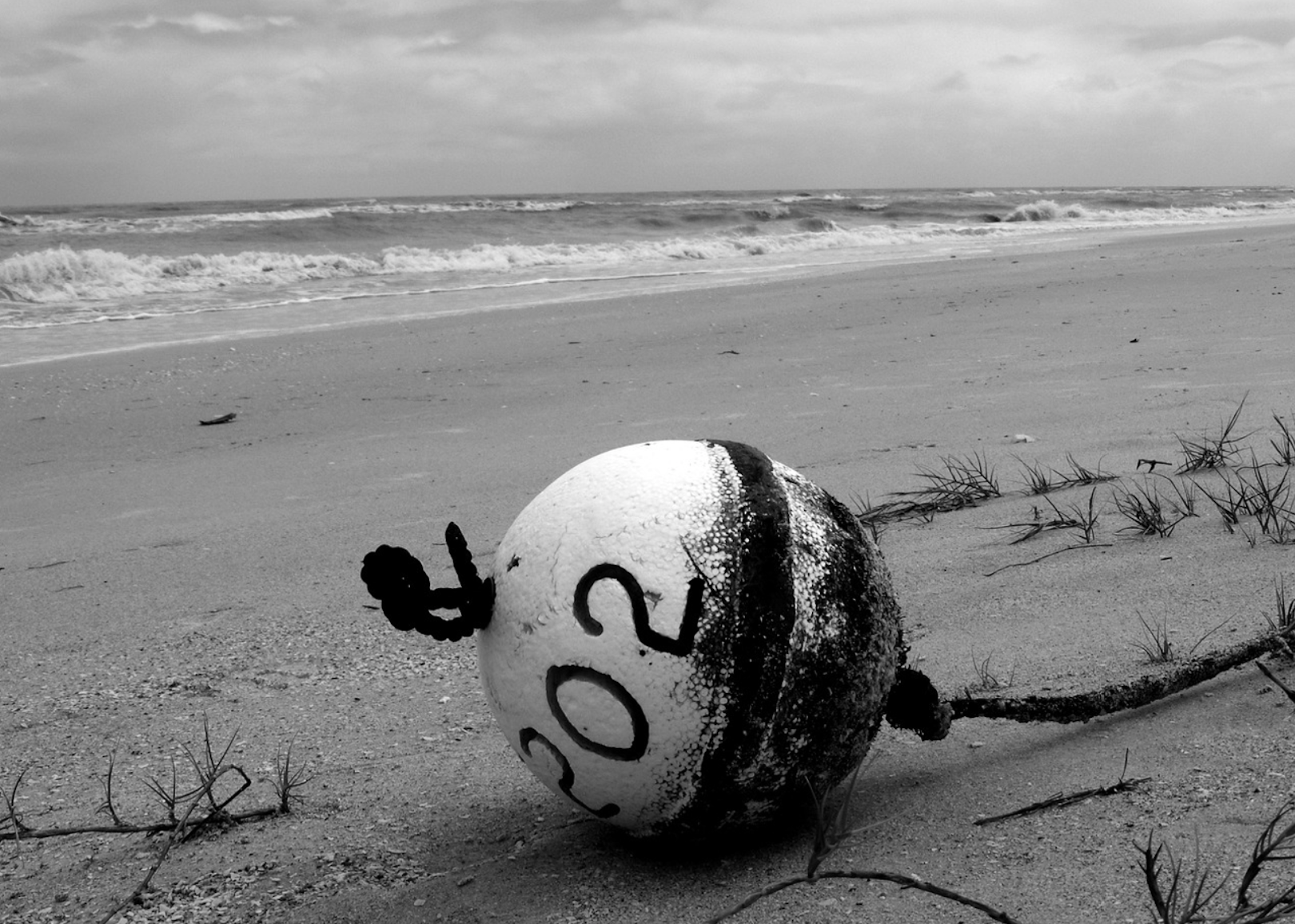
Pixabay
1957: Hurricane Audrey
Before Hurricane Katrina became Louisiana’s deadliest storm in 2005, Hurricane Audrey of 1957 carried the devastating title. Audrey was the first Category 4 hurricane to make landfall that June and brought with it deadly flooding throughout southwest Louisiana. In total, 418 people died in the storm, and in Cameron Parish, the only building to remain standing was the courthouse.
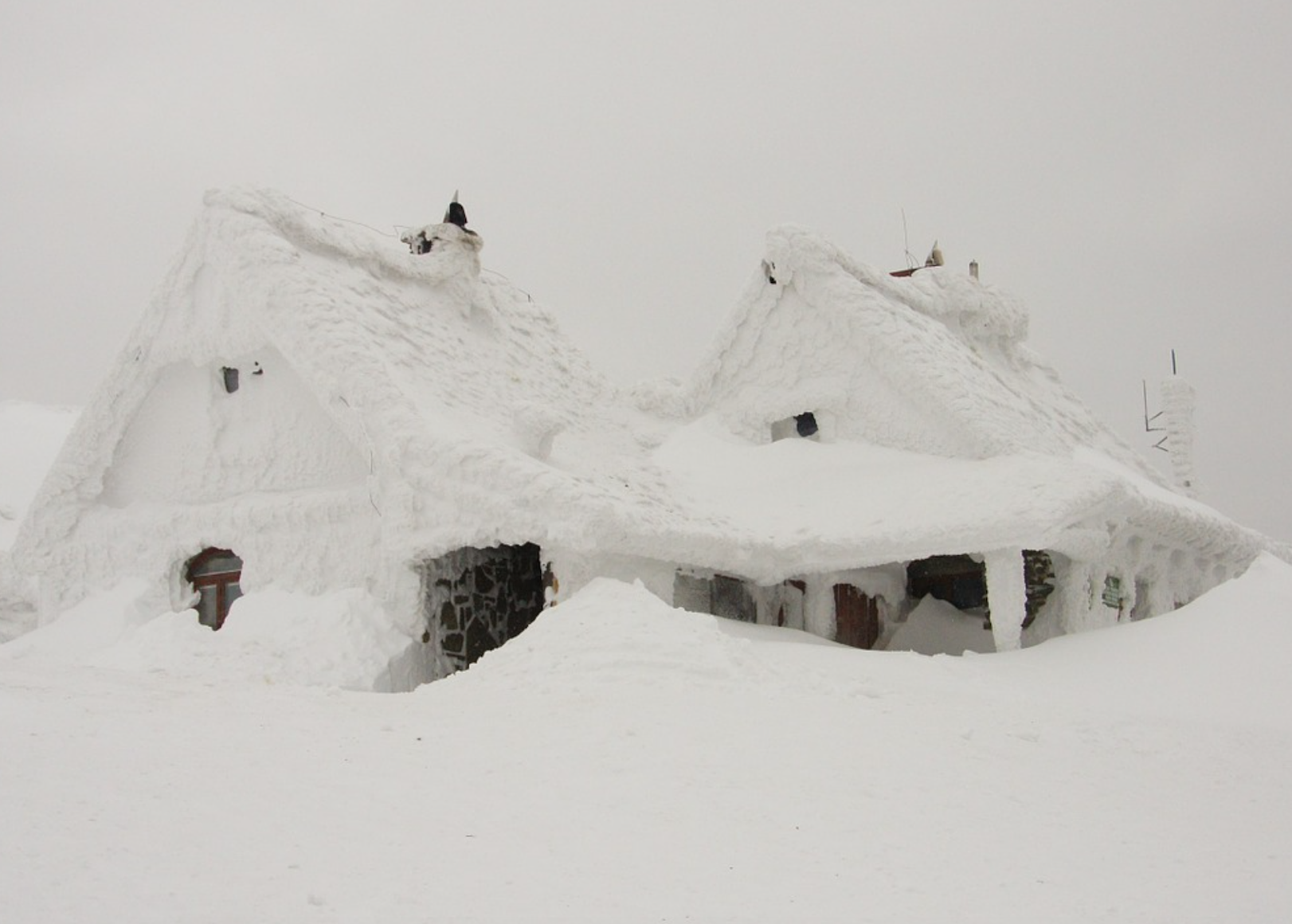
Pixabay
1958: The six-and-a-half-foot snowstorm of 1958
In December 1958, a snow-burst hit upstate New York with a fury. Over a few days, the storm dumped 6.5 feet of fresh snow on the northern part of the state. The city of Oswego completely shut down, with police running milk door-to-door to homebound locals. LIFE Magazine ran a spread of reader-submitted photographs in an issue.
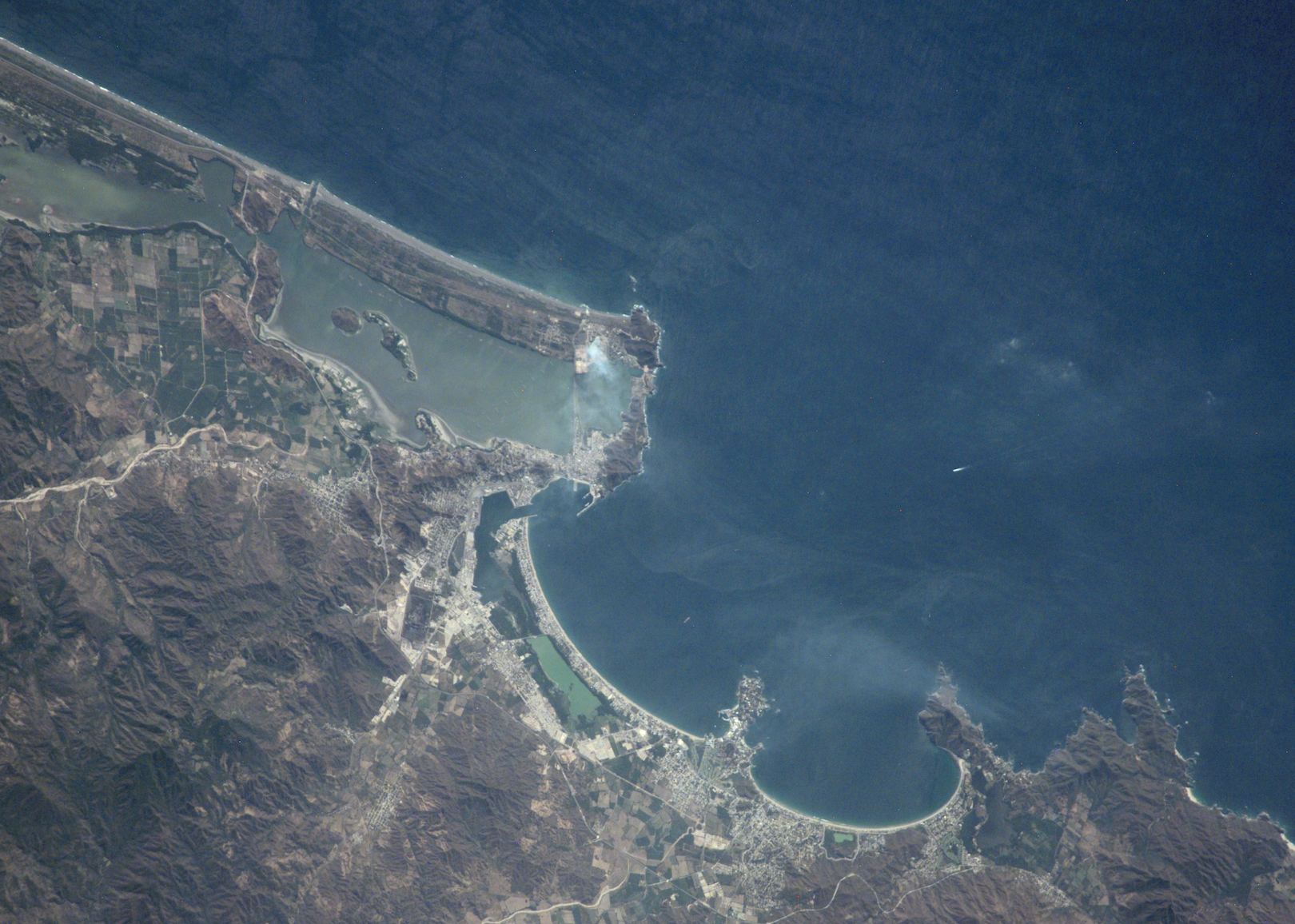
NASA
1959: The Manzanillo Hurricane
A deadly Category 4 Pacific hurricane made landfall at Manzanillo, Mexico, in October 1959 with winds estimated at 140 mph. The storm brought with it heavy rains that led to massive, devastating mudslides. In total, the Manzanillo Hurricane took the lives of 1,800 people.
You may also like: Here is the real-life impact of plastic on the environment
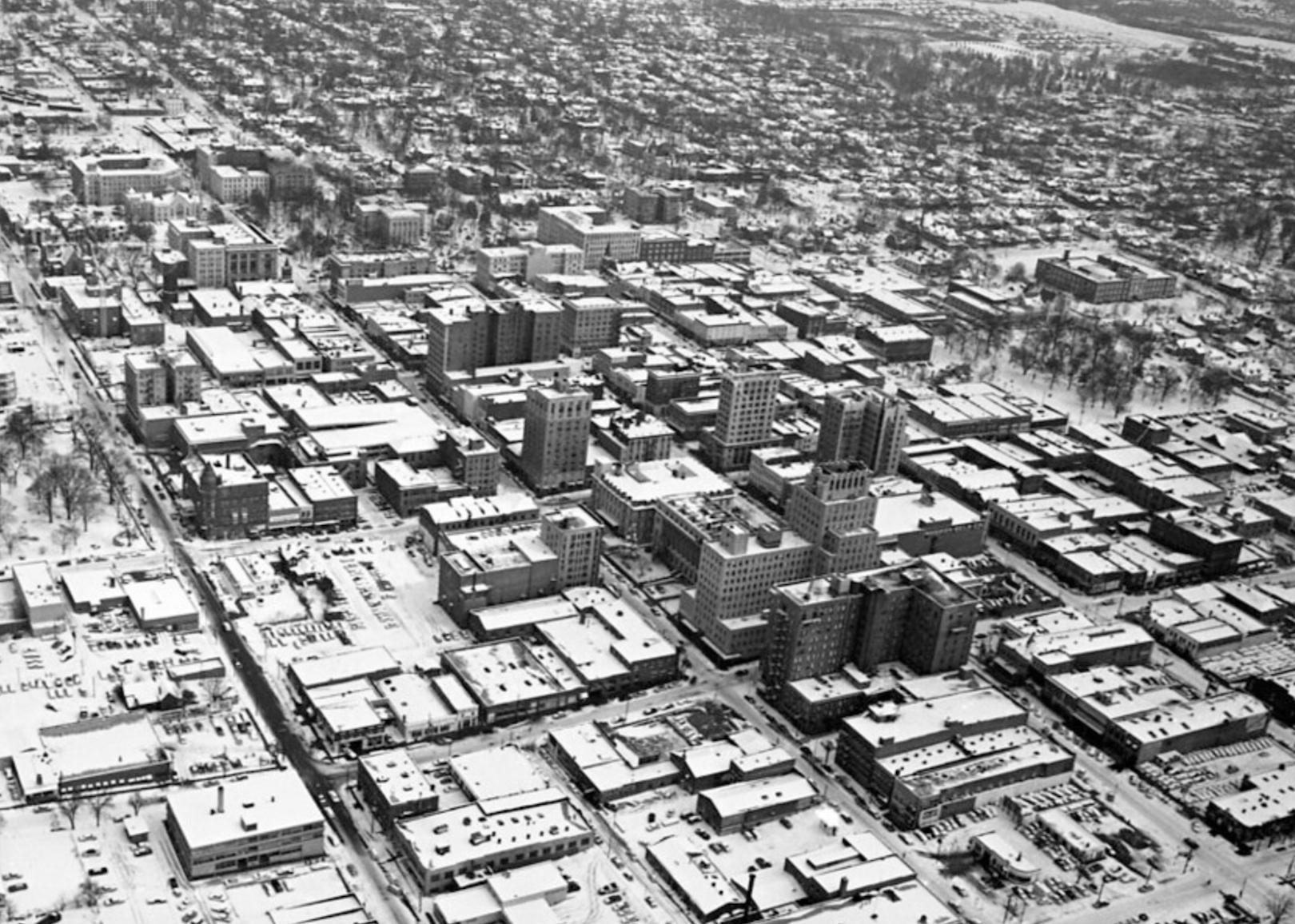
State Archives of North Carolina // Flickr
1960: The Great Blizzard of 1960
There was snow on half of the days from Feb. 13 to March 26, 1960, in the Southern Appalachians, making it the snowiest period in the recorded history of the region. Over the 43 days of the storms, the region saw 83 inches of snow; the governor was forced to call in the national guard and use helicopters to airdrop supplies to rural Carolinians.
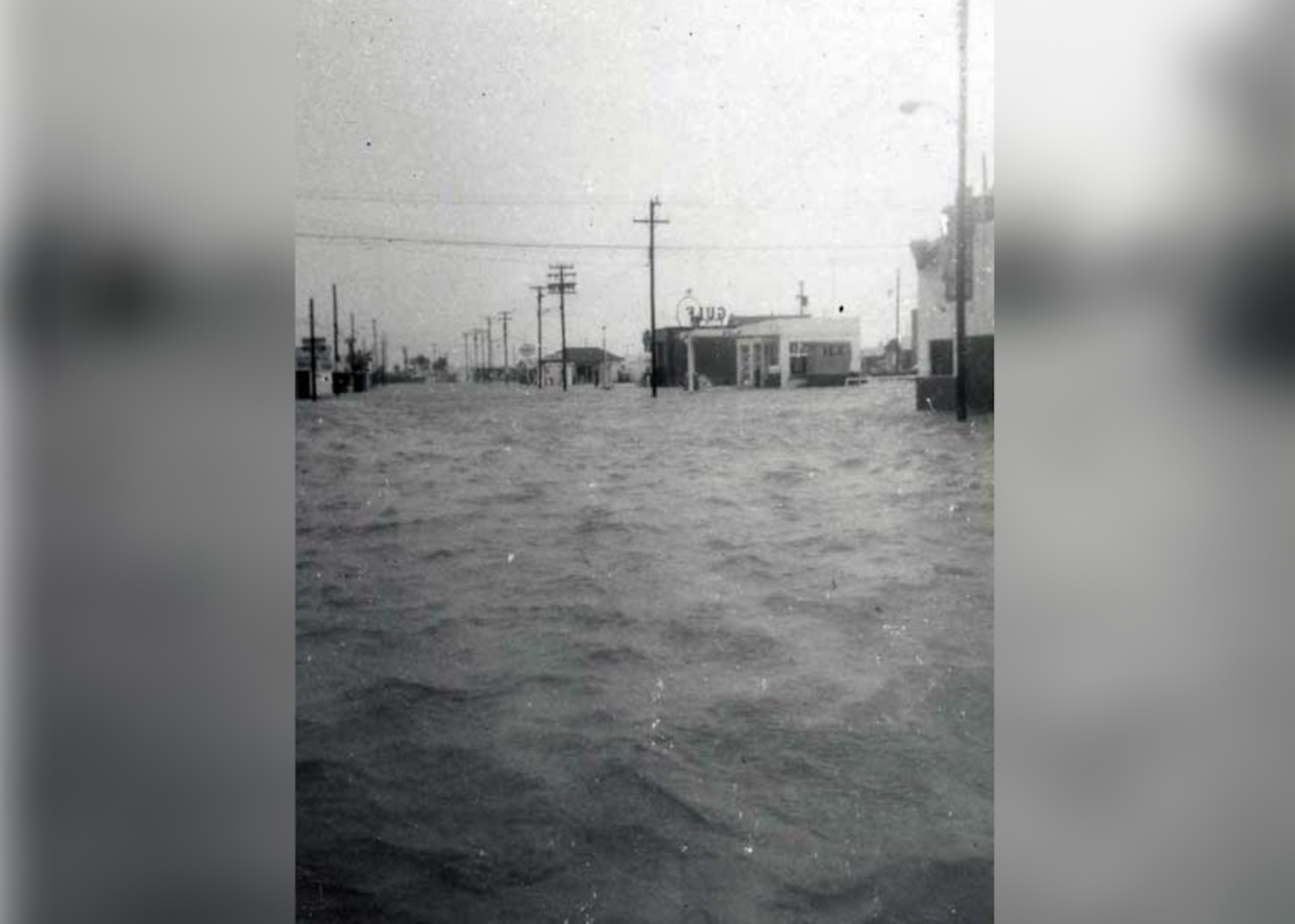
United States Weather Bureau // Wikimedia Commons
1961: Hurricane Carla
Hurricane Carla strengthened into a Category 5 hurricane over the Gulf of Mexico on Sept. 11, 1961, with winds clocking in at 175 mph. Carla made landfall in Texas as a Category 4 hurricane later that day—but because of early warnings and the evacuation of 500,000 Texans along the coast, casualties were kept to 46 people. Carla was the strongest hurricane to hit Texas in the 20th century.
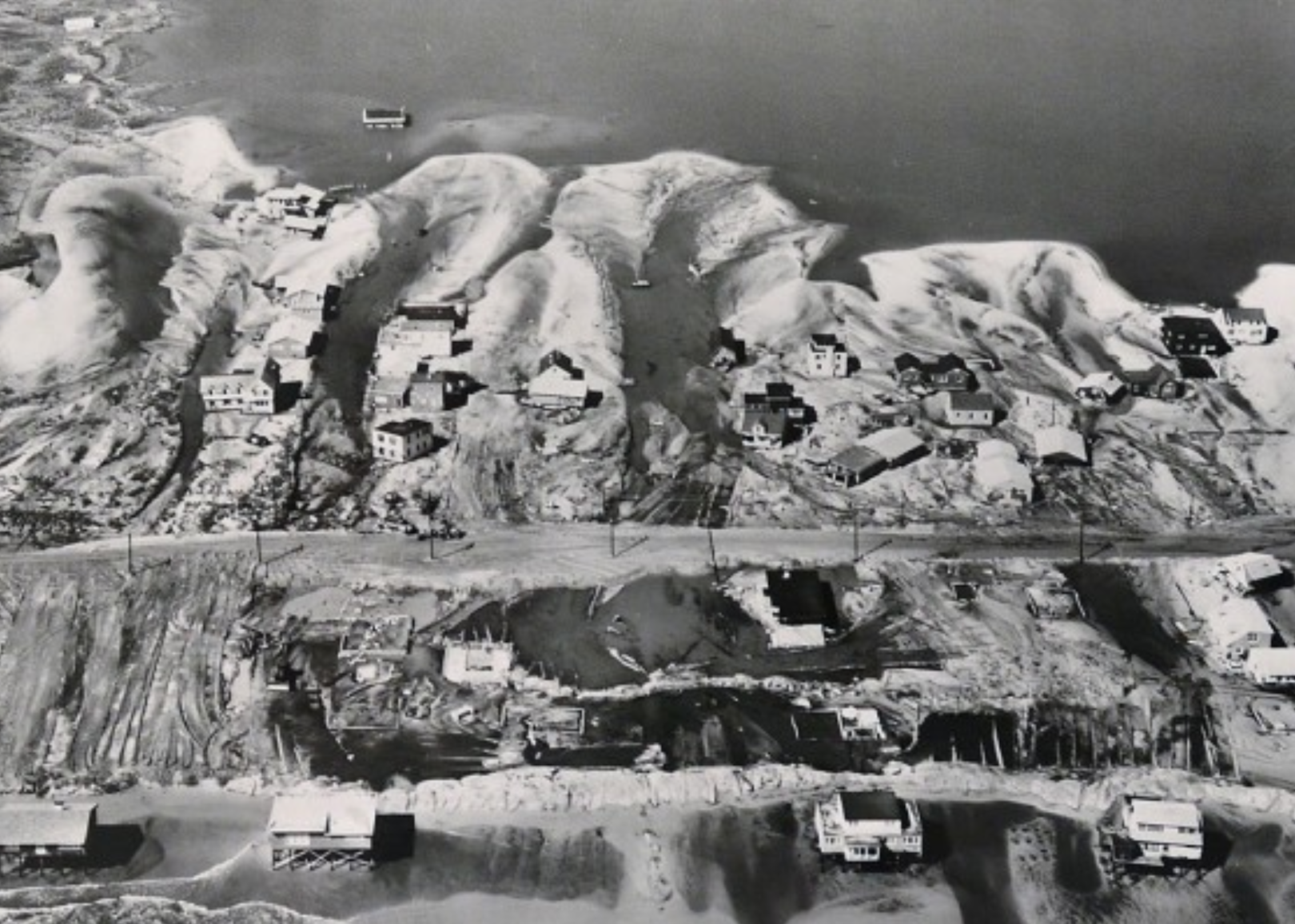
U.S. Army Corps of Engineers // Wikimedia Commons
1962: The Ash Wednesday storm
On March 8, 1962. A freak nor’easter sent a killer tide crashing into New Jersey and leveling beachfront property all along Long Beach Island. The deadly waves brought on by the unexpected storm destroyed 45,000 buildings and killed 32 people. President John F. Kennedy sent the military to help the devastated coastal New Jersey communities.
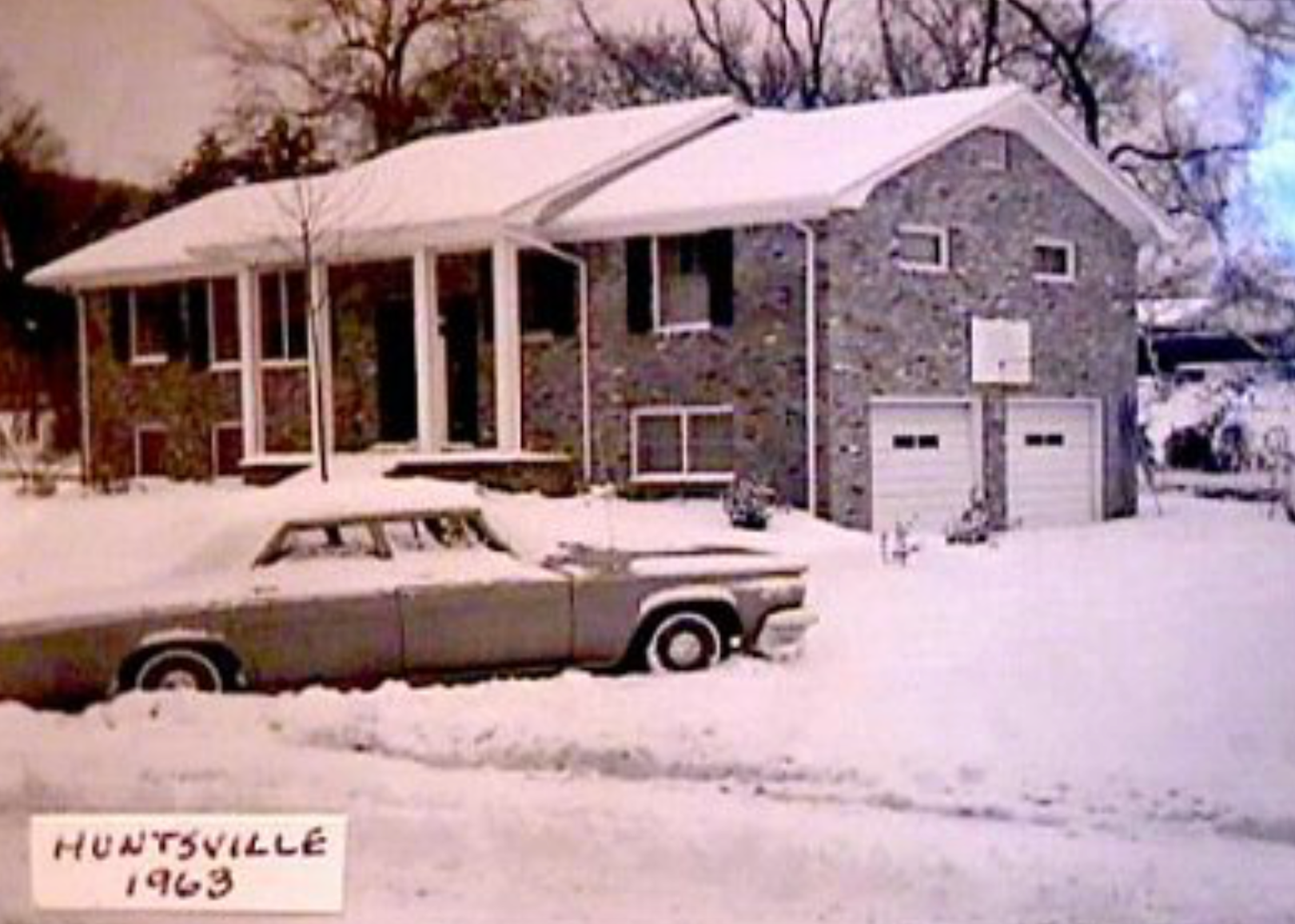
National Weather Service // Wikimedia Commons
1963: New Year’s Eve snowstorm
In Huntsville, Alabama, heavy snow is rare. But around noon on Dec. 31, 1963, the temperature dropped dramatically and snow started to fall. By the time everyone started singing “Auld Lang Syne” at midnight, 15.3 inches had blanketed the city in what remains a record snowfall for Huntsville.
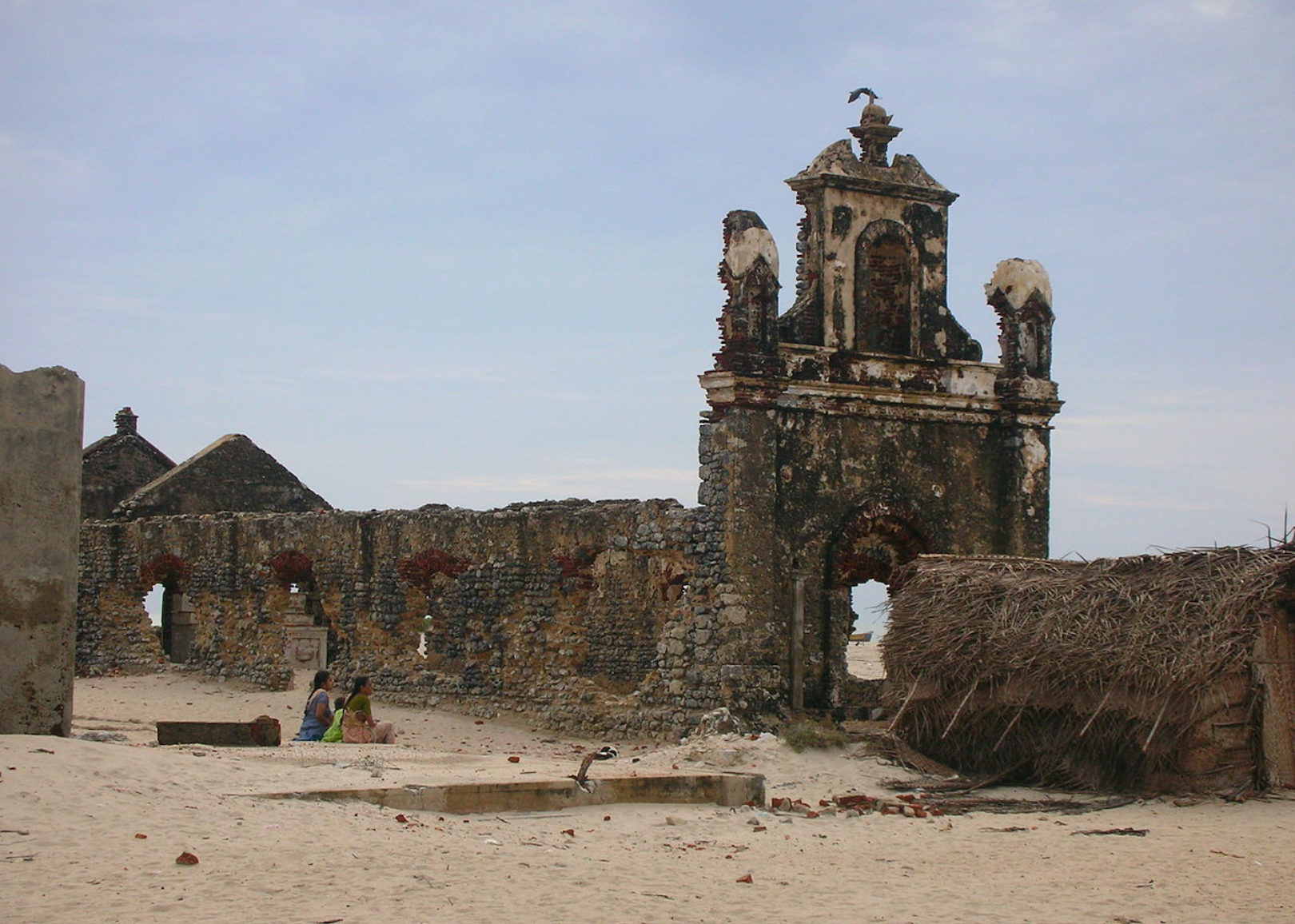
Chenthil // Wikimedia Commons
1964: The Rameswaram cyclone
Late on the night of Dec. 22, 1964, a powerful cyclone hit the town of Dhanushkodi along the southeastern edge of India’s Pamban Island. A train shuttling passengers to the island was swallowed up by a giant wave, killing the nearly 200 people on board. The cyclone killed more than 500 people on the island and destroyed the entire town of Rameswaram, which remains abandoned to this day.
You may also like: Major cities with the biggest projected water shortages by 2040
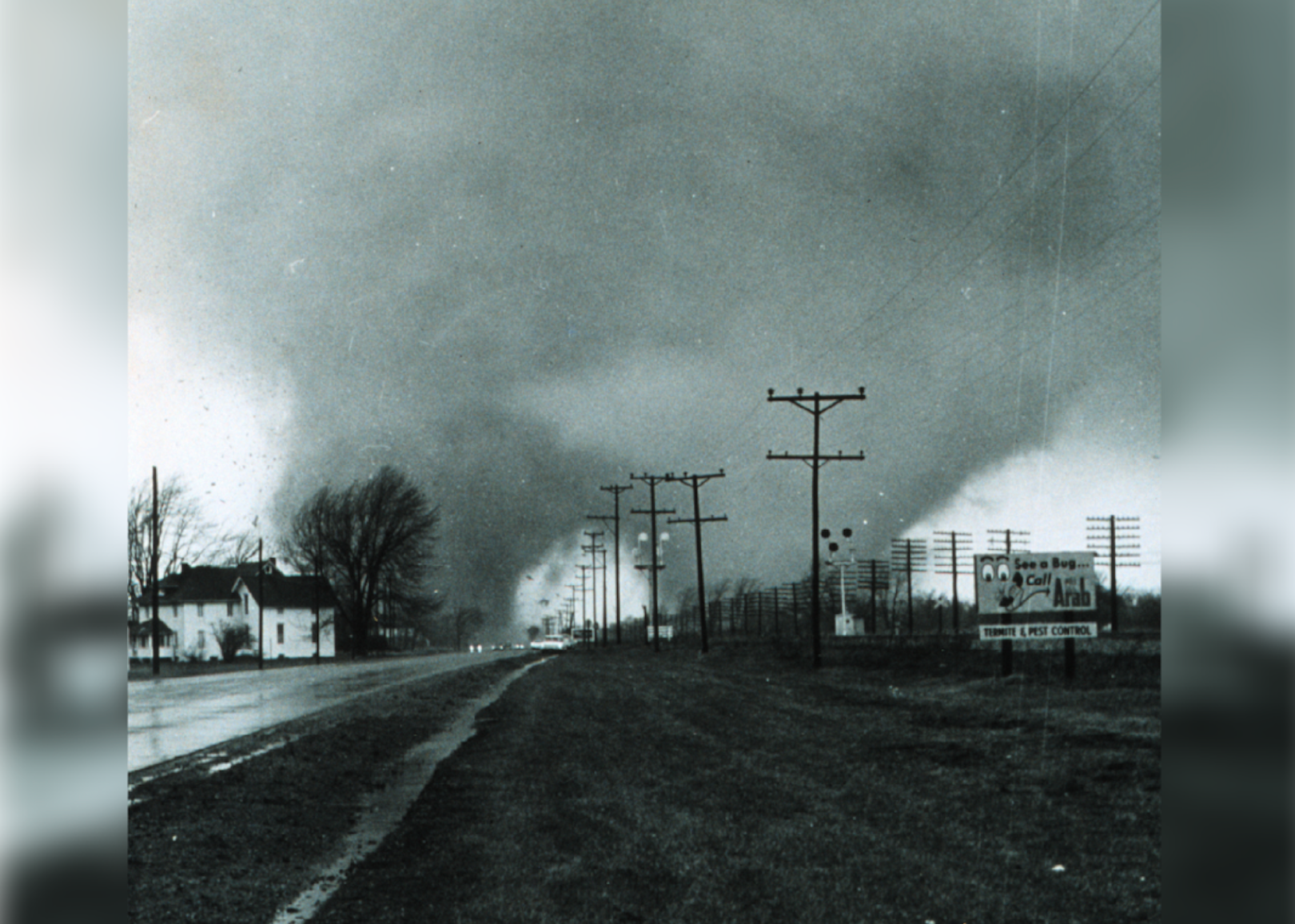
Paul Huffman/NOAA // Wikimedia Commons
1965: Palm Sunday tornado outbreak
On April 11-12, 1965, a series of deadly tornadoes sprouted up across the midwest. In total, 47 tornadoes across Indiana, Michigan, Wisconsin, Ohio, Illinois, and Iowa injured 5,000 people and killed 270. Though the tornadoes hit each of the midwestern states, Indiana suffered the most deaths during the windstorms.
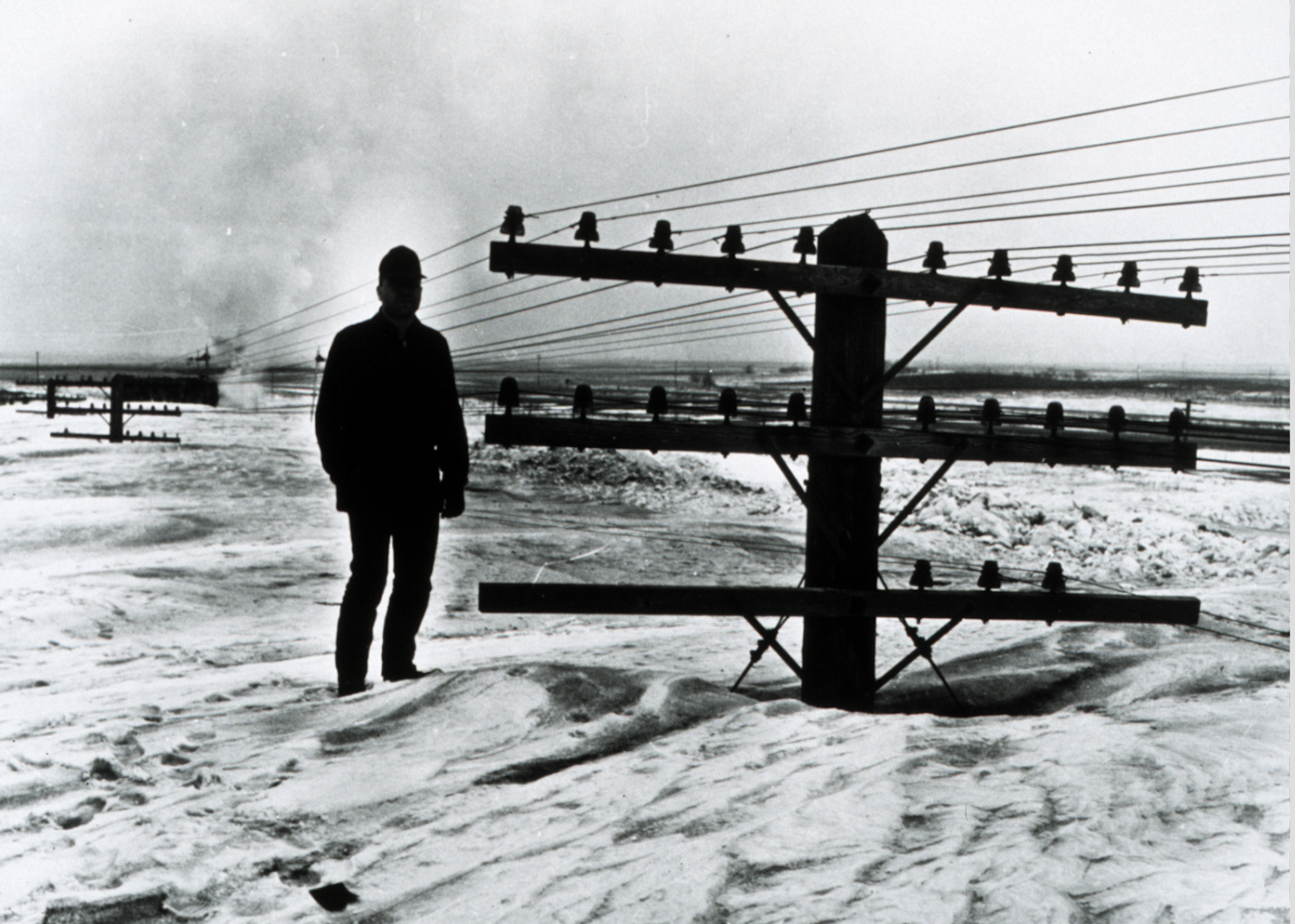
NOAA // Wikimedia Commons
1966: The Blizzard of 1966
One of the worst snowstorms Winnipeg, Canada, had ever seen showed up on its doorstep on March 4, 1966. The snow started at night, accompanied by 50 mph winds; by the end of the blizzard, an unprecedented 15 inches of snow (the second-largest snowfall for that city to this day) had buried the city along with drifts almost eight feet deep. Stores and schools were closed, cars were abandoned, and many were stuck in buses downtown.
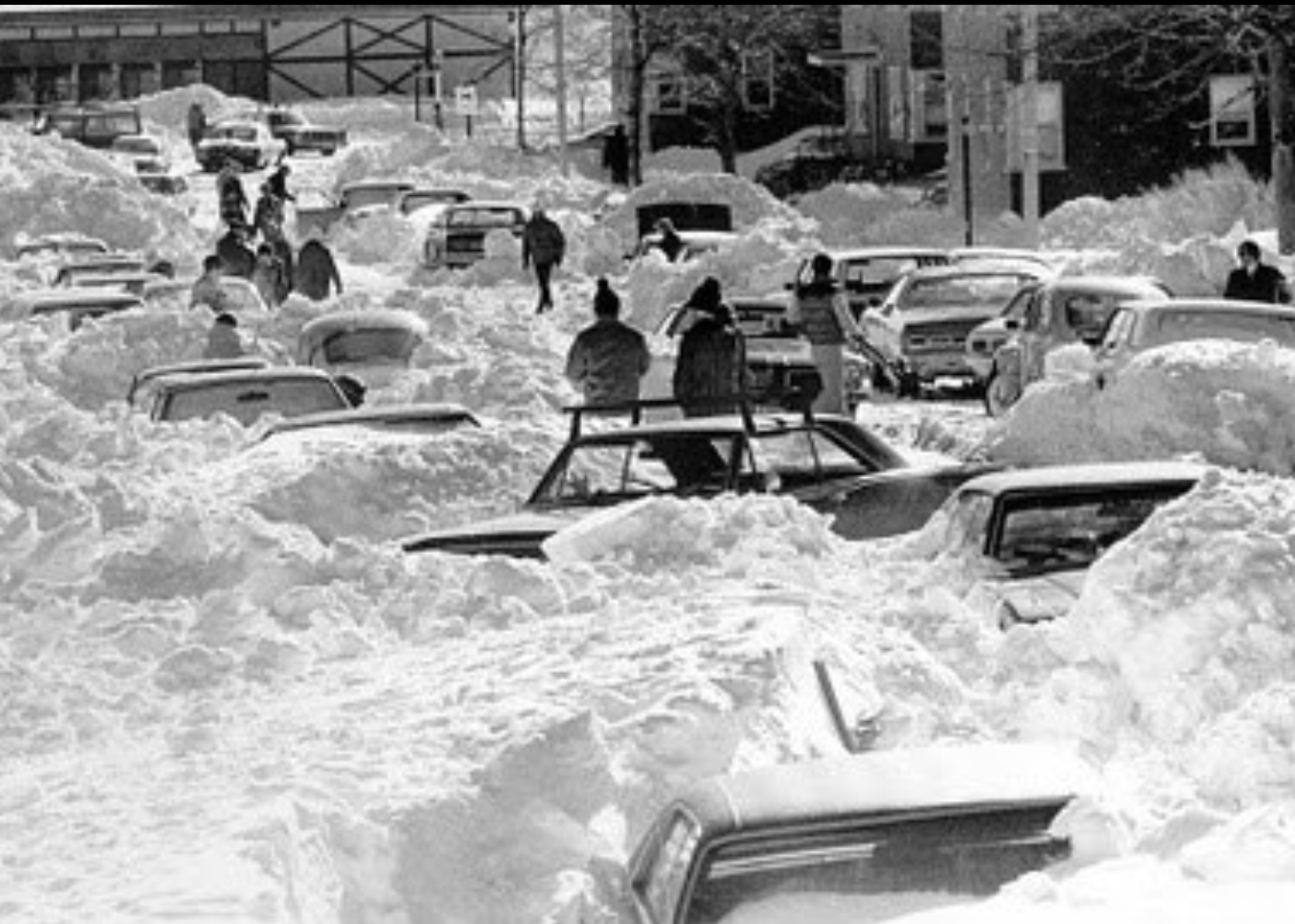
58follow // Wikimedia Commons
1967: The Chicago Blizzard of 1967
Over the course of 29 hours from the morning of Jan. 26 through Jan. 27, 1967, Chicago was battered by its worst blizzard in history. Twenty-six Chicagoans died during the two-day flurry, and an incredible 50,000 cars were abandoned on city streets. The 29-hour blizzard dumped 23 inches of snow onto the Windy City.

Keystone // Getty Images
1968: Hurricane Low Q
A storm that forecasters predicted would miss Scotland changed course and slammed into the country’s heavily populated central belt with 103 mph winds on Jan. 14, 1968. In total, Hurricane Low Q left 2,000 Scots homeless and killed 21 people. Part of the horror of Scotland’s worst-ever storm was that it came seemingly without warning for the people of Glasgow.

NOAA // Wikimedia Commons
1969: Hurricane Camille
Though Hurricane Camille first formed off the west coast of Africa, it showed itself to be a dangerous tropical storm near Jamaica on Aug. 14, 1969. Just three days after that, Hurricane Camille made landfall in Waveland, Miss., with winds howling at 175 mph and a 24-foot storm surge. The storm turned northward next, battering the southeast and mid-Atlantic regions before returning to the ocean off the coast of Virginia. The hurricane caused over $1 billion in damage and killed 259 people; it was infamous and damaging enough to cause the government to repair and update its hurricane safety equipment and procedures.
You may also like: U.S. cities with the dirtiest air
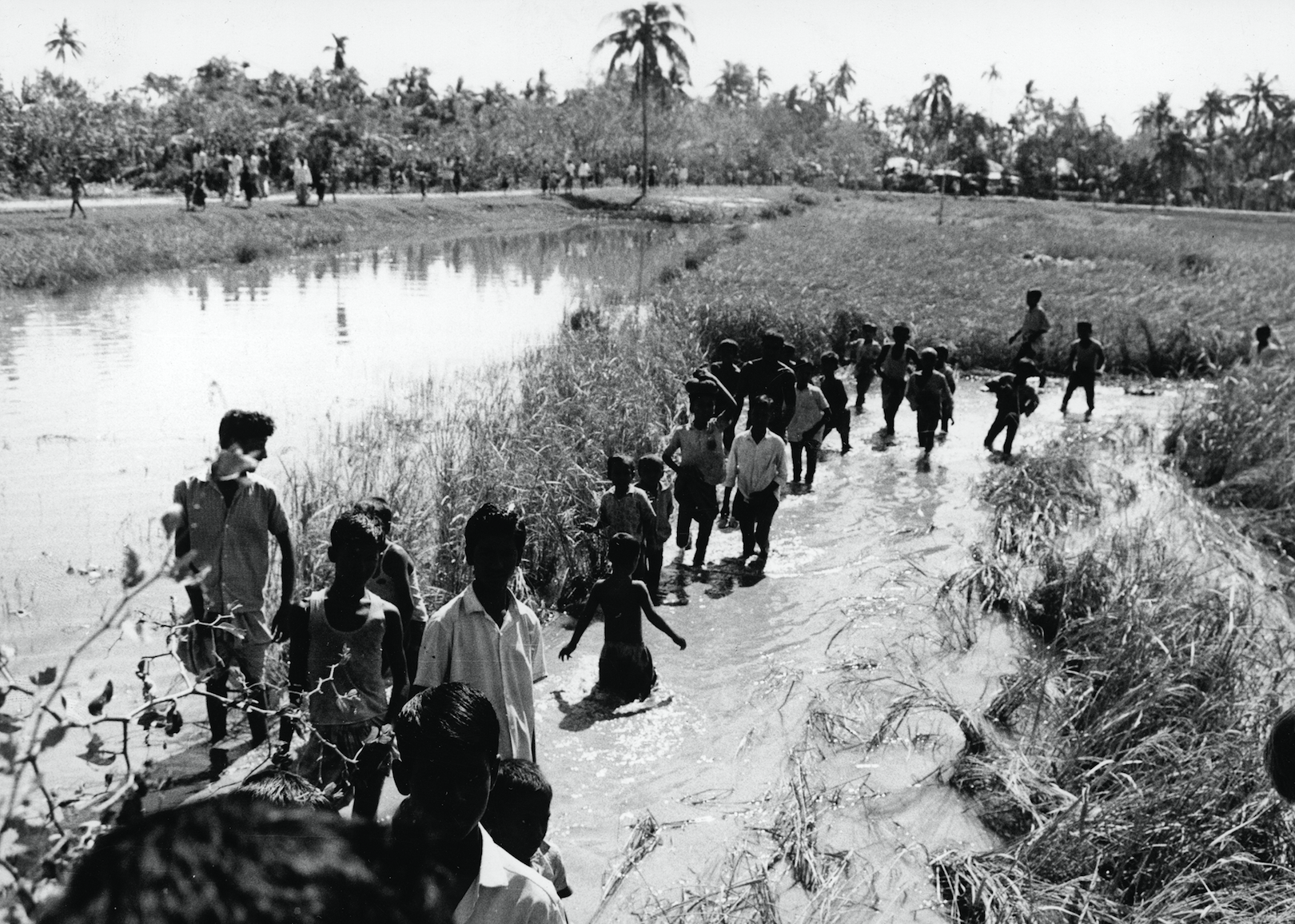
Express Newspapers // Getty Images
1970: The Bhola Cyclone
The deadliest tropical storm in history hit East Pakistan (present-day Bangladesh) on Nov. 11, 1970. The devastating windstorm brought with it storm surges of 20 to 30 feet that led to massive, deadly flooding in the coastal region of the country. Sources put the tropical storm’s total death toll between 300,000 and 500,000 people.
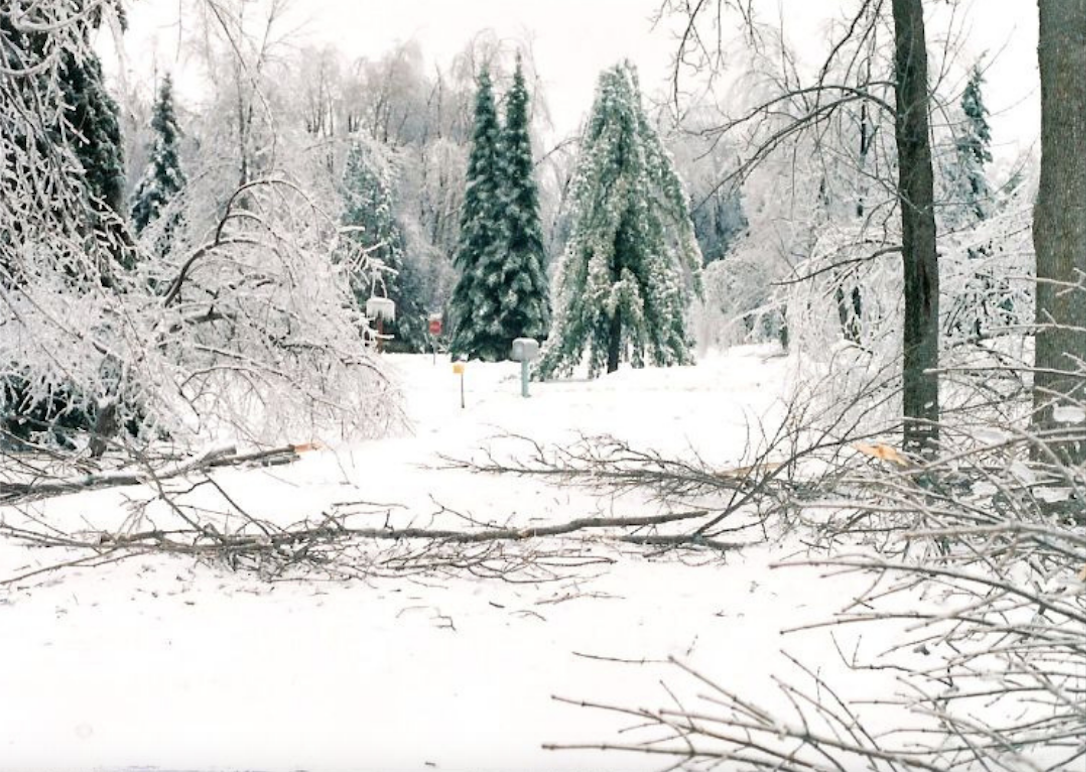
IceStorm199817 // Wikimedia Commons
1971: Quebec’s storm of the century
Wind and snow battered Quebec in the Canadian region’s worst snowstorm of the 1900s on March 4, 1971. Over the course of the day, winds blew at nearly 70 mph and an incredible 17 inches of snow was dumped onto Montreal. Phone service was limited to emergencies, power outages knocked people off-grid across the region, and all above-ground transportation was halted. It was quickly dubbed “The Storm of the Century.”
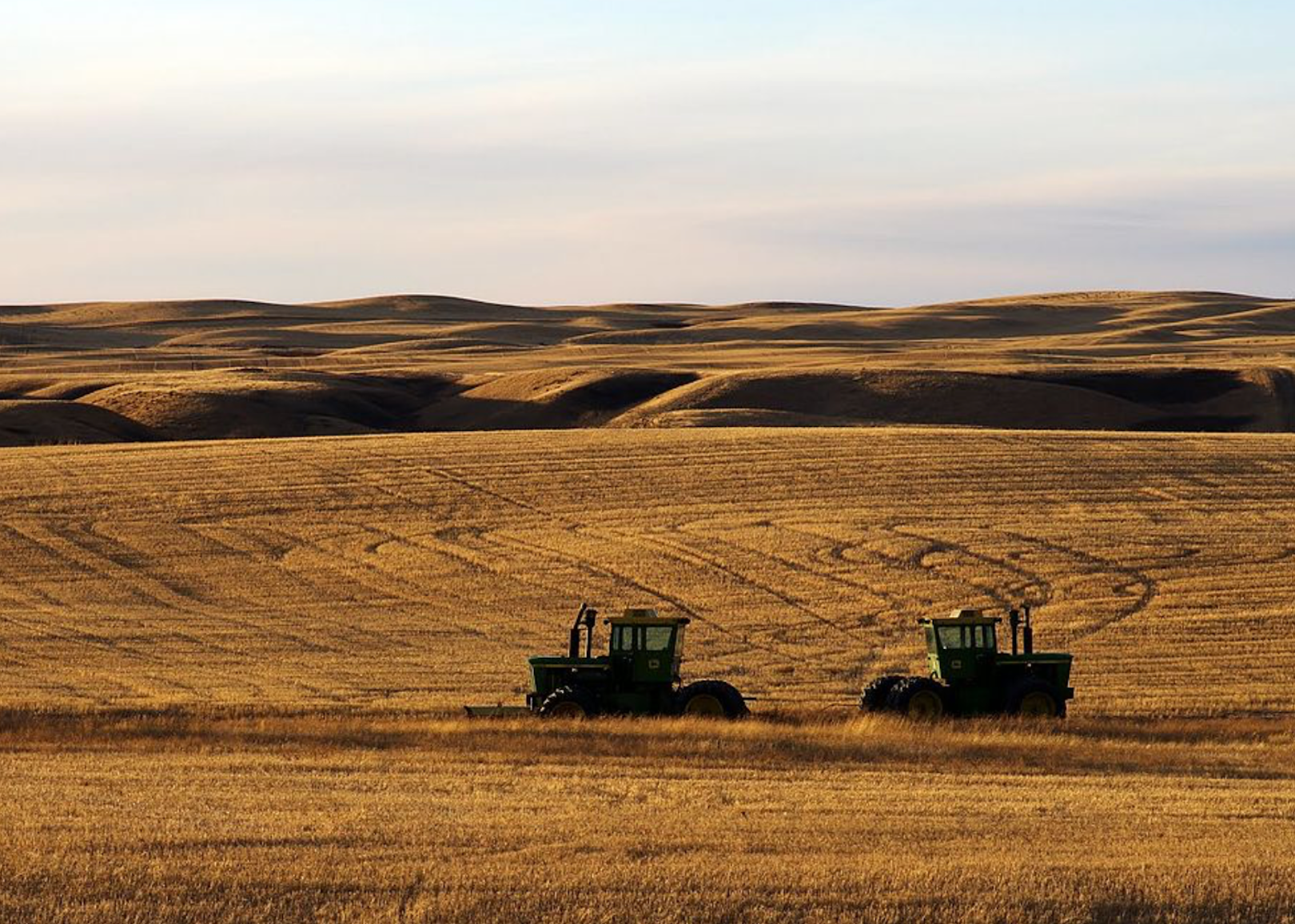
David J Laporte // Wikimedia Commons
1972: Rapid temperature spike in Loma, MT
It’s rare for a town as small as Loma, Montana, home to just 85 people, to make the news. But on Jan. 14-15 of 1972, the town broke a new record with chilling -54 degree temperatures. Over the next 24 hours, a Chinook wind coming from the Rockies brought warm air to Montana—and quickly. By the next afternoon, Loma’s thermometers hit 49 degrees, making the 103-degree spike the largest ever recorded over 24 hours.
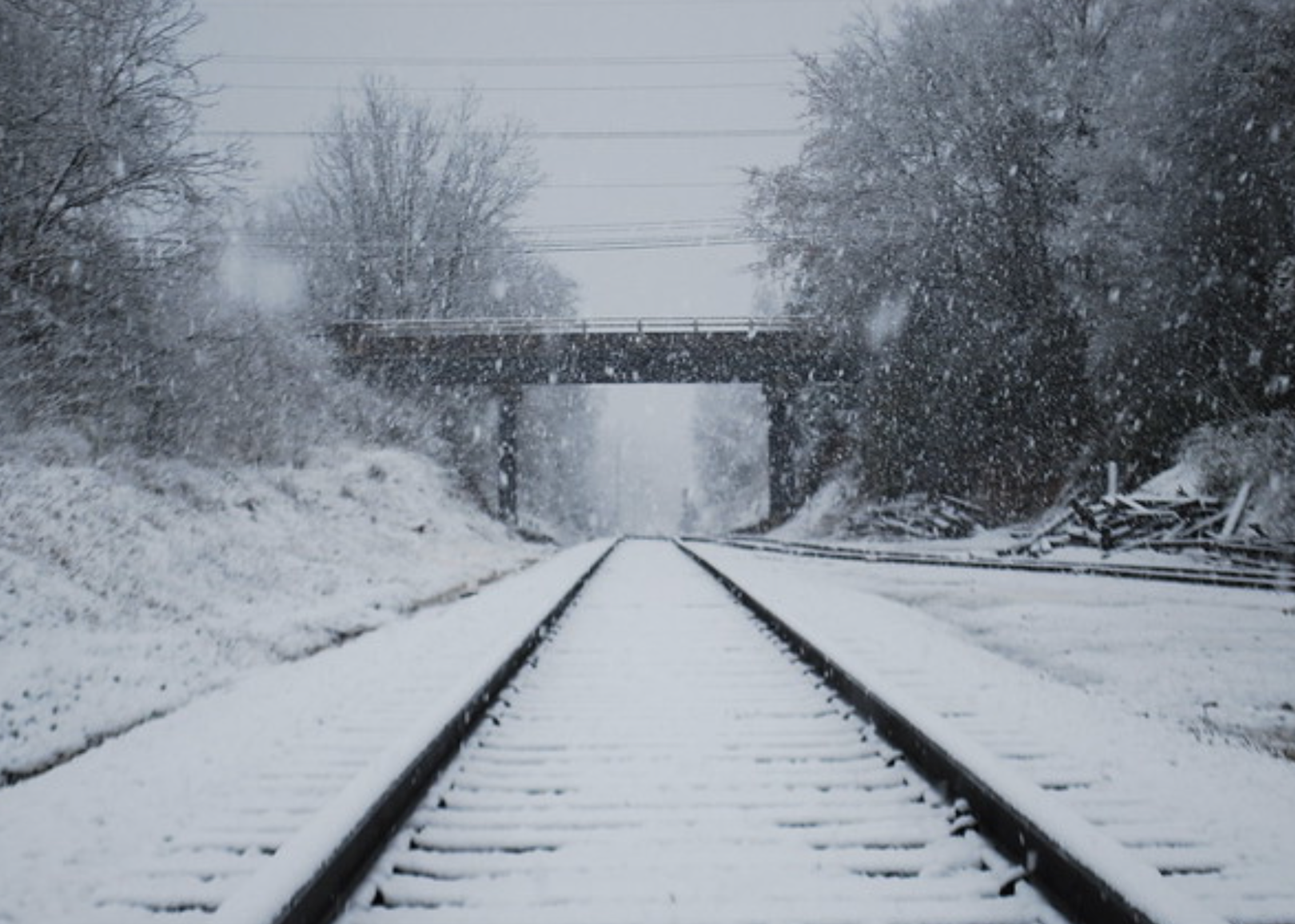
thaddeusthompson // Flickr
1973: The Great Southeastern Snowstorm
The Southeastern United States is not known for snowstorms, but a cold front blew over the region, bringing with it record-breaking snowfall on Feb. 10, 1973. Records were broken in Macon, Georgia (16.5 inches), Wilmington, North Carolina (12.5 inches), and Charleston, South Carolina (7.1 inches). These single-day numbers were astronomical in a region that averages just an inch or two of snow per year.
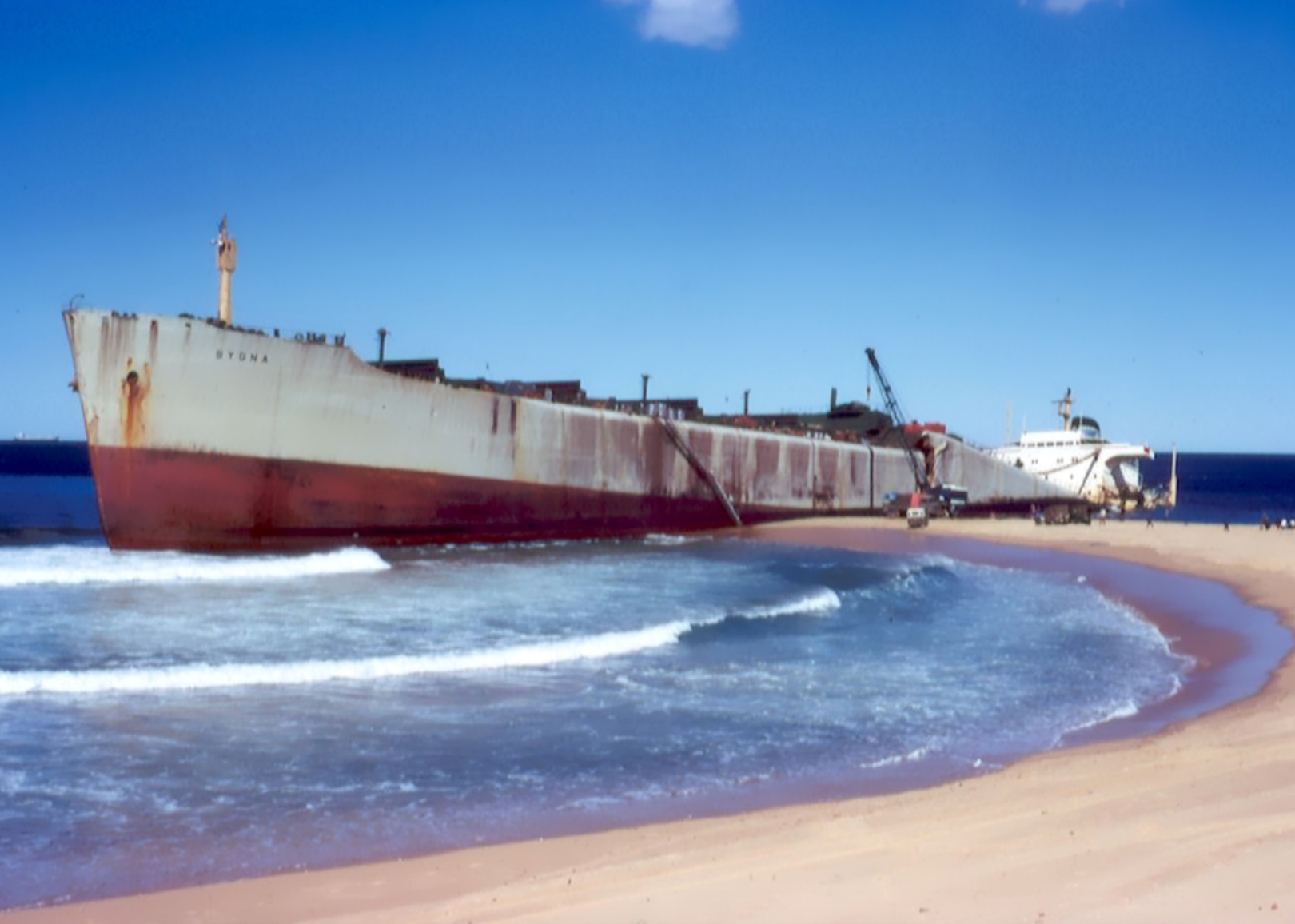
Yourock17 // Wikimedia Commons
1974: The Sygna Storm
In the wee hours of May 26, 1974, Sydney, Australia, was battered by its worst storm since 1988. A low-pressure system moved along the coast, blowing 100 mph winds and battering the shore with 30-foot waves. The storm was named for the Sygna, a 53,000-ton Norwegian ship that capsized in the storm. It was the largest ship to go down in Australia’s history.
You may also like: How far is the US from a 100% renewable energy future?
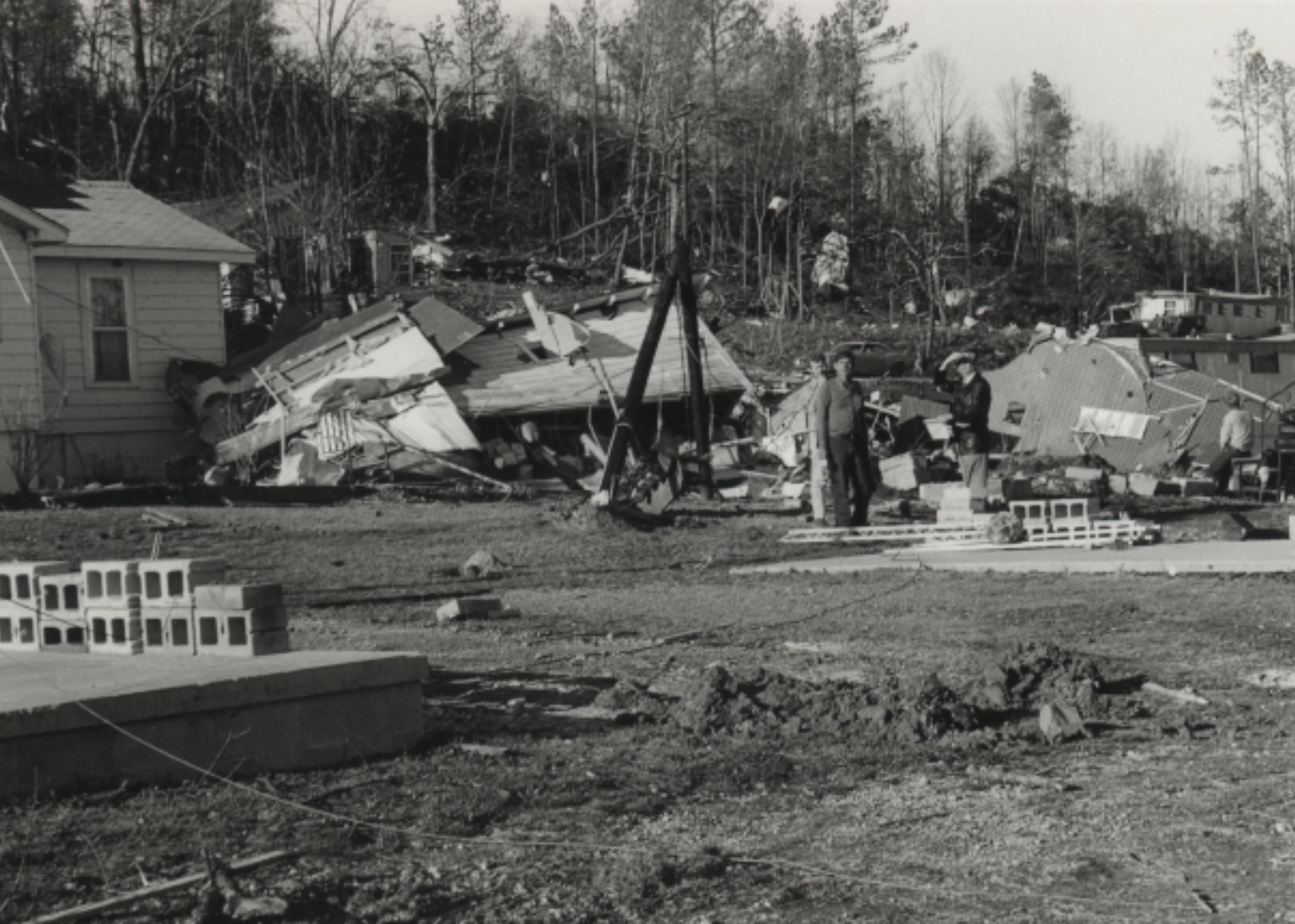
NOAA // Wikimedia Commons
1975: The Super Bowl Blizzard
The storm dubbed the Super Bowl Blizzard, the Great Storm of 1975, and the Storm of the Century became worthy of those names when it collided, on Jan. 8, 1975, with Arctic air from the North and tropical air from the South after crossing the Rockies. Between Jan. 9 and 12, the storm created 45 tornadoes in the Southeast and dumped two feet of snow over the Midwest. Super Bowl IX between the Vikings and Steelers was played on Jan. 12 in New Orleans as the nation battled the elements.
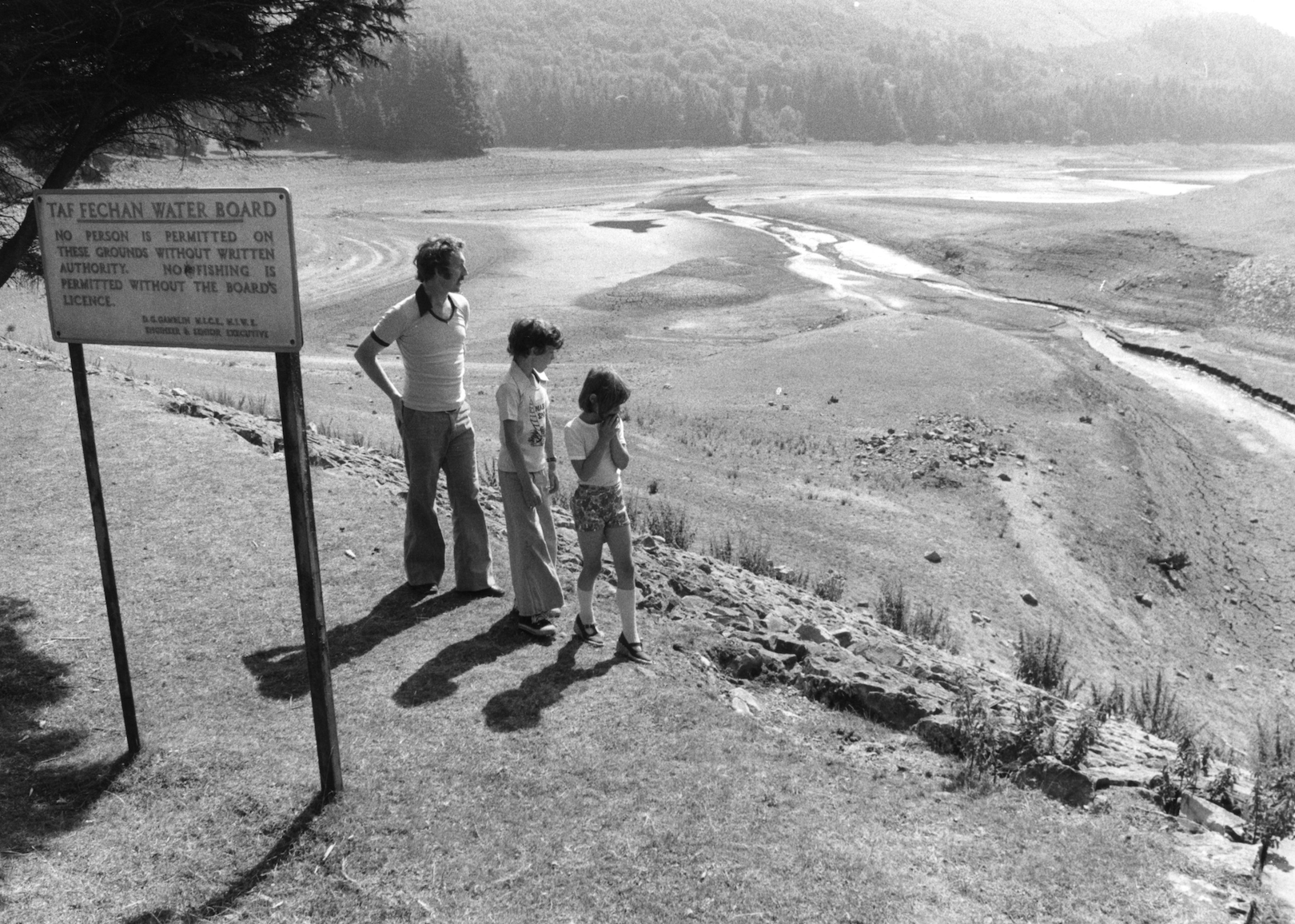
Frank Barratt/Keystone // Getty Images
1976: Britain’s worst drought
Summer 1976 brought with it the warmest three-month stretch then in British recorded history. Unfortunately, it also brought the worst drought in 150 years. The drought caused rivers to dry up, crops to fail, and permanently changed Britain’s forests. Finally, an incredibly wet September and October brought an end to the drought.
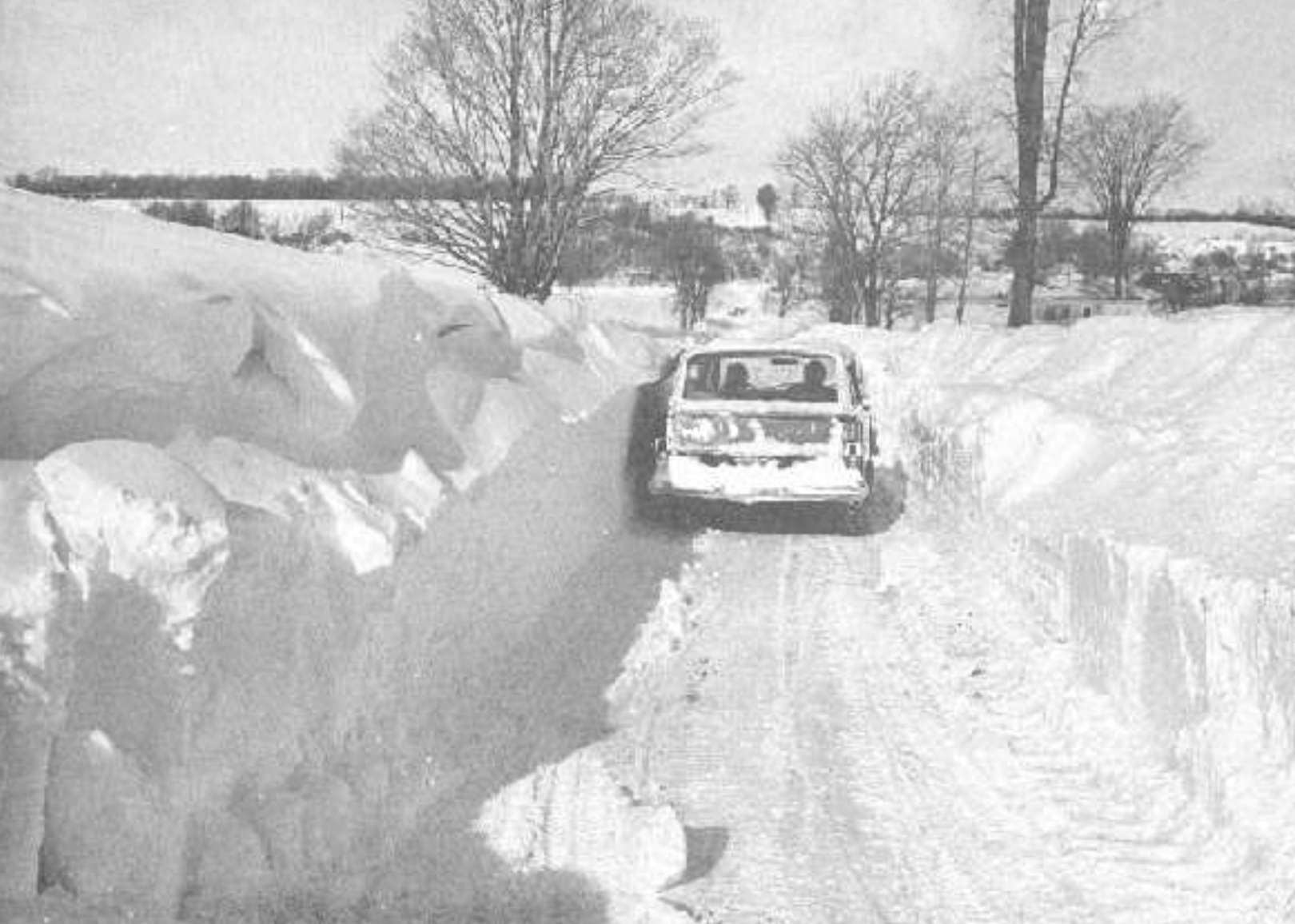
United States Department of Transportation // Wikimedia Commons
1977: Blizzard of ’77
It takes a lot for a snowstorm to get a legendary name in a frigid place like Buffalo, New York. But the Blizzard of ’77 is an all-timer for the city in upstate New York. After many residents had left for work on Friday, Jan. 28, a blizzard hit Buffalo with devastating consequences. For the next 13 hours, visibility dropped to zero and the city was hit with 69 mph winds that whipped snowpack into the air. Not a huge amount of new snow fell, but the conditions proved devastating; 29 people died, and between 10,000 and 15,000 couldn’t make it home the first night.
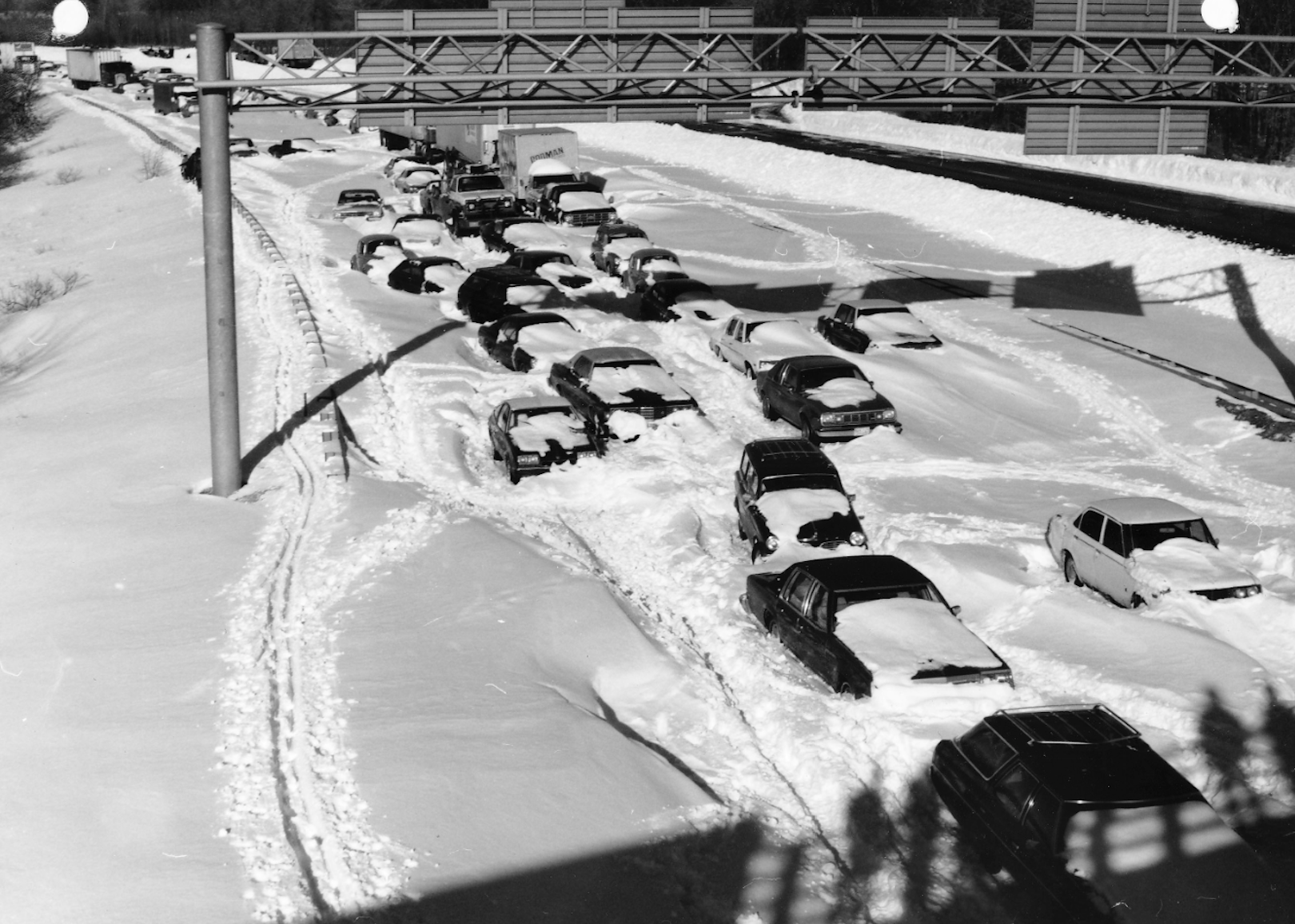
Jim McDevitt/U.S. Army Corps of Engineers // Wikimedia Commons
1978: The Great Blizzard of 1978
The Great Blizzard of 1978 arrived in the Northeast without much warning on the morning of Feb. 6 and stayed in force for 33 straight hours. In total, the blizzard dumped 27.1 inches on Boston, 27.9 inches on Providence, and an incredible 54 inches on Woonsocket, Rhode Island. The Great Blizzard of 1978 killed around 100 people and caused $520 million in damage.

U.S. Army Corps of Engineers // Wikimedia Commons
1979: Hurricane Frederic
Hurricane Frederic formed on Aug. 29, 1979, but did not become a hurricane until it reached the Gulf of Mexico on Sept. 10. It gained strength as it approached the Gulf Coast, at one point containing the largest-recorded storm center up until that point, measuring 50 miles east to west and 40 miles north to south. It made landfall at Dauphin Island, Alabama, and then blew through Mobile as well. In total, the hurricane killed five people and caused $2.3 billion in damage. Half a million residents were evacuated ahead of the storm and parts of Mobile lost power for five weeks.
You may also like: How US trees are powering Europe’s renewable energy goals
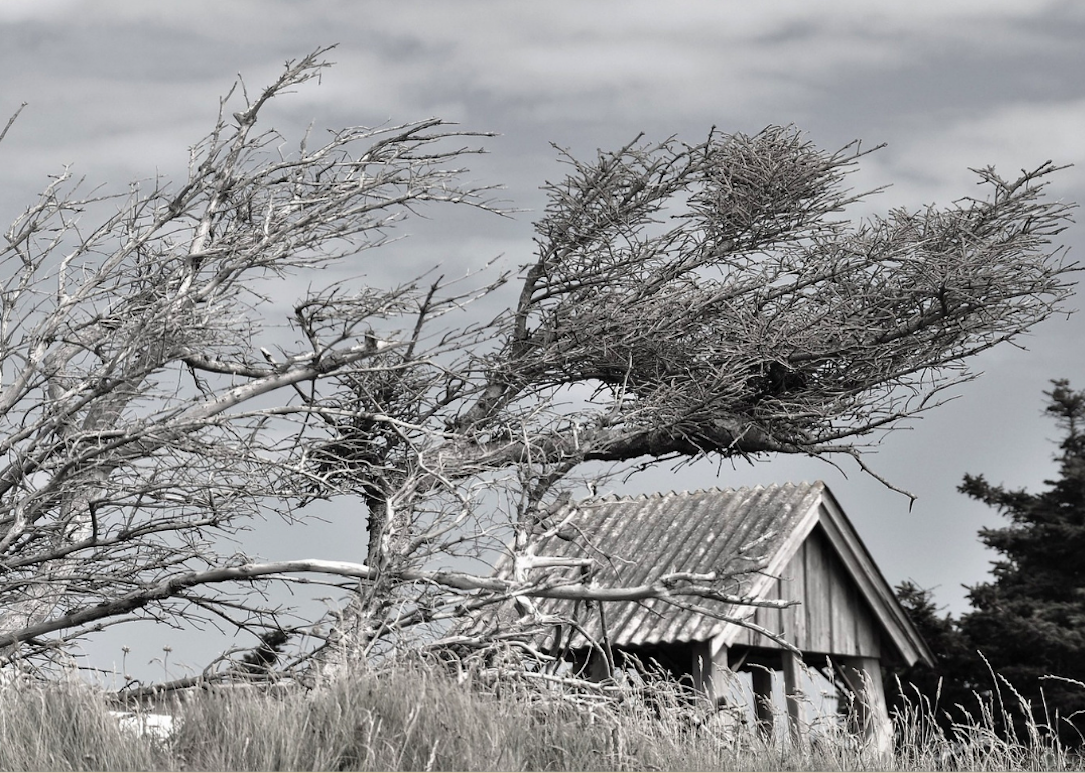
Pixabay
1980: The Western Wisconsin Derecho
An unexpected windstorm hit Eau Claire, Wisconsin, between 9 p.m. and 10 p.m. on July 15, 1980. The weather event sent 112 mph winds blowing through the city, knocking out power, uprooting trees, and leveling homes and businesses. In total, the derecho—a term for a long-lived, straight-line windstorm—caused $159 million in damages in the area, and for some residents, power was out for a week.
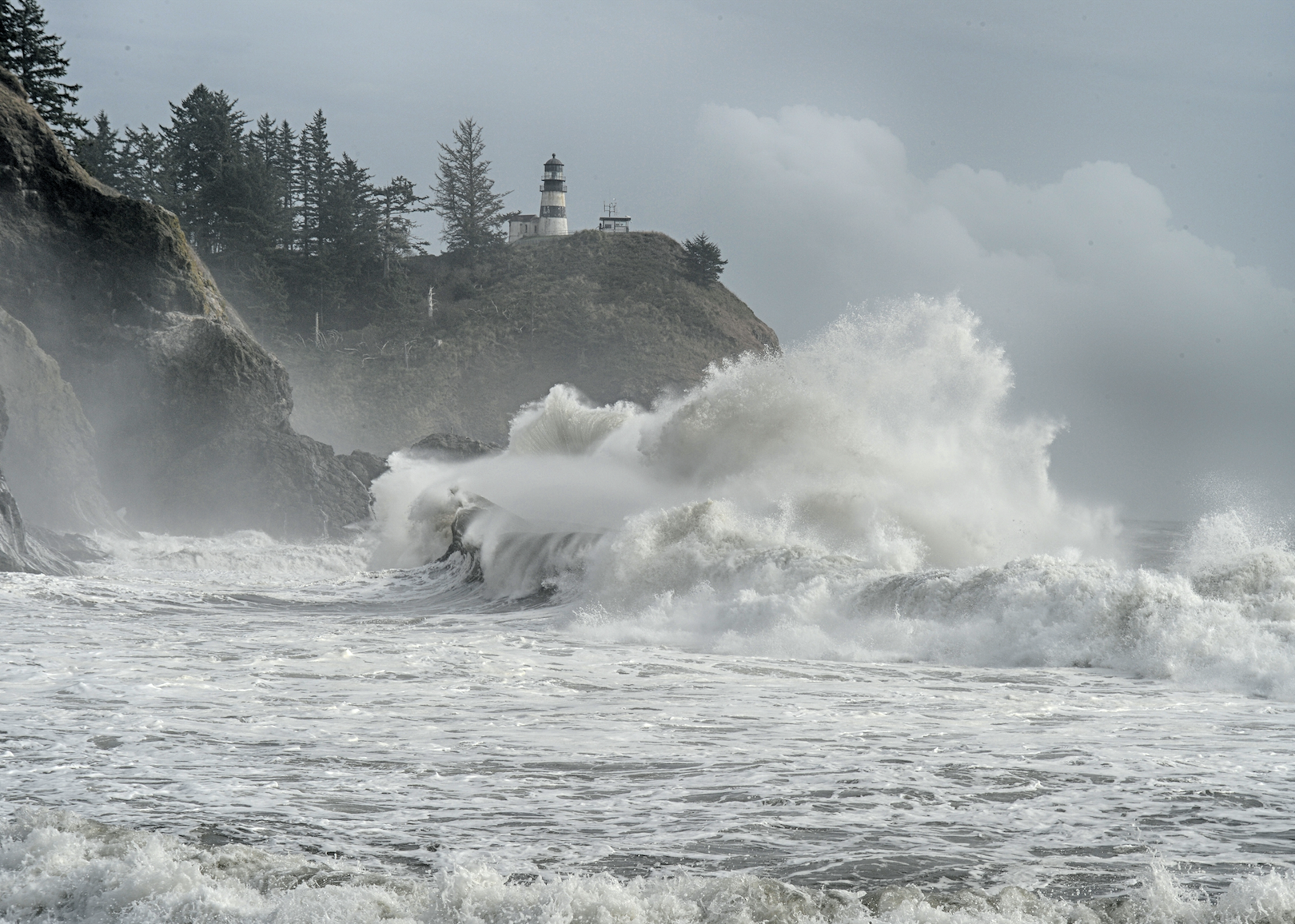
Jonathan Lingel // Shutterstock
1981: The Friday the 13th windstorm
On Friday, Nov. 13, 1981, the first of two powerful windstorms swept its way up the United States’ northwestern coast. In the late evening, winds reaching 100 mph hit the Oregon coast and continued inland, doing damage as far east as Boise, Idaho. In total, the two windstorms (another followed on its heels two days later) killed 12 people and caused tens of millions of dollars in damage.
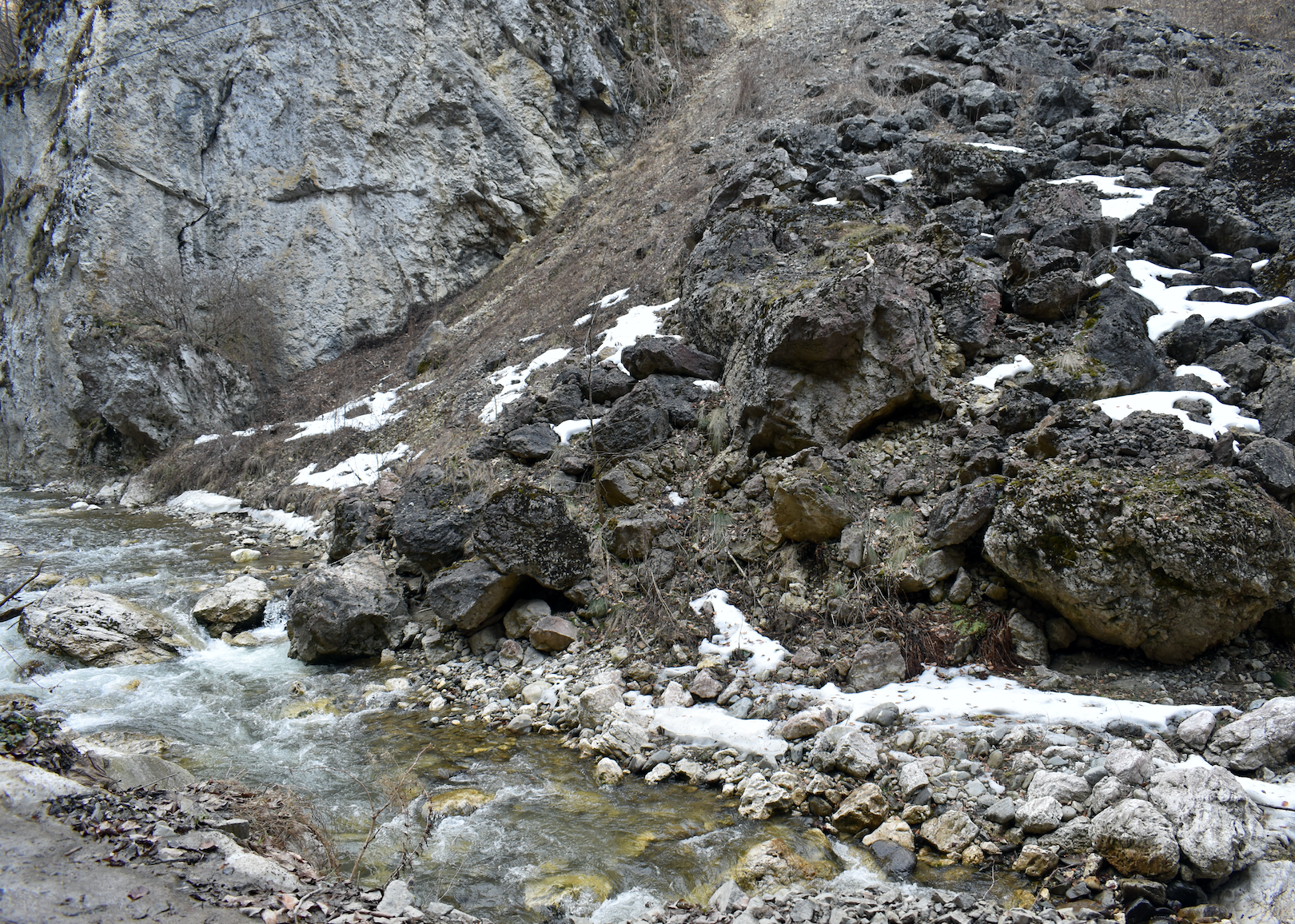
Special View // Shutterstock
1982: The Love Creek mudslide
1982 was a particularly bad flood year in Northern California. A Jan. 5 rainstorm hit the Santa Cruz area and the rain created a deadly mudslide on Love Creek, which sits a bit north of the college beach town. During the storm, part of a hill broke off and crashed into a canyon; the mudslide destroyed 30 homes and killed 10 people.
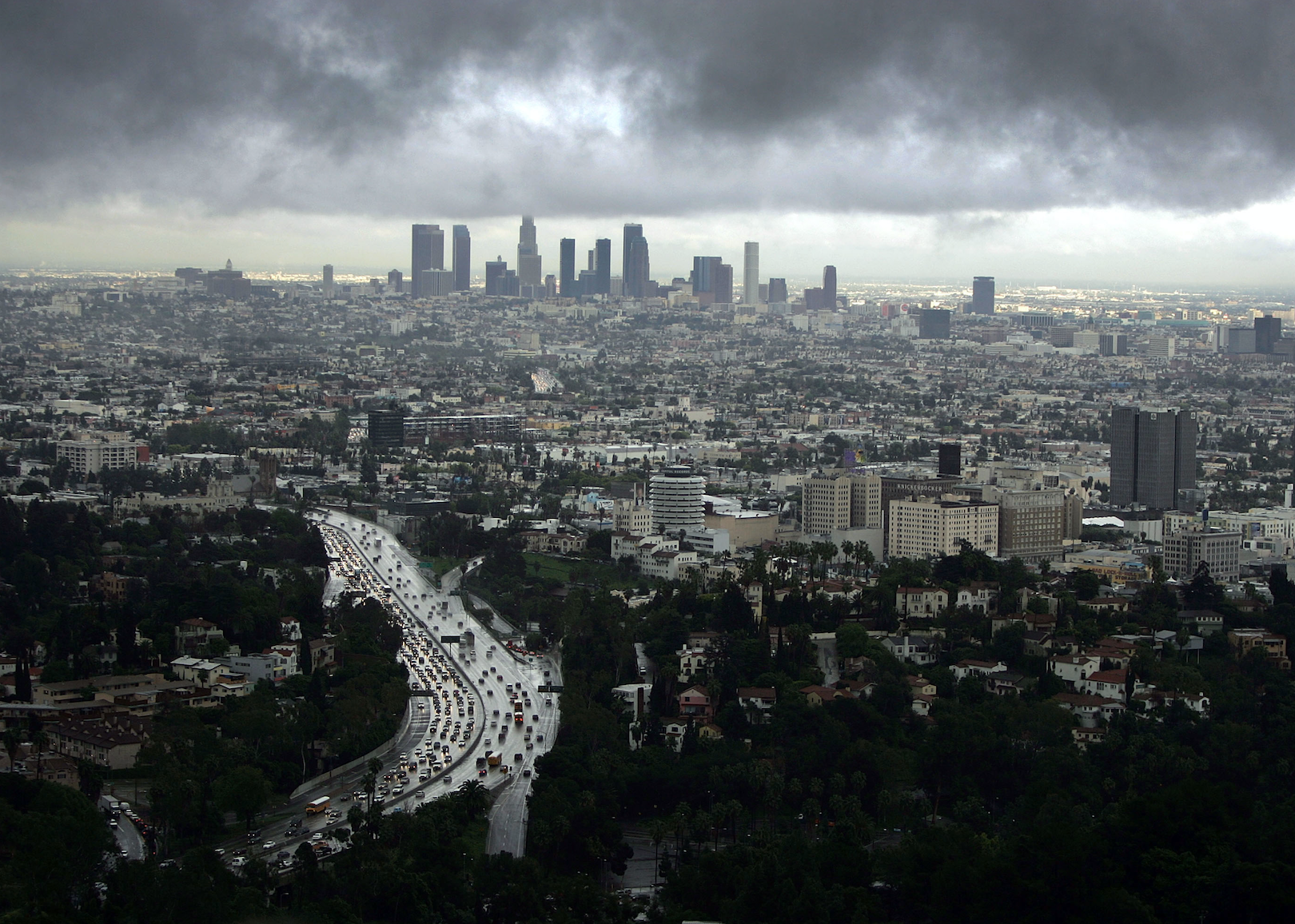
David McNew // Getty Images
1983: The Los Angeles tornado
A particularly bad El Niño had been wreaking havoc throughout California during the winter of 1982 and 1983, but no event was more unusual or frightening than what happened on March 1, 1983. Before 8 a.m. that morning, a tornado sprouted up south of downtown Los Angeles and began cutting its way through the neighborhood. The storm went almost 4 miles north through the city, following a path parallel to Highway 110. The windstorm raged between 113 and 157 mph, killing nine people and damaging 150 buildings.

RichTea // Wikimedia Commons
1984: Lightning sets fire to York Minster
Many of the weather events on this list can be viewed as “biblical,” but none more so than the lightning bolt that set fire to York Minster in the wee hours of July 9, 1984. After the lightning strike, firefighters arrived on the scene to try putting out the blaze that was quickly overtaking large sections of the famous cathedral’s wooden roof. While the firefighters worked, cathedral staff and clergy members ran through the Minster collecting artifacts to salvage from the burn. The fire caused £2.25 million in damage and was thought of by some churchgoers as a sign from God that Bishop of Durham David Jenkins, who did not believe in the physical resurrection of Jesus, should not have been consecrated at the Minster three days before the lightning strike.
You may also like: Beginner’s guide to composting
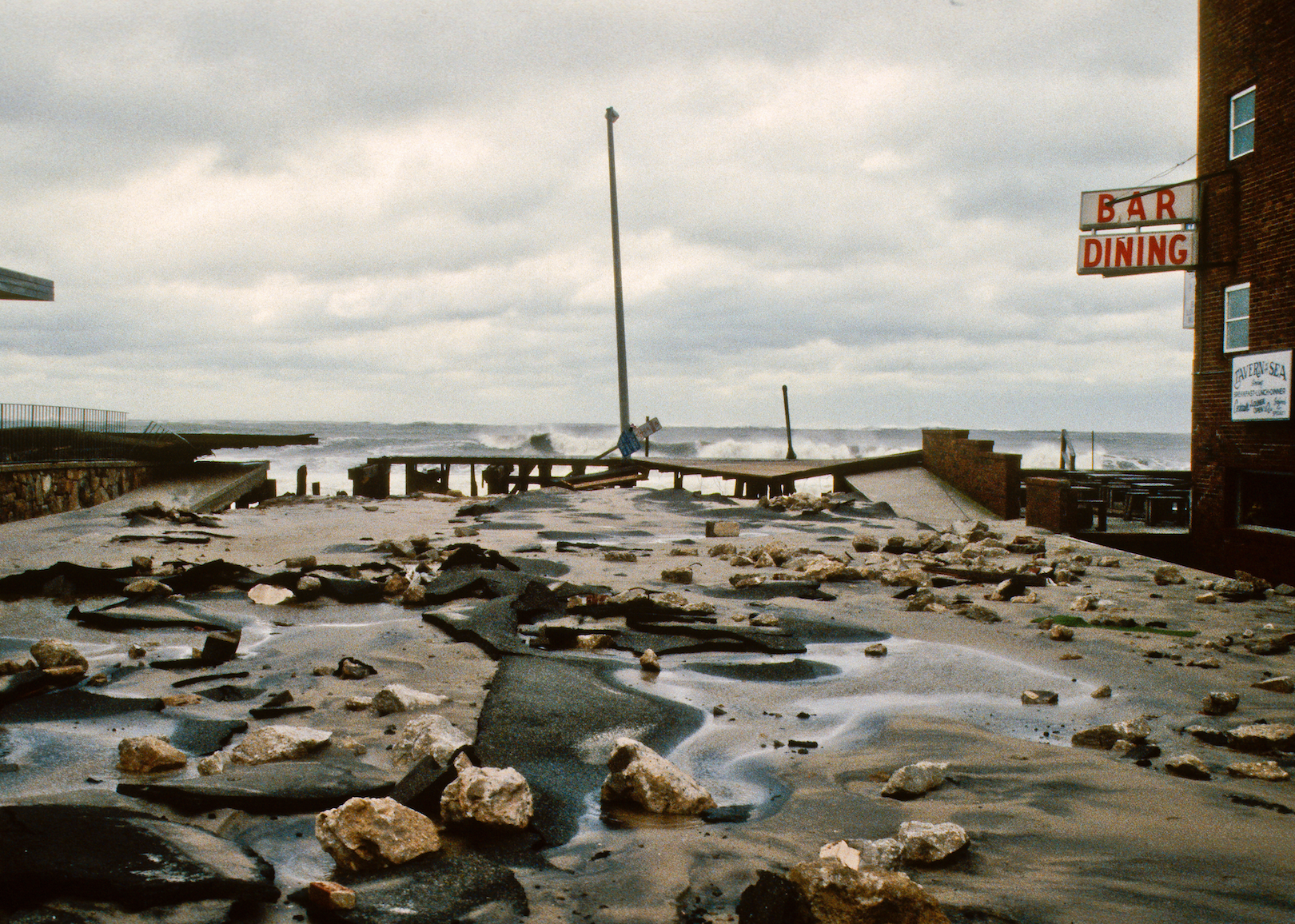
mark reinstein // Shutterstock
1985: Hurricane Gloria
Gloria first formed on Sept. 15, 1985, before growing to a Category 4 hurricane when it reached the Bahamas on Sept. 24. The storm made landfall in North Carolina before tracing up the East Coast and making two more landfalls: first on Long Island and then in Connecticut. The hurricane led to the evacuation of 380,000 East Coast residents and caused $900 million in damage. Eleven people died in the storm.
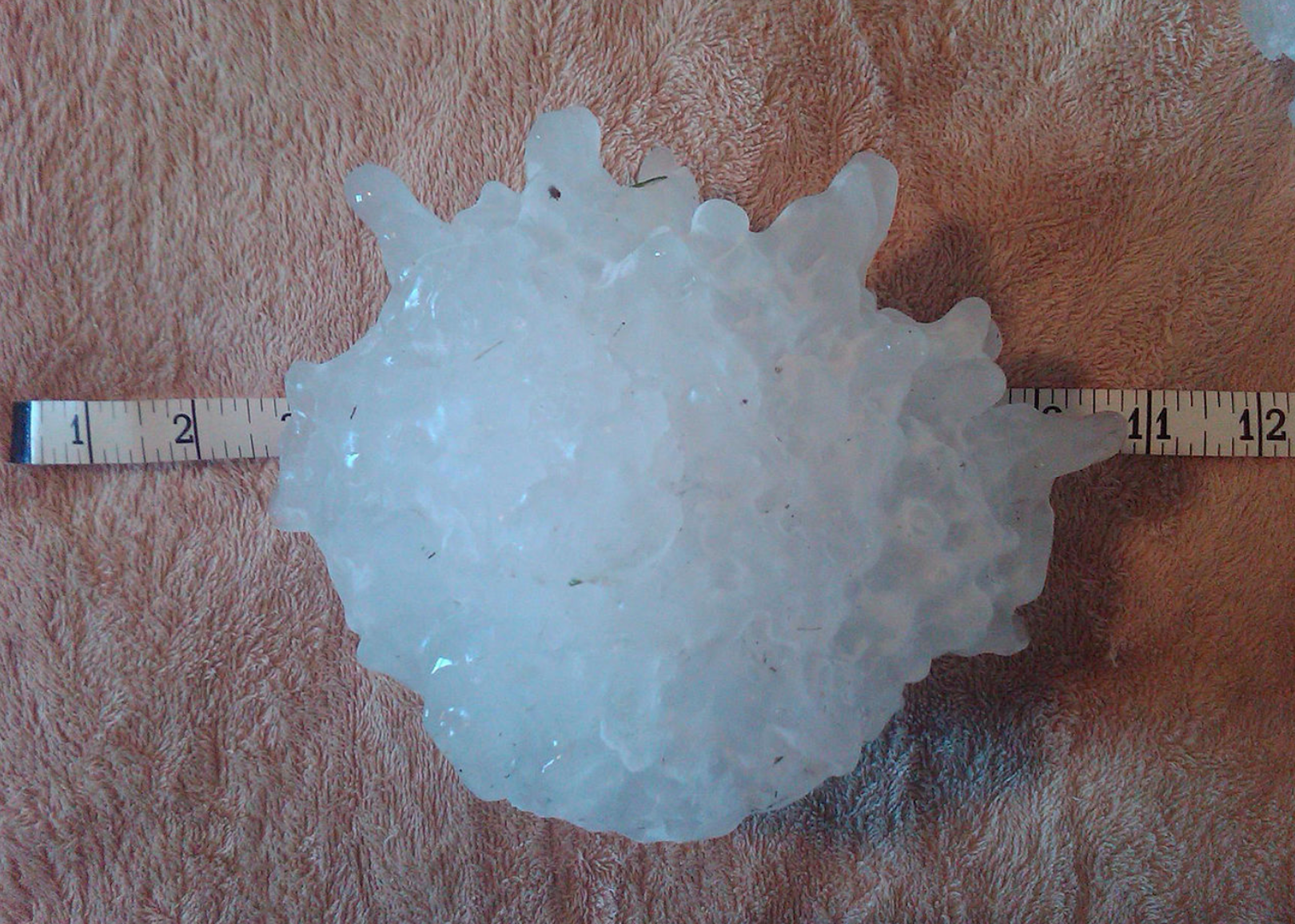
NOAA // Wikimedia Commons
1986: Deadly hailstones hit Bangladesh
Hailstones the size of grapefruits rained down upon the Gopalganj area of Bangladesh on April 14, 1986. The hailstones weighed around 2 pounds each—basically rocks falling from the sky. During the storm, the hail killed 92 people. The Guinness Book of World Records notes the hail in this storm as the heaviest on record.
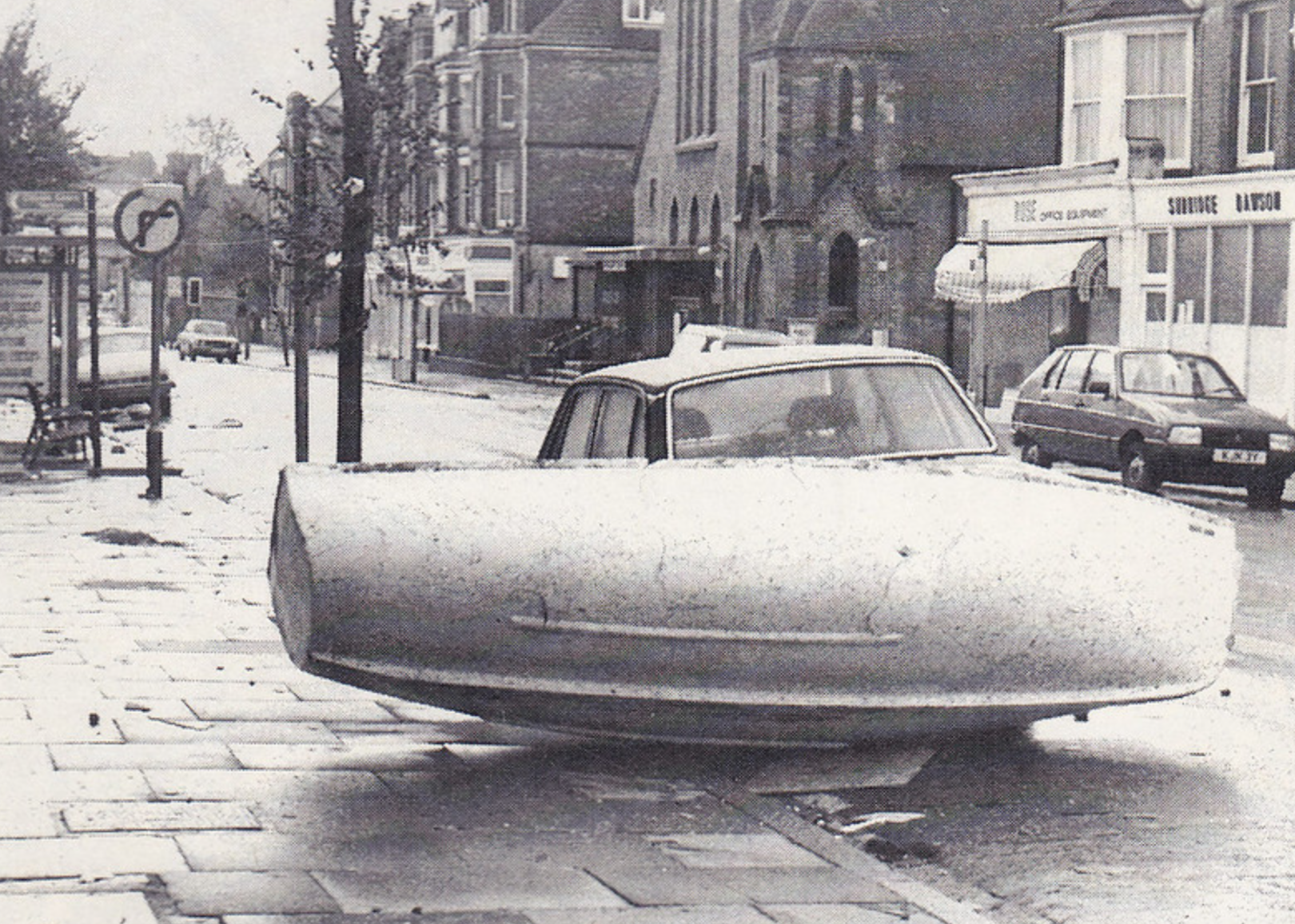
Phil Sellens // Flickr
1987: The Great Storm of 1987
Being a weather forecaster is a bit like being a referee: The calls you get wrong are the ones that are remembered the longest. BBC weatherman Michael Fish infamously quieted rumors of a coming hurricane, saying, “Don’t worry, there isn’t” hours before the storm changed course and came right toward the United Kingdom. The storm was the worst to hit the U.K. since 1703, killing 18 in the U.K. and four in France, destroying 15 million trees, and creating more than £1 billion of damage.
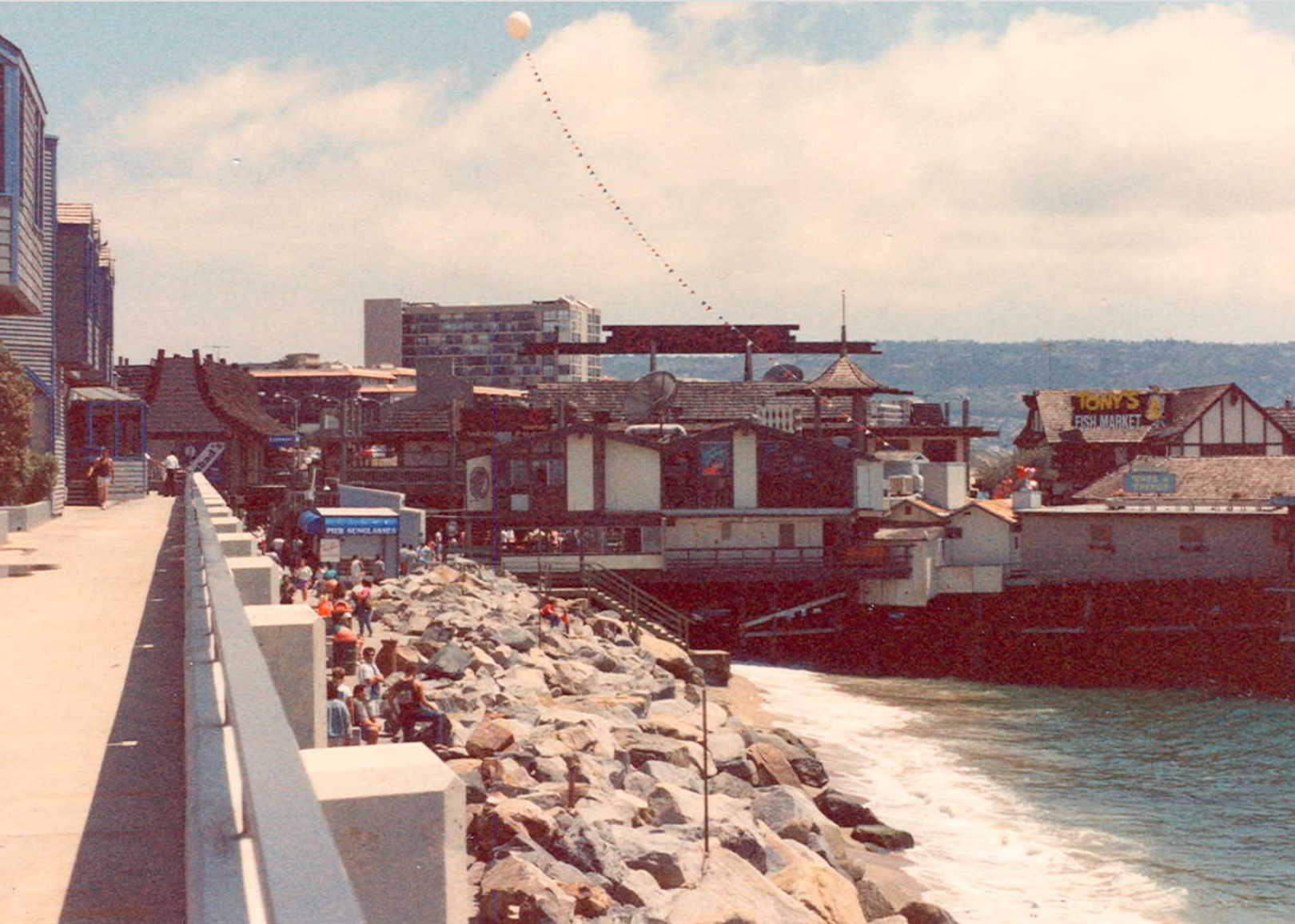
Gyrofrog // Wikimedia Commons
1988: 20-foot waves hit Redondo Beach
A large storm hit Southern California on Jan. 18, 1988, bringing with it unprecedented waves. No area was hit harder than Redondo Beach, where 20-foot waves crashed over the breakwater; they destroyed the pier and many beachfront businesses and properties. In total, the beach town suffered $16 million in damages from the storm.
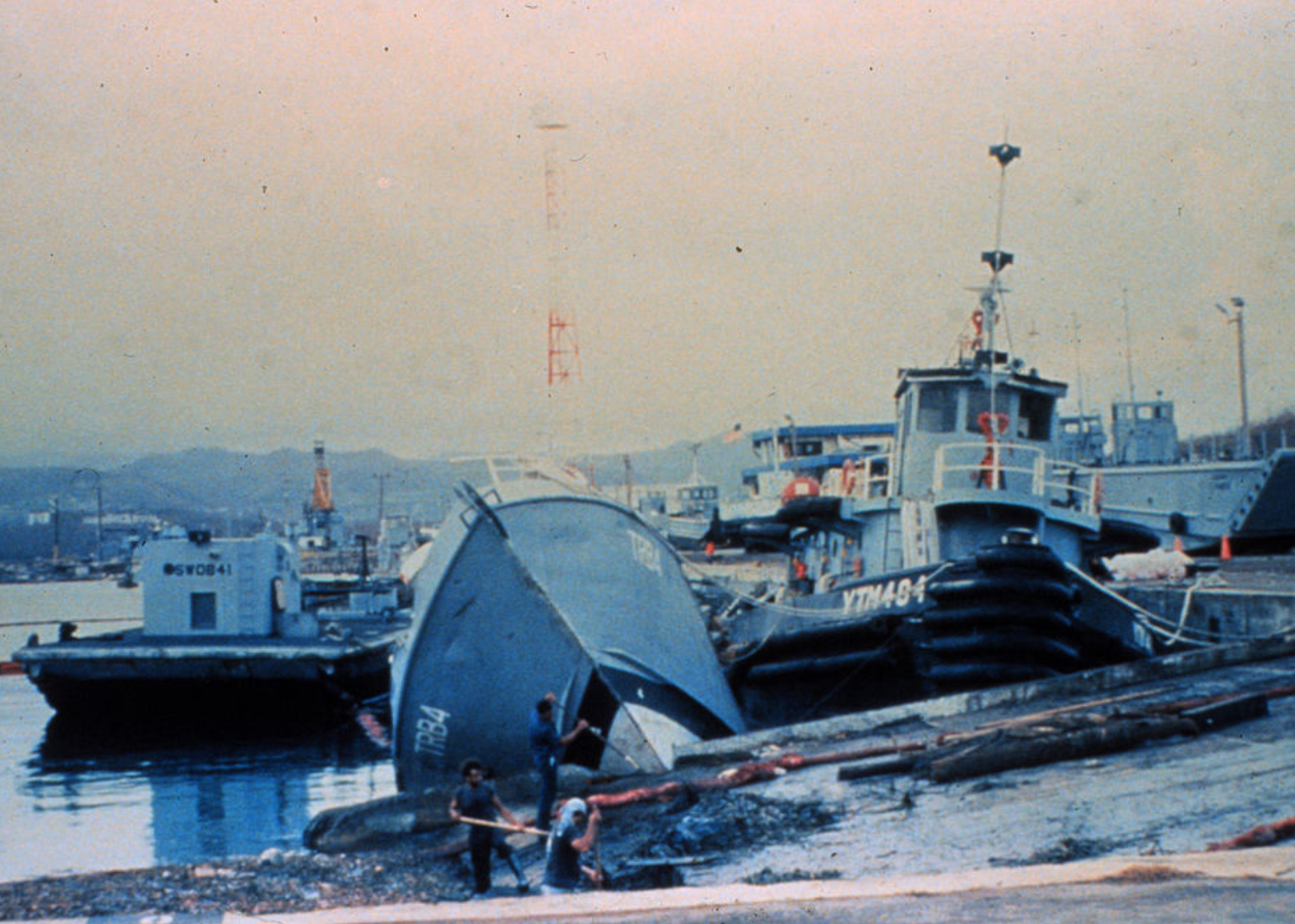
Donald Wernly/NOAA // Wikimedia Commons
1989: Hurricane Hugo
Hurricane Hugo was a Category 4 hurricane by the time it made landfall on Sept. 22, 1989, just north of Charleston, South Carolina. The destructive storm—with winds measuring up to 140 mph—brought with it a nearly 20-foot storm surge that leveled many coastal properties. The winds and rain remained powerful enough to devastate property hundreds of miles inland. In total, Hurricane Hugo killed 49 people, damaged more than 100,000 homes, and caused $8.7 billion in damage on the U.S. mainland, Puerto Rico, and the Virgin Islands. It was the costliest hurricane in U.S. history up to that point.
You may also like: The 90 companies responsible for two-thirds of historical greenhouse gas emissions
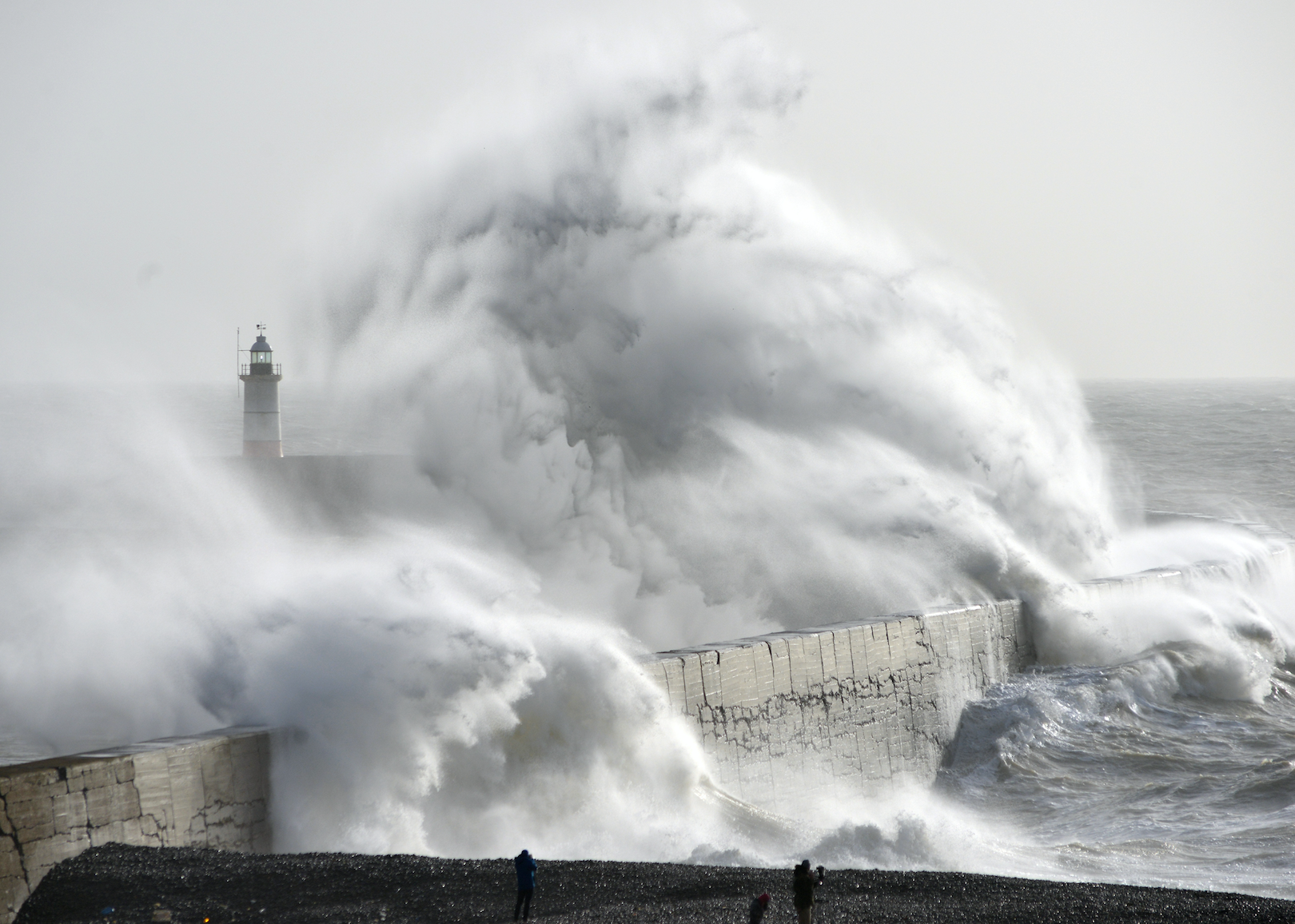
Peter Cripps // Shutterstock
1990: Burns Day Storm
Though slightly less powerful than the Great Storm of 1987, the Burns Day Storm turned out to be deadlier because it made landfall during the day. The storm arrived with hurricane-level winds in the United Kingdom on Jan. 25 and shut down airports and railways and created chaos on the roads. Forty-seven people on the British Isles were killed and another 53 died in other European nations hit by the storm. The weather event was given its name because the center of the storm passed through the birthplace of Scottish poet Robert Burns on his birthday.
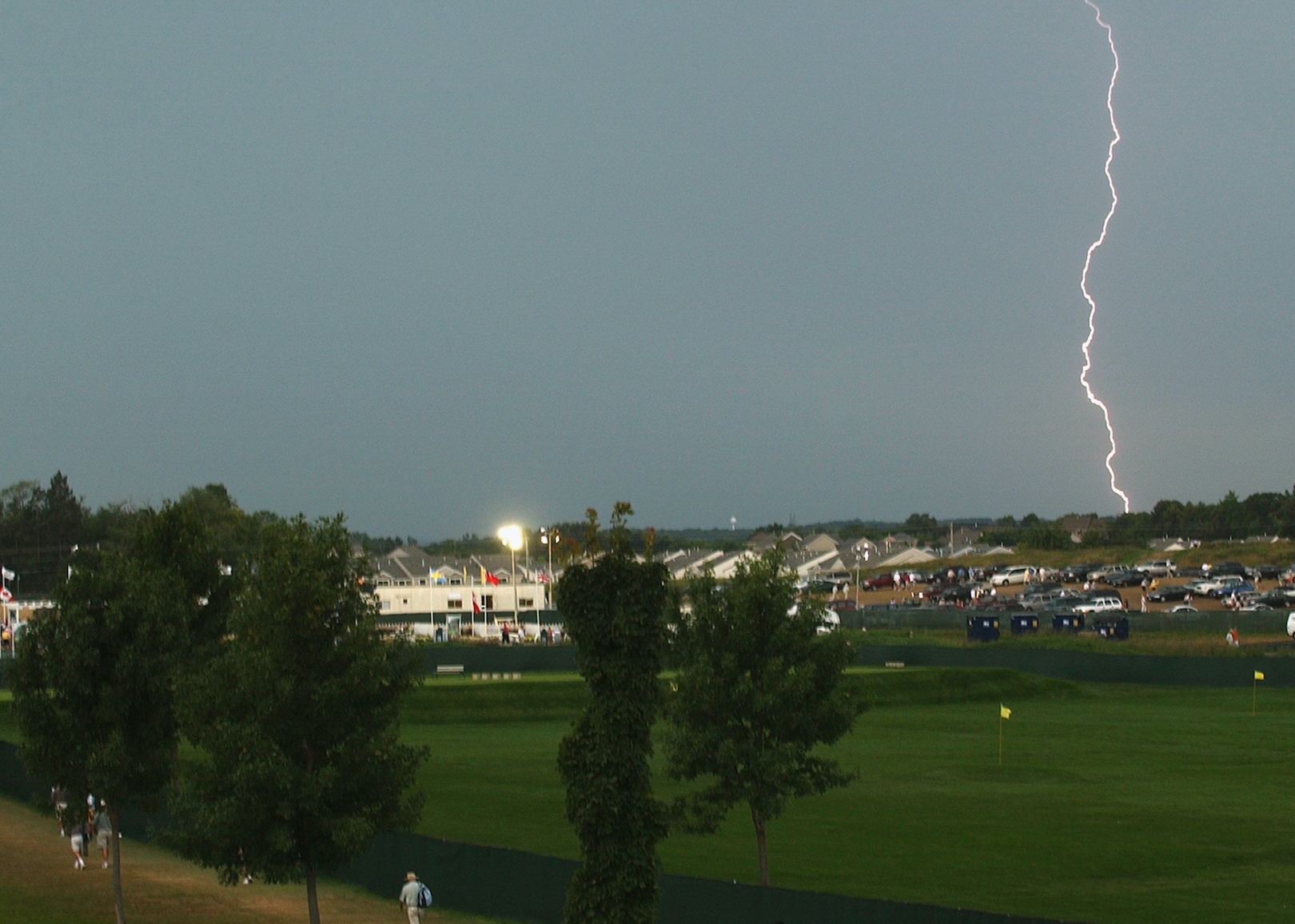
Harry How // Getty Images
1991: Lightning kills fan at U.S. Open
The 91st U.S. Open Golf Tournament, held at Hazeltine National outside Minneapolis in June 1991, turned tragic part of the way through its first round. On June 13, dark clouds rolled in around noon, accompanied by thunder that halted play. Fans were left to fend for themselves in the weather, and 27-year-old William Fadell, seeking shelter under a tree, was struck by lightning. He was thrown into the air by the impact, suffered cardiac arrest, and passed away.
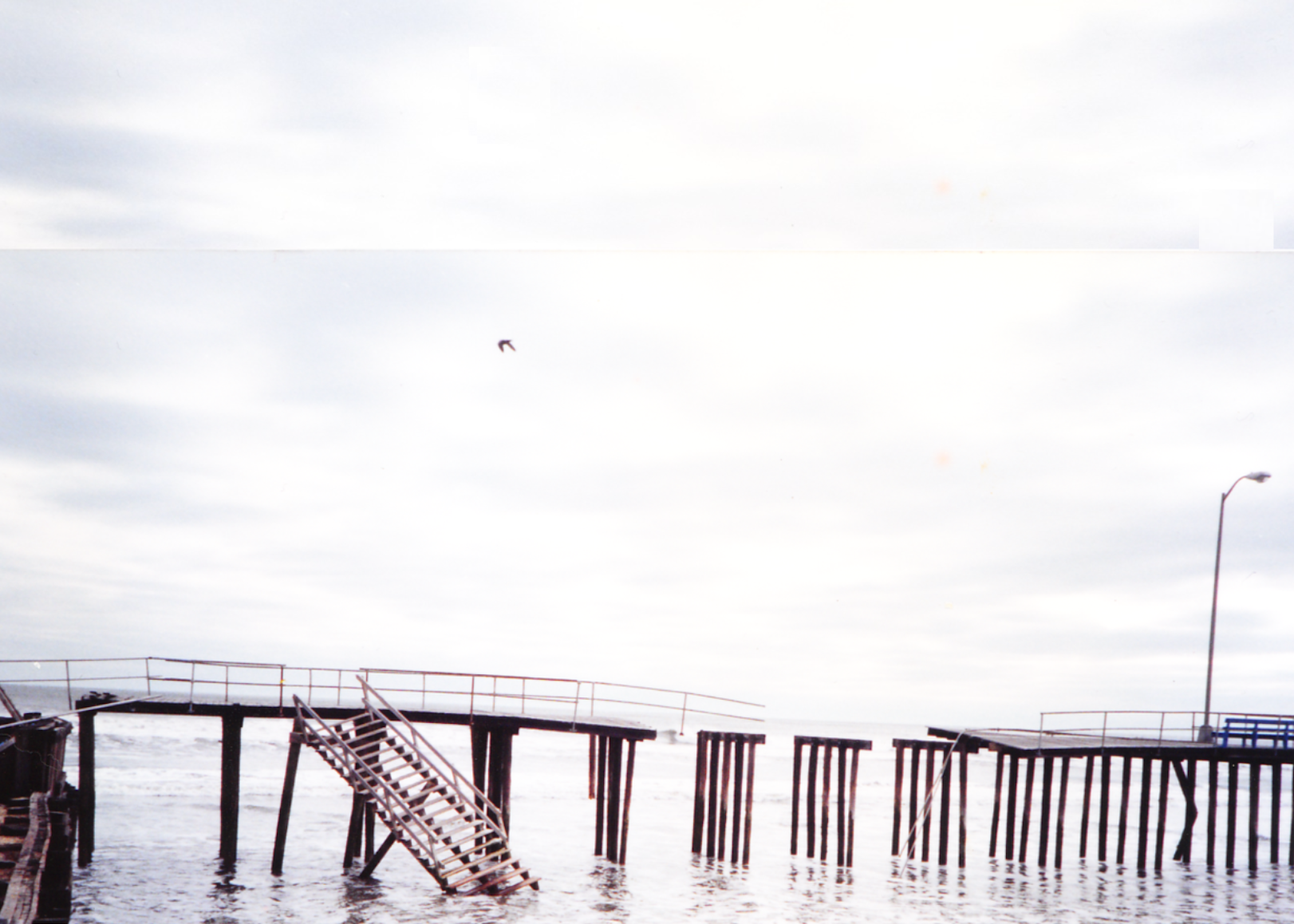
Donna Hink // Wikimedia Commons
1992: A monster nor’easter hits New Jersey
A giant nor’easter blew onto the New Jersey Shore on Dec. 11, 1992, bringing with it 90 mph winds and 25-foot waves. The ocean beat against coastal properties along the shore and lower-lying parts of the area were flooded for days following. In total, the storm caused $500 million worth of damage; it also dumped 4 feet of snow on Massachusetts and upstate New York.
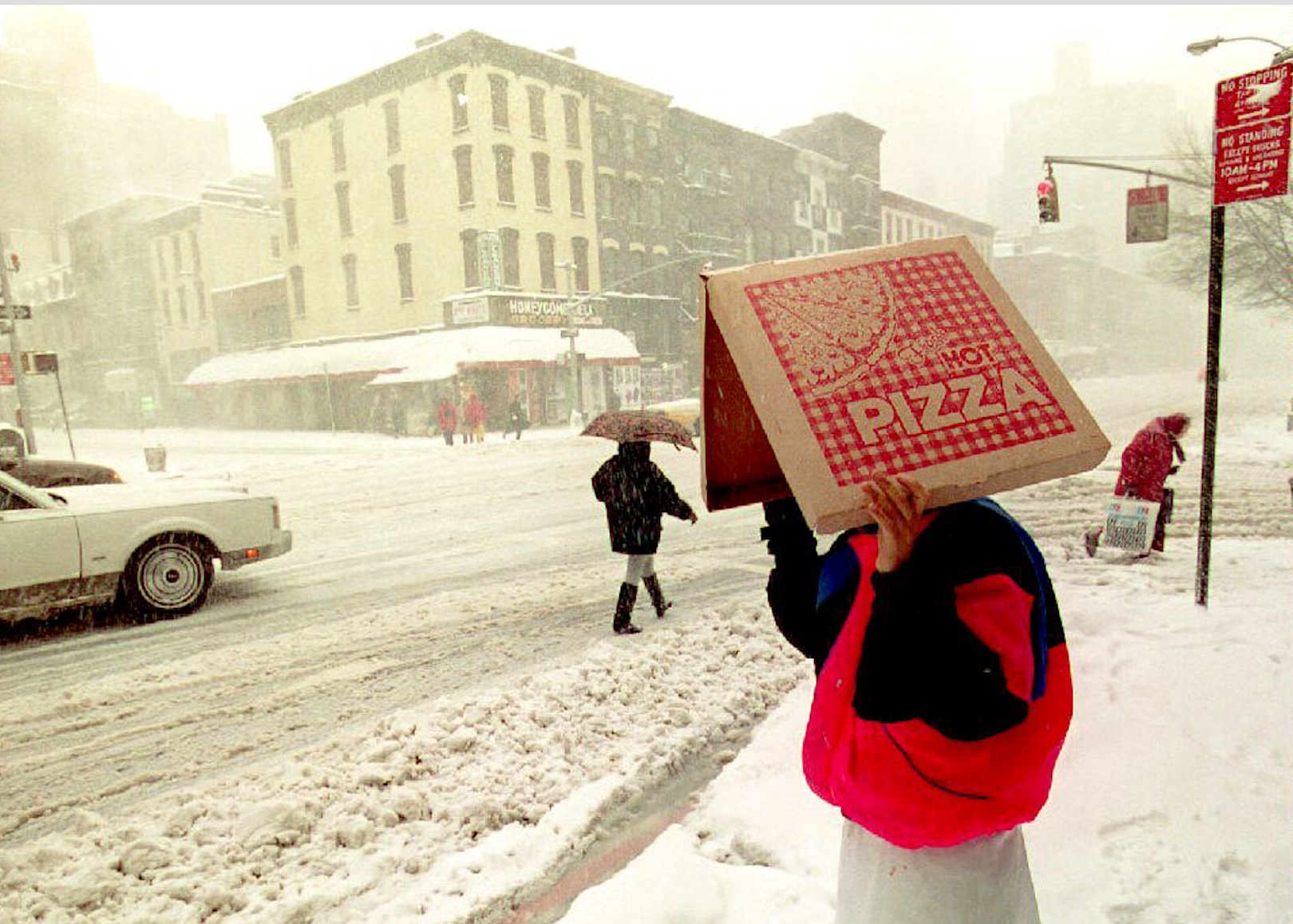
TIM CLARY/AFP // Getty Images
1993: Superstorm ’93
Superstorm ’93, also called The Storm of the Century, wreaked winter havoc across the entirety of the eastern United States. From March 12-14, snow poured down everywhere from Mount LeConte, Tennessee (56 inches) to Syracuse, New York (43 inches). The storm affected nearly 120 million people over an area of more than 550,000 square miles and caused $5.5 billion in damages ($9.8 billion in 2019 dollars). It’s the most costly snowstorm in U.S. history.
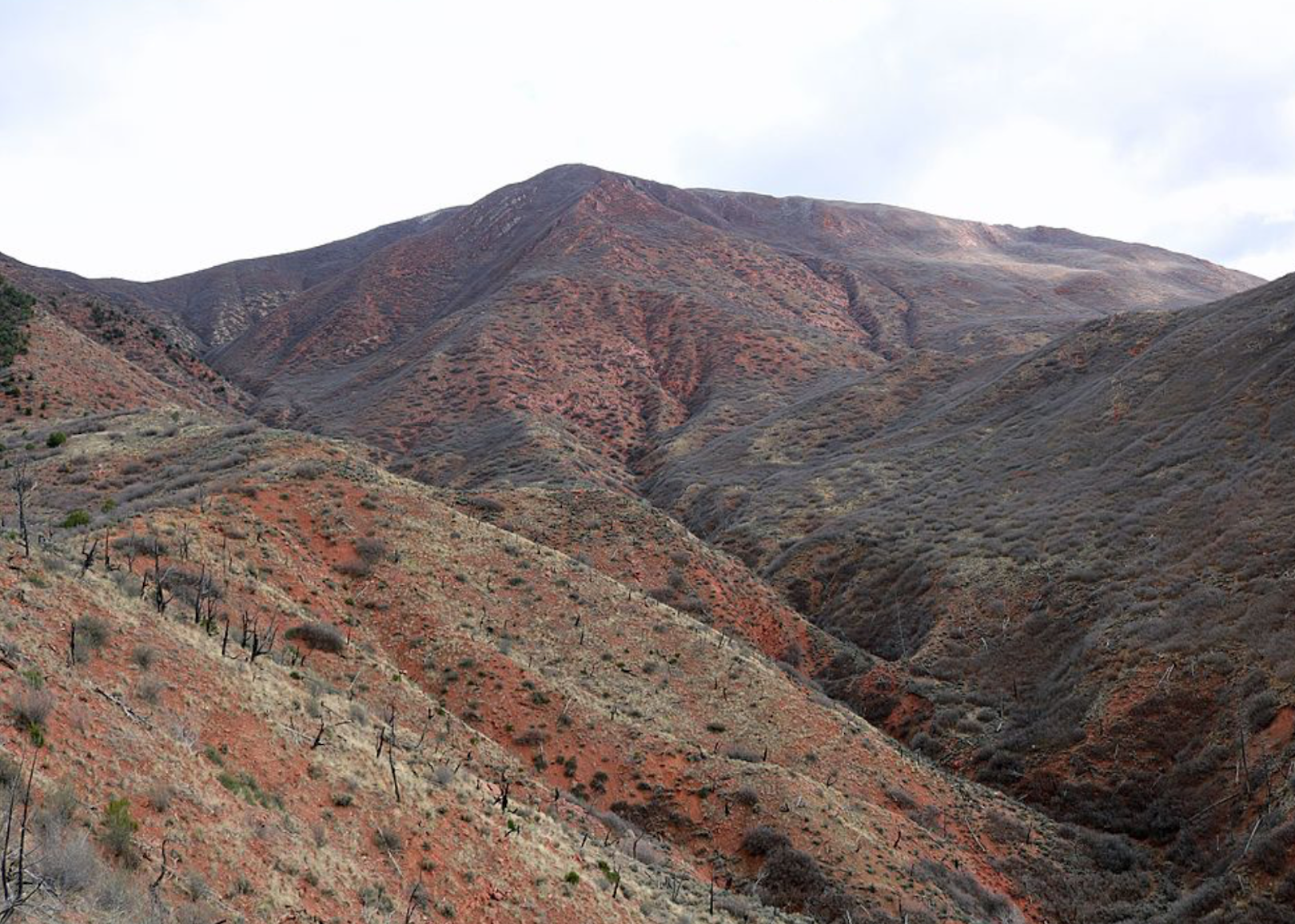
Jeffrey Beall // Wikimedia Commons
1994: The South Canyon fire
When lightning struck near central Colorado on July 6, 1994, it set off a raging wildfire that burned 2,115 acres in the South Canyon area. The wildfire accelerated and became deadly as it reached Storm King Mountain; its explosive flames killed 14 firefighters in the area. The tragedy led to some changes in the way fires were fought and has made firefighting generally safer, even as wildfires become more dangerous.
You may also like: 15 wild weather phenomena
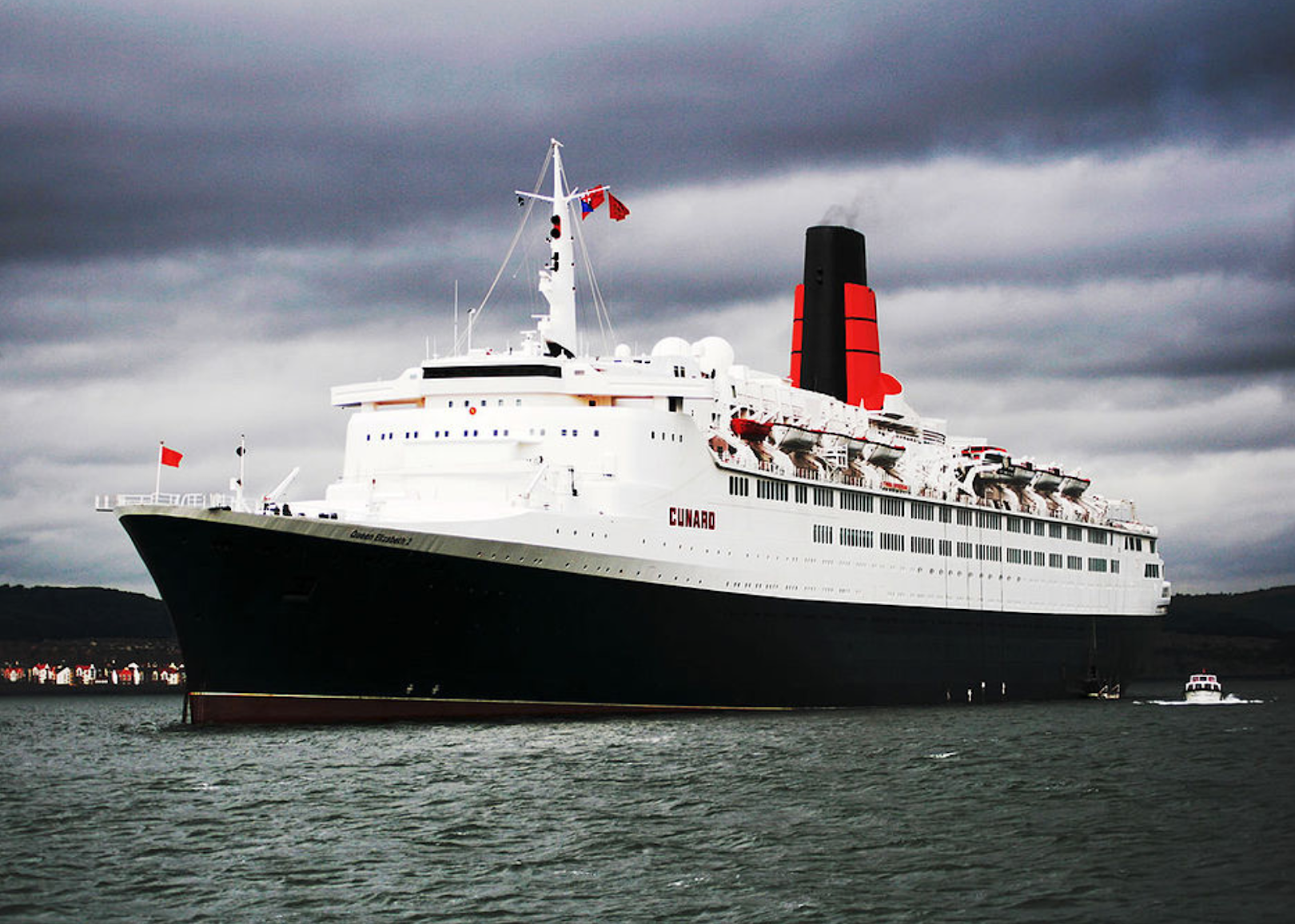
Tim Dyer // Wikimedia Commons
1995: Queen Elizabeth II hit by giant rogue wave
At 4 a.m. on Sept. 11, 1995, Cunard’s Queen Elizabeth II cruise ship was hit by a 95-foot high rogue wave. At the time the wave arrived, Hurricane Luis was raging in the Atlantic, and winds were reported at 130 mph. The captain pointed the ship directly into the massive wave, which meant the extreme contact was not as devastating as it could have been.
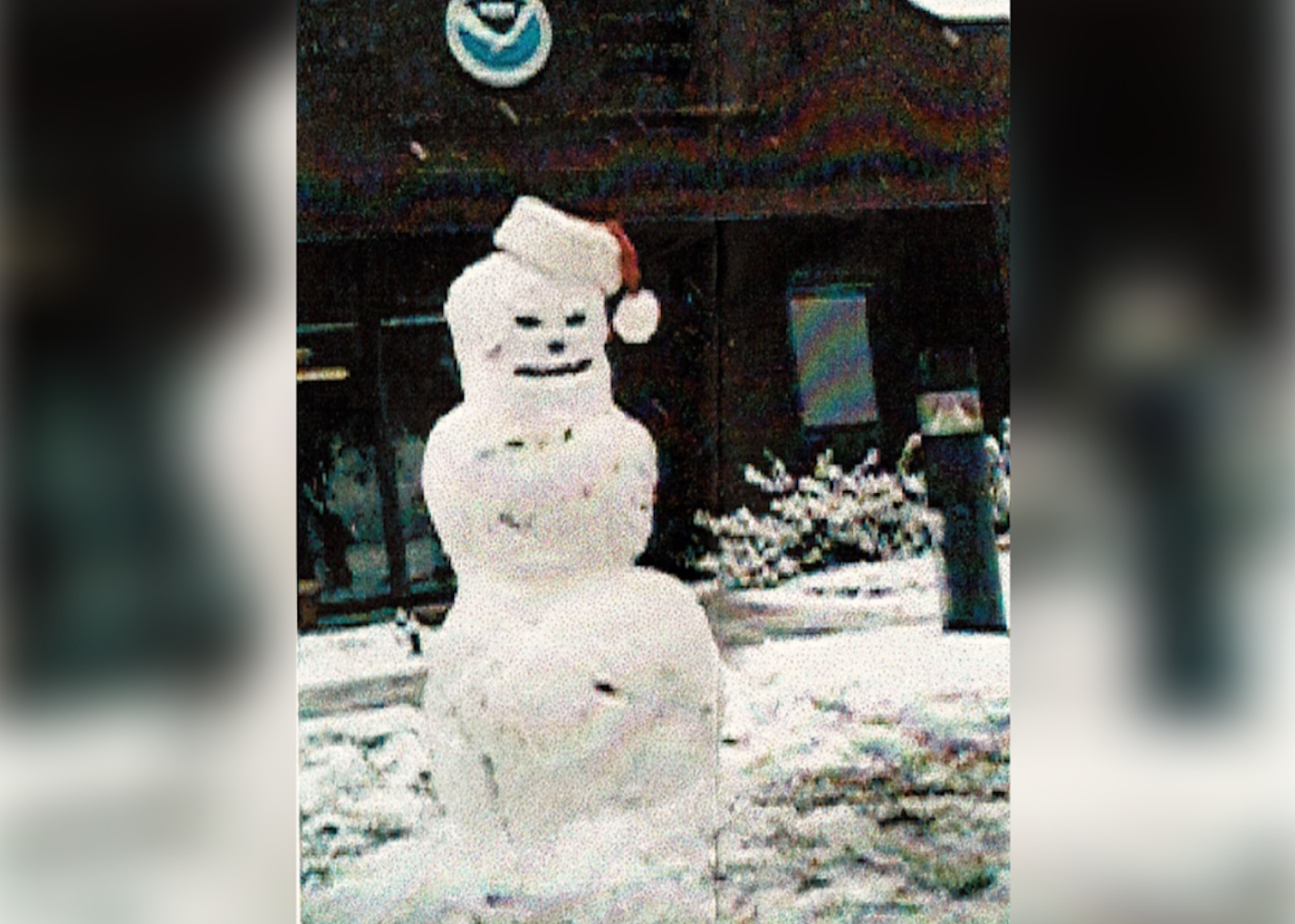
NOAA
1996: Heavy snow along the Central Gulf Coast
While the snowstorm that hit the Central Gulf Coast in 1996 would not be all that newsworthy in the Northeast or Midwest, it was a notable weather event in Florida, Mississippi, and Alabama. On Dec. 18, snow fell across the Central Gulf Coast region with 3.4 inches blanketing the Mobile, Alabama, regional airport. There was even enough snow for National Weather Service workers to build snowmen outside the Mobile office.
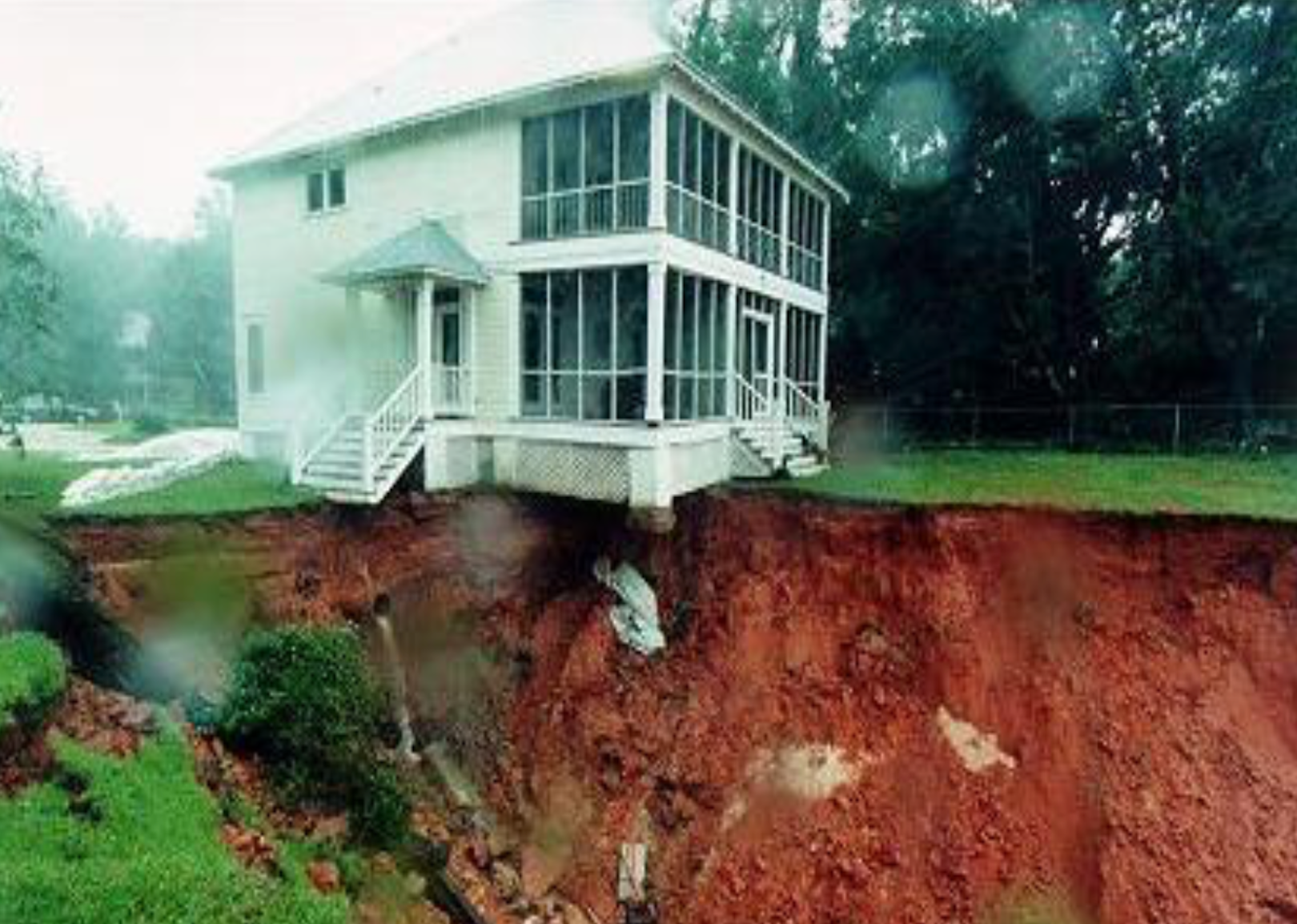
NOAA
1997: Hurricane Danny
Hurricane Danny began as a collection of thunderstorms in lower Mississippi and gained strength as the storm hit the Gulf of Mexico on July 14, 1997. Danny returned to the Gulf Coast on July 18, making landfall in Louisiana before blowing through Alabama, where it had its most devastating effect. Hurricane Danny brought 30 inches of rain to the area outside of Mobile, Alabama, in a weekend, flooding neighborhoods and creating blackouts.
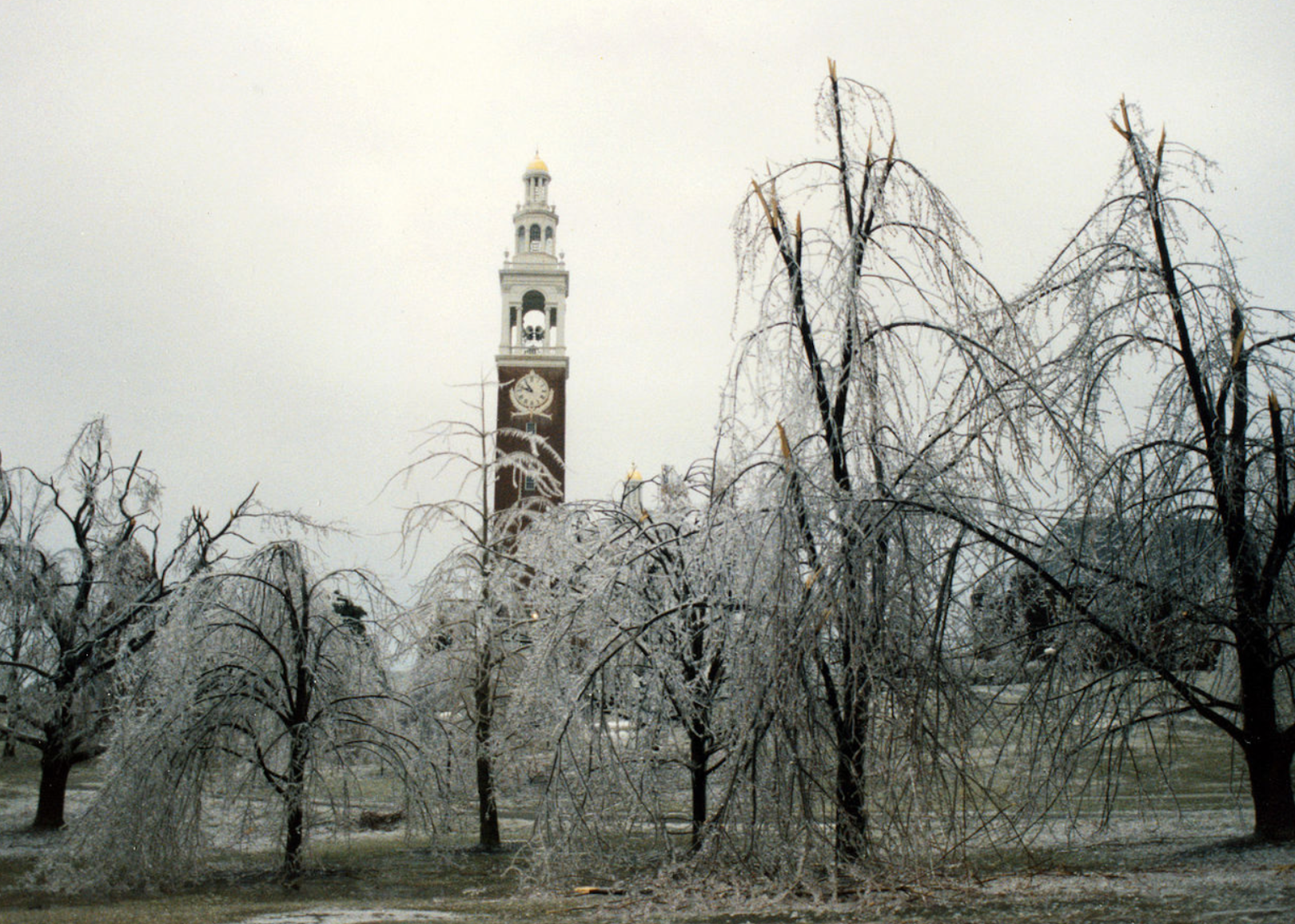
FEMA Photo Library // Wikimedia Commons
1998: Northeast ice storm
Partly due to the effects of El Niño, an especially devastating ice storm hit New York, New England, and Southern Canada in early January 1998. Freezing rain led to rapid ice accumulation, which in turn downed many trees and created massive property damage that surpassed $3 billion. Power outages, icy roads, downed power lines, and other unsafe side effects of the storm led to many injuries and some deaths.
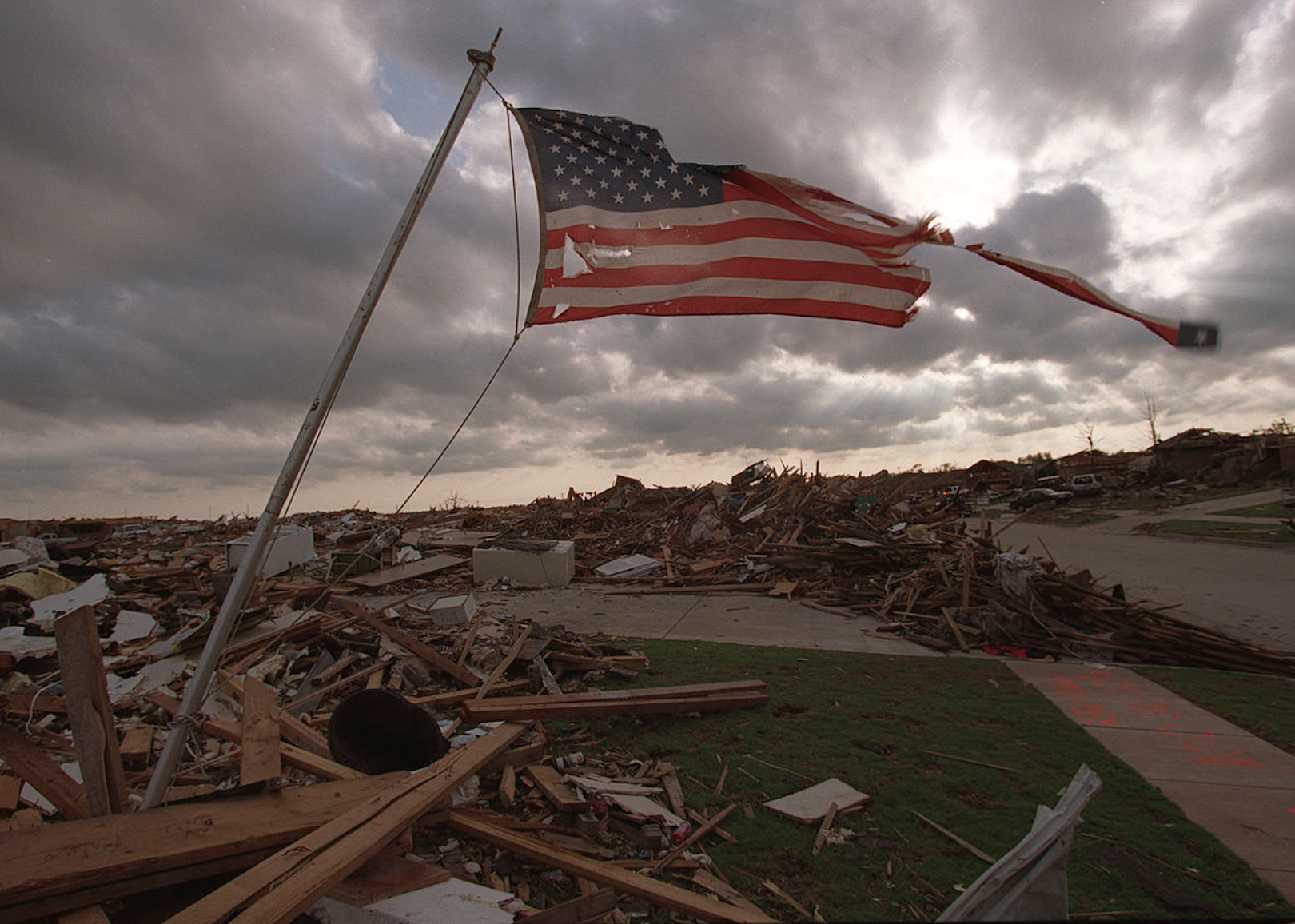
Andrea Booher/FEMA // Wikimedia Commons
1999: Bridge Creek-Moore Tornado
An F5 tornado ripped through the Oklahoma towns of Bridge Creek, Moore, and Newcastle, and into the southern part of Oklahoma City on May 3, 1999. The tornado was the first F5 windstorm to hit Oklahoma City, although the next two decades would bring many more deadly storms to the city. The Bridge Creek-Moore Tornado, also known as the May 3 Tornado, killed 36 people and destroyed 1,800 homes, and had a peak recorded wind speed of 301 mph.
You may also like: How long it takes 50 common items to decompose
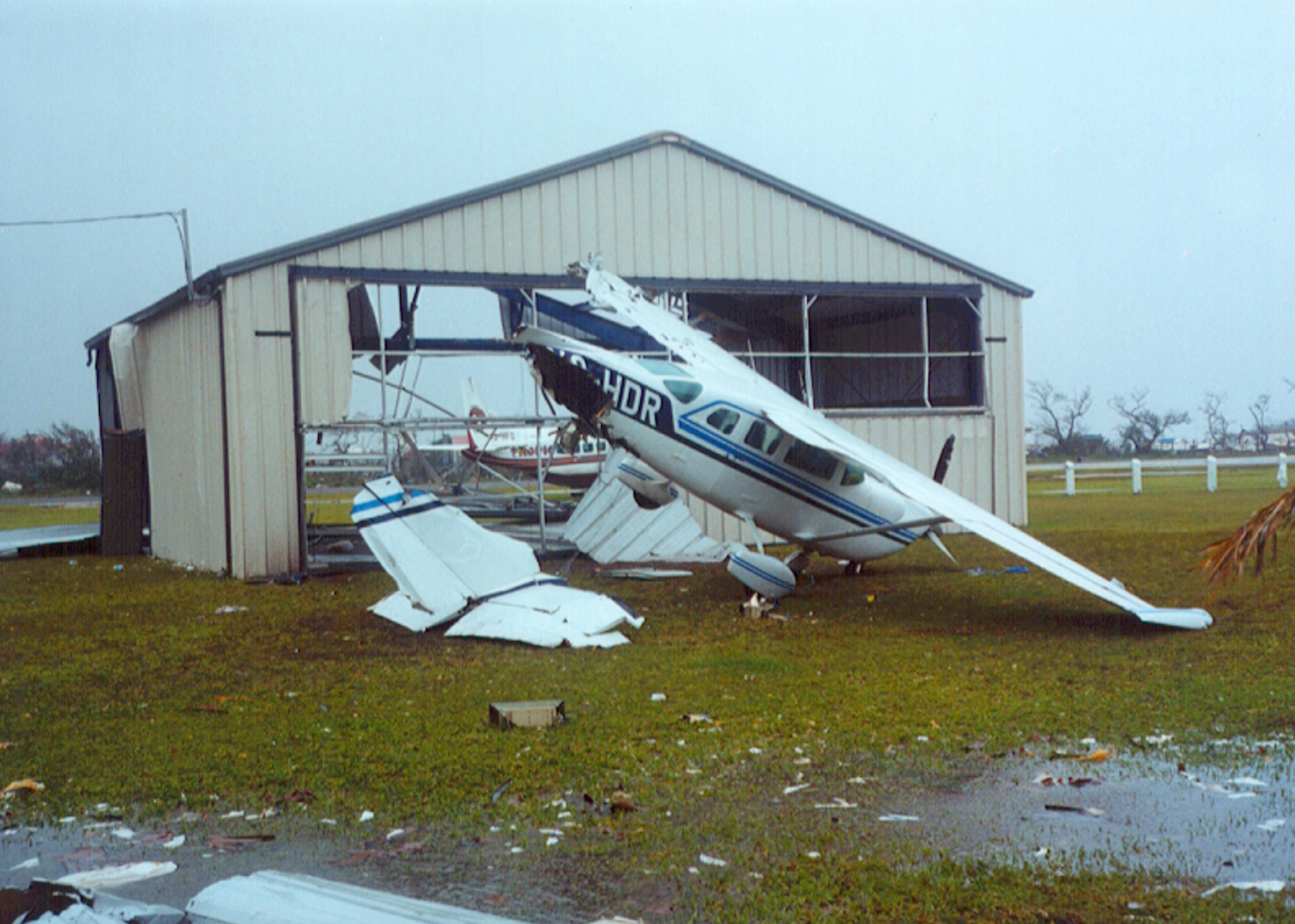
Ian Mackenzie // Wikimedia Commons
2000: Hurricane Keith
Hurricane Keith was the most destructive hurricane of the 2000 Atlantic hurricane season. It made landfall in Central America, battering Nicaragua, Guatemala, Belize, and southern Mexico. Overall, the hurricane caused 68 deaths and more than $300 million in damage. The storm was especially devastating to Belize, wiping out much of the important tourism sector of the country’s economy.
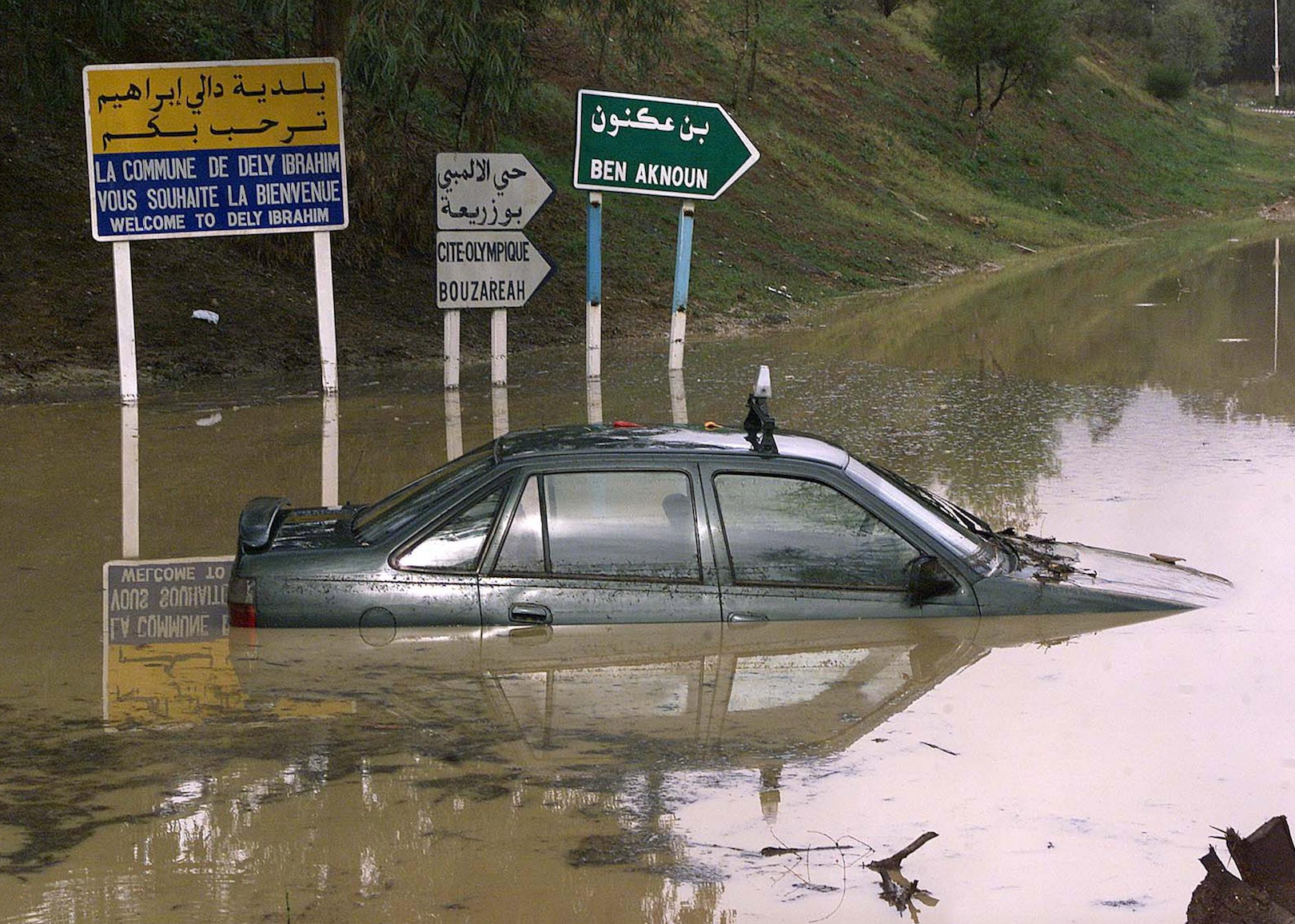
HOCINE/AFP // Getty Images
2001: Deadly floods in Algeria
When heavy rains and powerful winds hit Algeria in 2001, the results were deadly and devastating. Because of the location of a dense working-class neighborhood at the foot of a hill and what newspapers decried as “criminal negligence” by the government, hundreds died in the capital of Algiers. The rains and mudslides hit in November; by Dec. 9, the death count had reached 776.
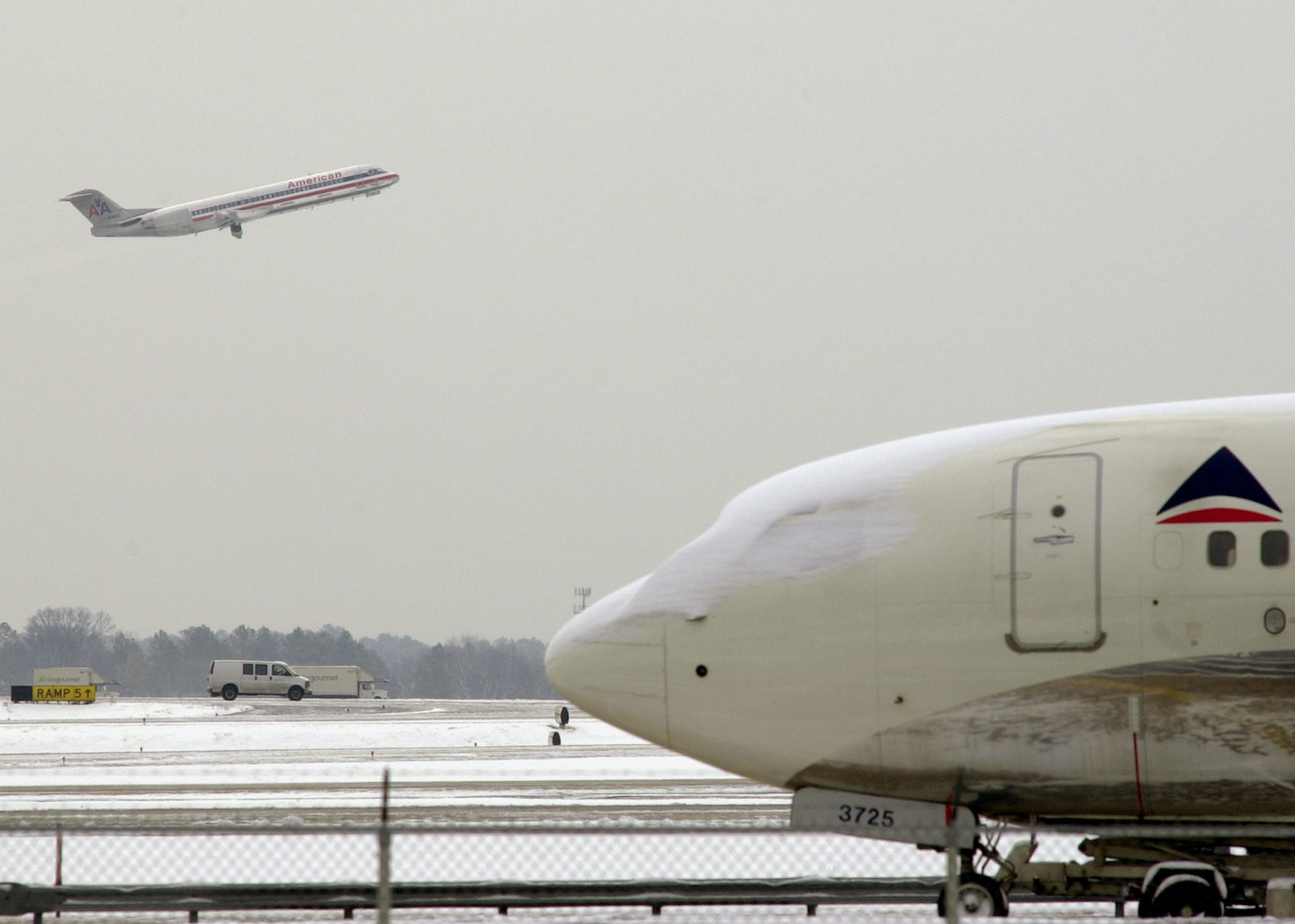
Erik S. Lesser // Getty Images
2002: New Year snow
A few days after New Year’s Day 2002, a snowstorm hit the South and completely shut the region down. There were 10 deaths during the storm and hundreds of car accidents on the icy roads. Flights were grounded in Atlanta, the National Guard was called into South Carolina, and even the Weather Channel had to shut down operations because of the snowfall.
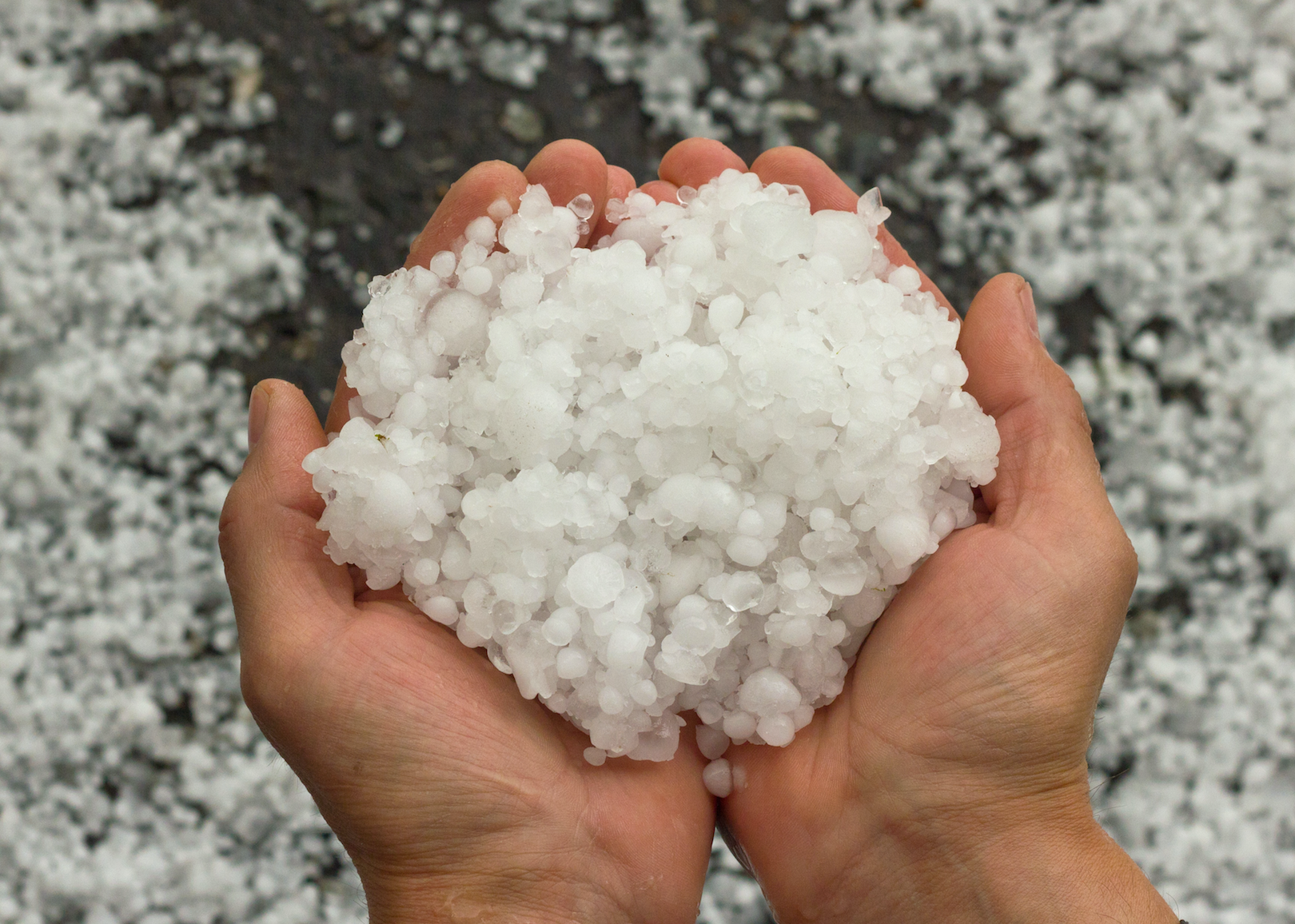
Happy Owl // Shutterstock
2003: Hail falls in Los Angeles
Both Albert Hammond and Tony! Toni! Toné! claimed it never rains in Southern California, but it poured on Nov. 12, 2003. In an area of south central Los Angeles, 5.31 inches of rain fell in a 3-hour window, while in other parts of the neighborhood, small bits of hail fell and stayed frozen long enough to make snowballs. The storm was accompanied by thunder, lightning, and powerful wind; 115,000 people lost power during the night.
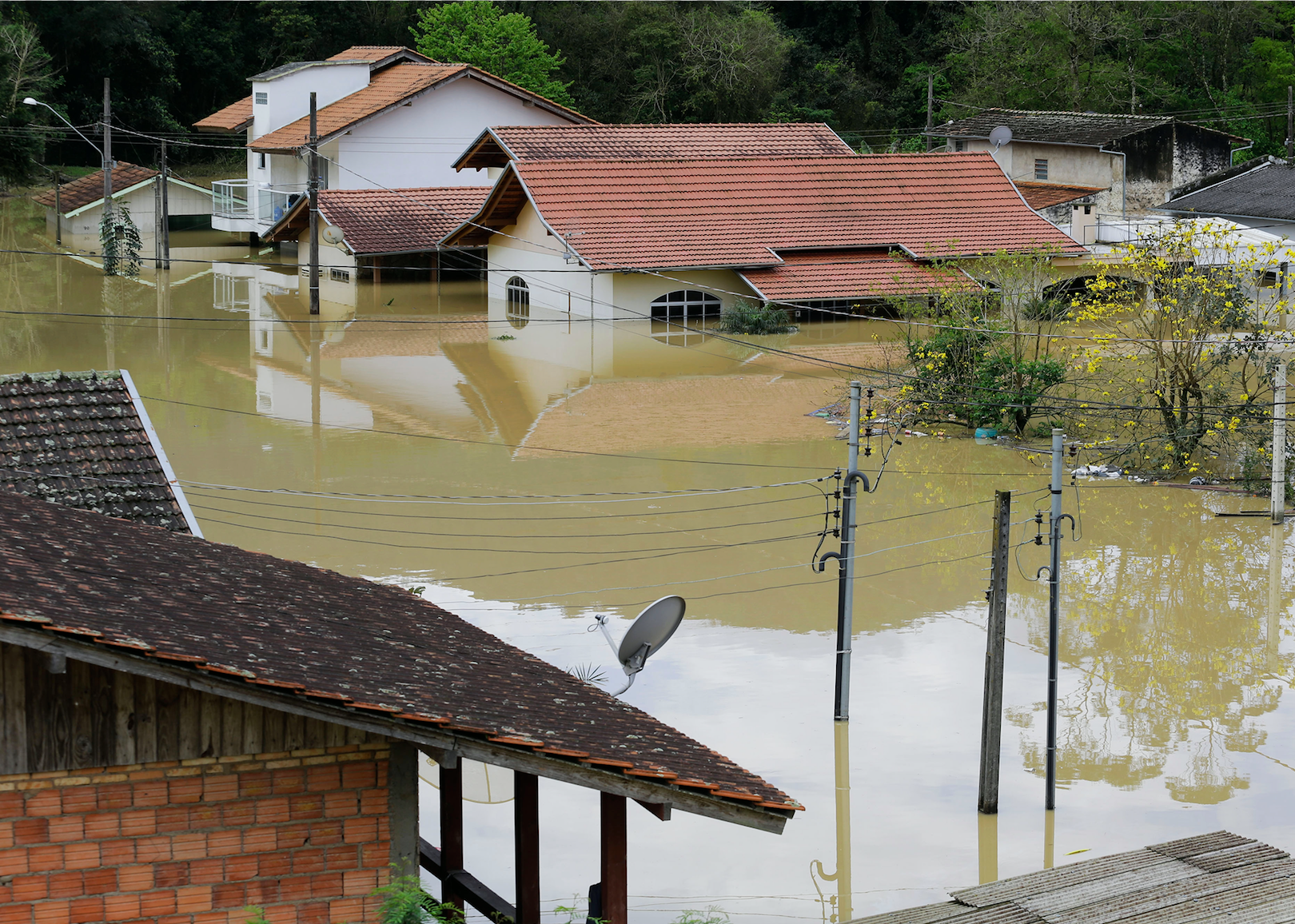
NAntoine // Shutterstock
2004: Hurricane Catarina
Every year brings more hurricanes to the North Atlantic, but until 2004 there had never been a recorded hurricane in the South Atlantic Basin. That changed in March of that year when a storm off the coast of Brazil gained strength as it moved westward toward southern Brazil. The hurricane made landfall in the Brazilian state of Catarina and was captured in a photograph from space by the crew of the International Space Station.
You may also like: Most expensive climate disasters in recent decades
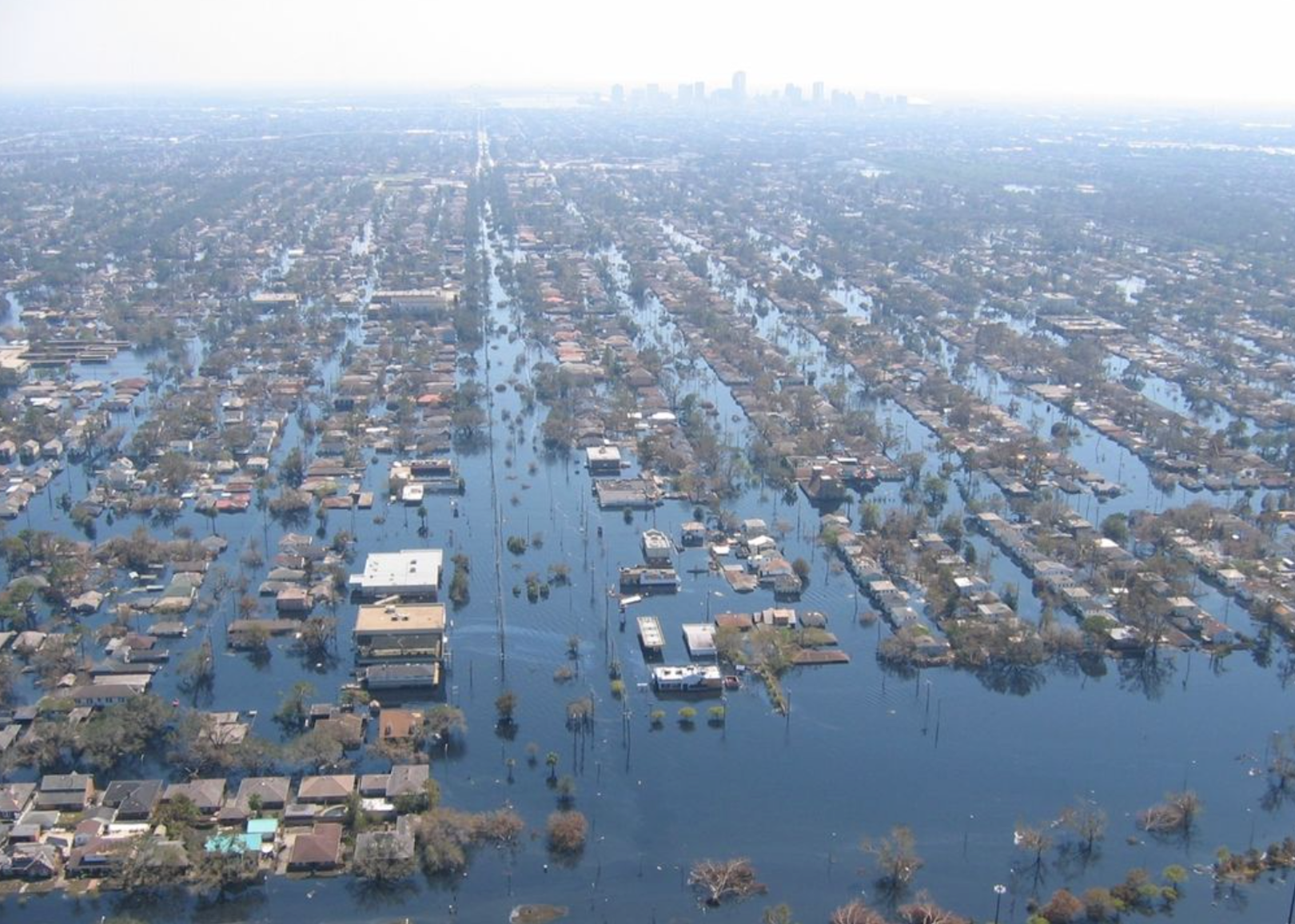
Mark Moran/NOAA // Wikimedia Commons
2005: Hurricane Katrina
Hurricane Katrina first formed over the Bahamas on Aug. 23, 2005. By the time it made landfall on the Gulf Coast four days later, the storm was a 400-mile-wide Category 5 hurricane. The storm ravaged buildings with 100-140 mph winds, but the most devastation was wrought by levee breaches that caused widespread flooding throughout Louisiana, Mississippi, and Alabama. New Orleans was hit hardest of all, and the population in poorer, low-lying neighborhoods like the Ninth Ward lost everything and had to escape to attics or roofs to stay above the water line. President George W. Bush was criticized at the time for FEMA’s slow response to the national crisis. In total, the hurricane caused more than $100 billion in damage and killed 1,833 people.
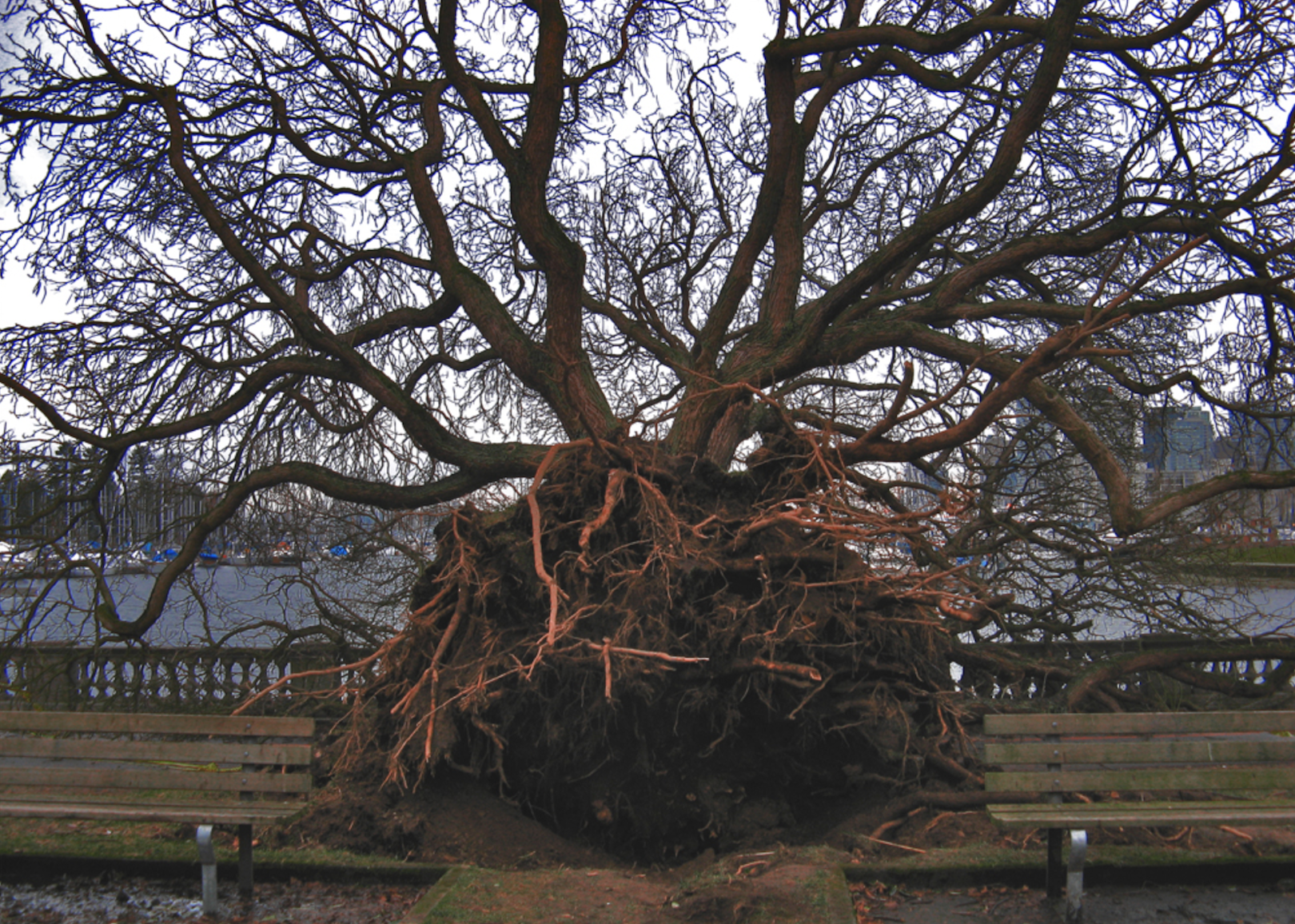
Bobanny // Wikimedia Commons
2006: British Columbia windstorm
Vancouver, Canada residents woke up on Dec. 16, 2006, to the wreckage of a windstorm that blew through their city the night before. With pouring rain and 98 mph gusts of wind, the storm knocked over thousands of trees and destroyed scores of cars and homes. It also brought with it widespread blackouts: 250,000 Vancouver homes lost power during the windstorm.
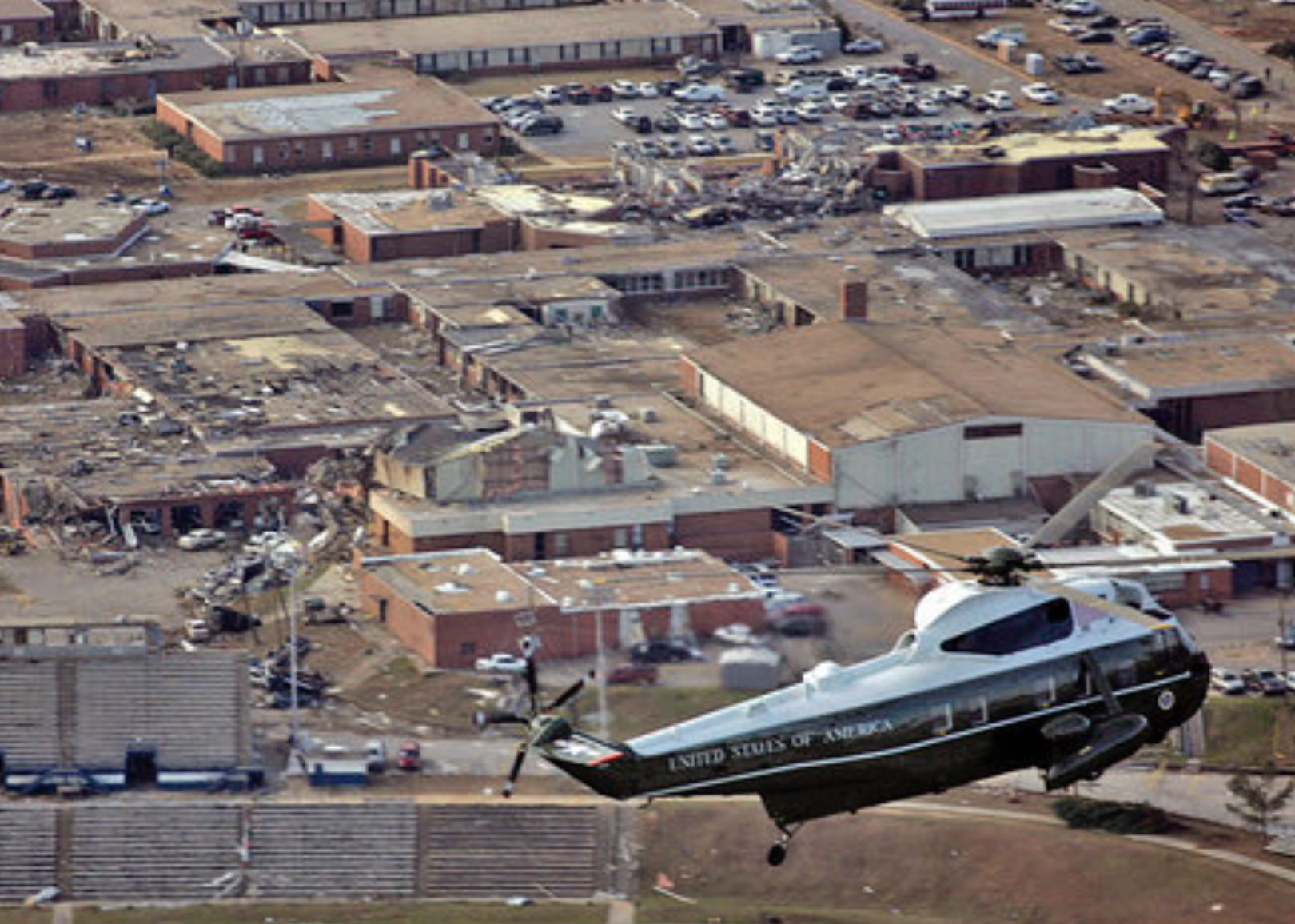
Paul Morse/White House Photo // Wikimedia Commons
2007: Millers Ferry Tornado
In the early afternoon of March 1, 2007, an EF4 tornado near Millers Ferry landed in Wilcox County, Alabama. The windstorm traveled along Sand Island Drive, destroying 40 homes and killing one person along the way. The Millers Ferry Tornado reached wind speeds of 185 mph and traveled 6.1 miles, but fortunately struck before vacationers—who populate most of the homes in the area—arrived for the summer.

Jocelyn Augustino/FEMA // Wikimedia Commons
2008: Super Tuesday Tornado Outbreak
On Feb. 5-6, 2008, 86 tornadoes raged across 10 states, killing 57 people. The cluster of storms was named the “Super Tuesday Tornado Outbreak” because Tuesday, Feb. 5 was the day 24 states held their presidential primaries. Five of the 86 tornadoes were classified as EF4—one EF4 that blew 122 miles through northern Arkansas killed 13 and injured 139.
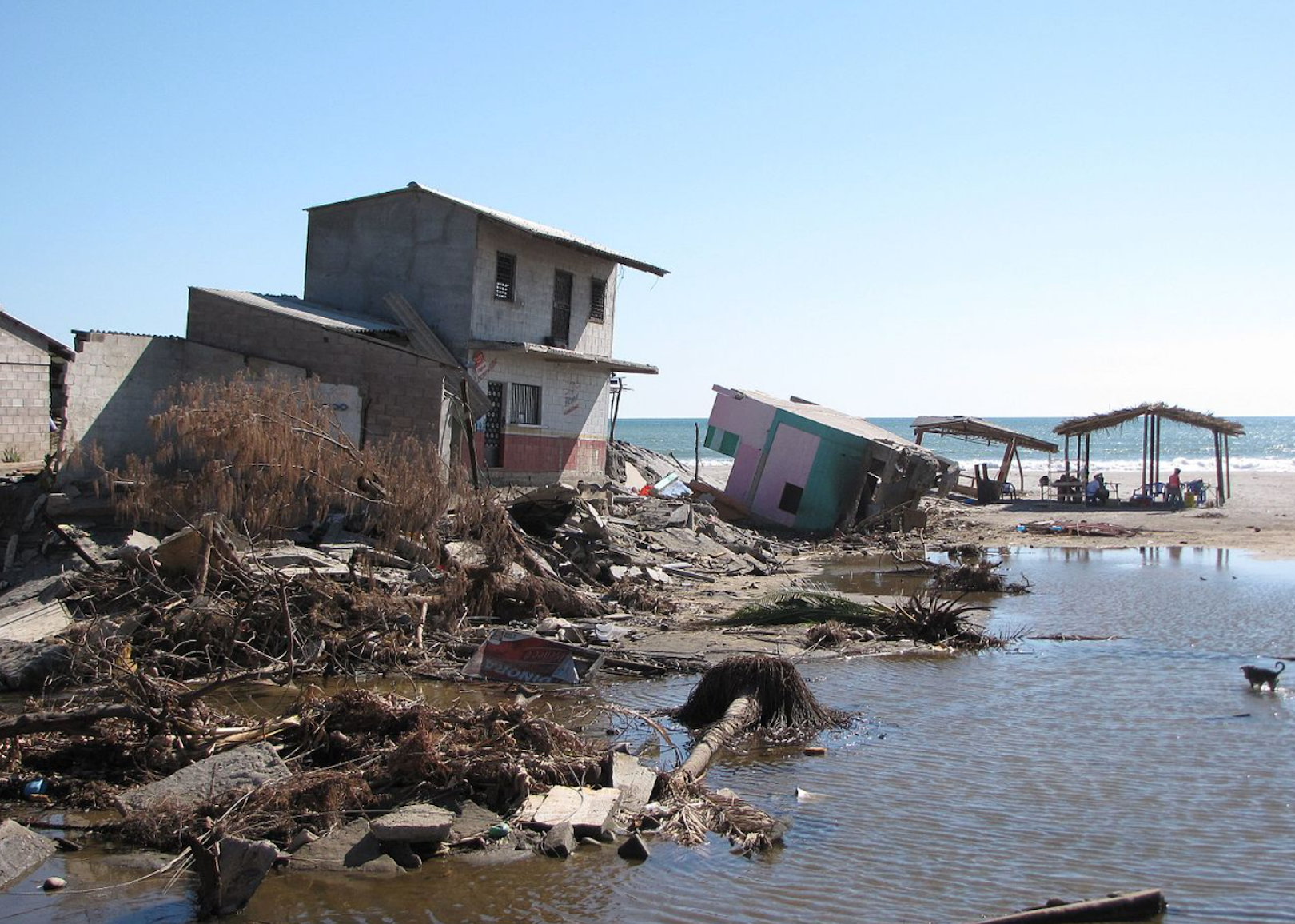
Daniel chavez castro // Wikimedia Commons
2009: Hurricane Ida
Hurricane Ida, which first formed in the Caribbean Sea on Nov. 2, 2009, was far from the most devastating hurricane to ever hit Alabama. But the fact that it made landfall on Nov. 10 on Dauphin Island makes it notable—Nov. 10 was the second latest date for a hurricane to form and make landfall on the Gulf Coast, and it served as an ominous sign that hurricane season could be lengthening.
You may also like: States with the worst droughts
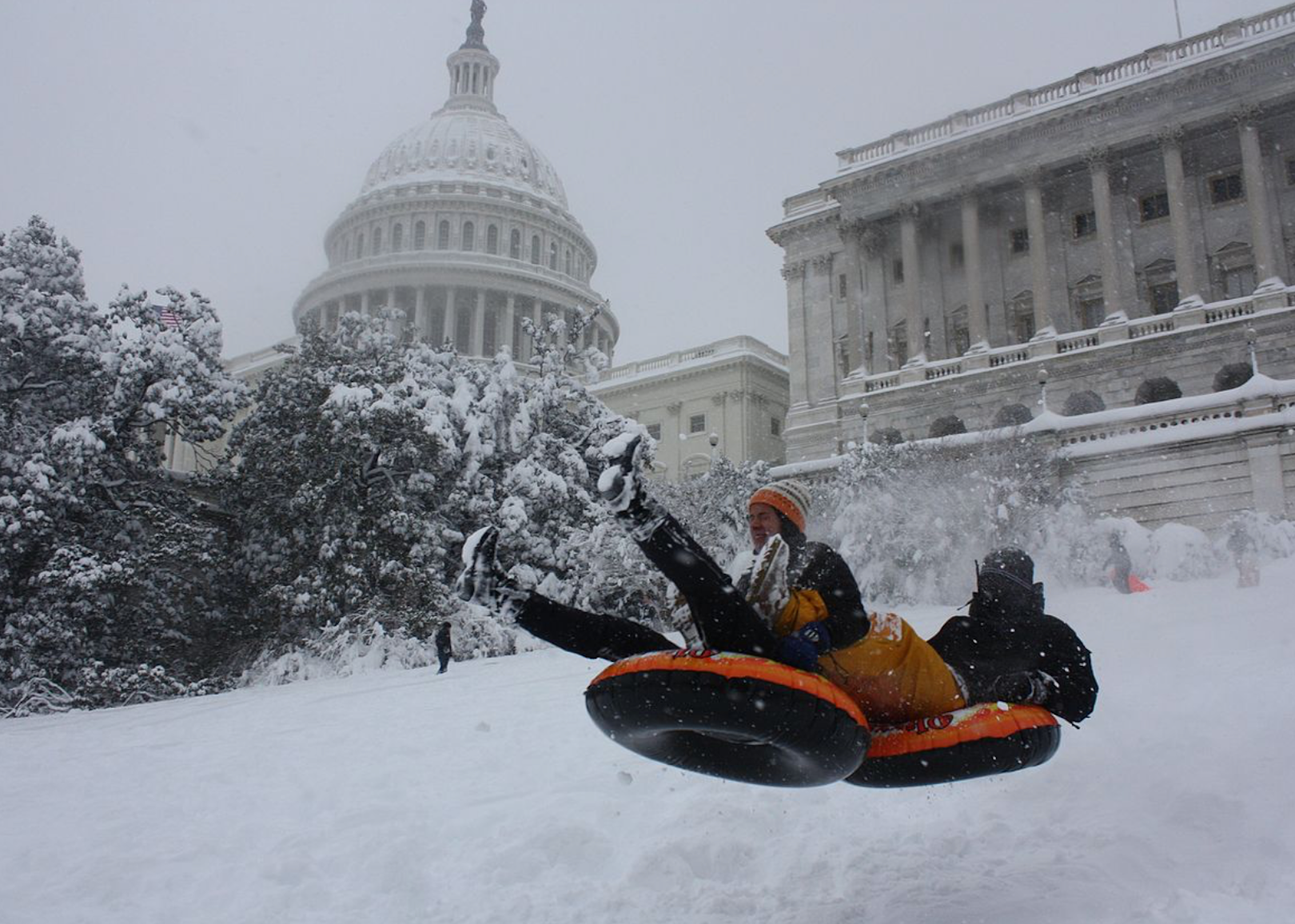
Bruno Sanchez-Andrade Nuño // Wikimedia Commons
2010: Snowmageddon
When the mid-Atlantic region was hit by a giant snowstorm Feb. 5-6, everything in Washington D.C., Maryland, Virginia, and the surrounding areas came to a halt. Schools closed, flights were grounded, and the federal government shuttered its D.C. operations while the city was peppered with 3 feet of snow. For a time, it seemed unsettled whether the winter weather event would be dubbed the “Snowpocalypse” or “Snowmageddon” but President Barack Obama using the latter in a speech set the name in stone.
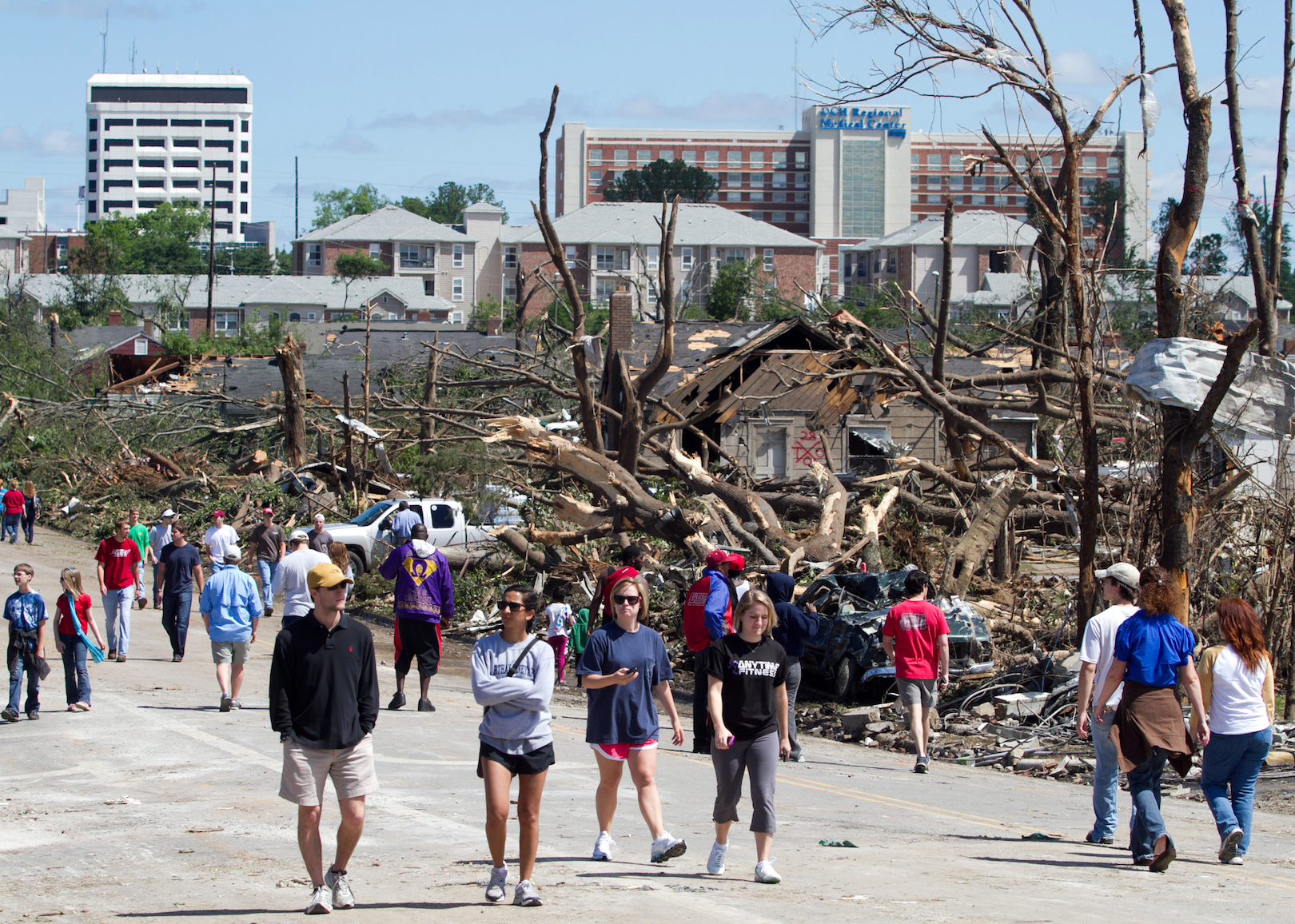
Jessica McGowan // Getty Images
2011: Super Outbreak
During a four-day period in April 2011, an unprecedented 362 tornadoes hit the southeastern United States, causing $11 billion in damage and killing 321 people. The 2011 Super Outbreak, which hit from April 25-28, smashed the record for total tornadoes ever recorded in a single April; it also brought three EF5 tornadoes, a single one of which hadn’t hit the U.S. in three years prior. Thirteen southern states were hit hard by the windstorms, but none more than Alabama—an EF4 ravaged through Tuscaloosa and Birmingham, flattening much of the cities.
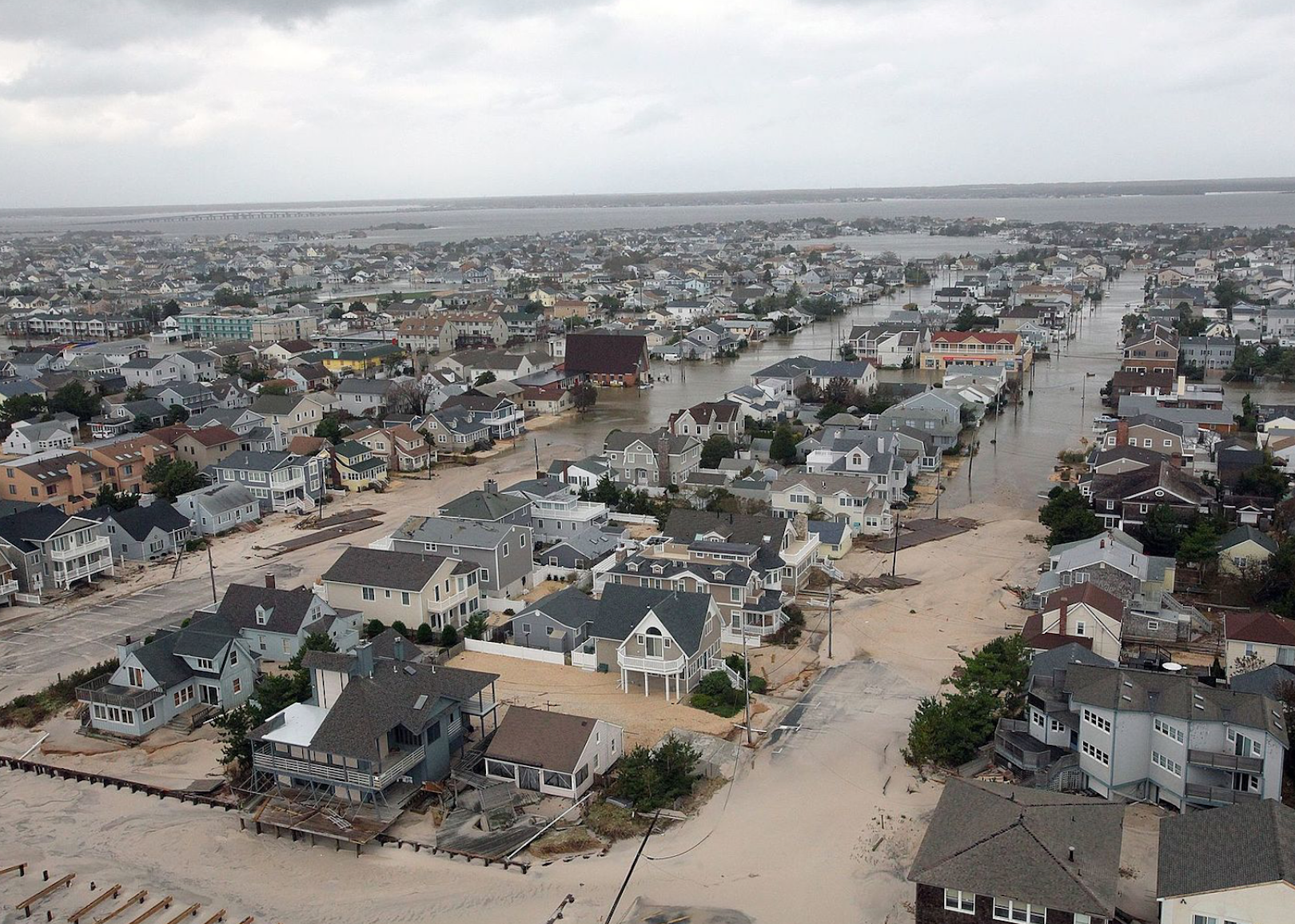
DVIDSHUB // Wikimedia Commons
2012: Hurricane Sandy
Sandy began to form as a tropical storm in the Caribbean Sea on Oct. 22, 2012, and two days later became a Category 1 hurricane. Hurricane Sandy finally made landfall in the Northeastern U.S. on Oct. 29, battering the coastline near Atlantic City, New Jersey. Many northeastern states had declared states of emergency, which meant most businesses and institutions were shut down for days. Blackouts hit much of the Northeast during the storm and hundreds of homes in Queens, New York, burned to the ground the night the storm made landfall. In total, Hurricane Sandy caused $71 billion in damage and killed 147 people.
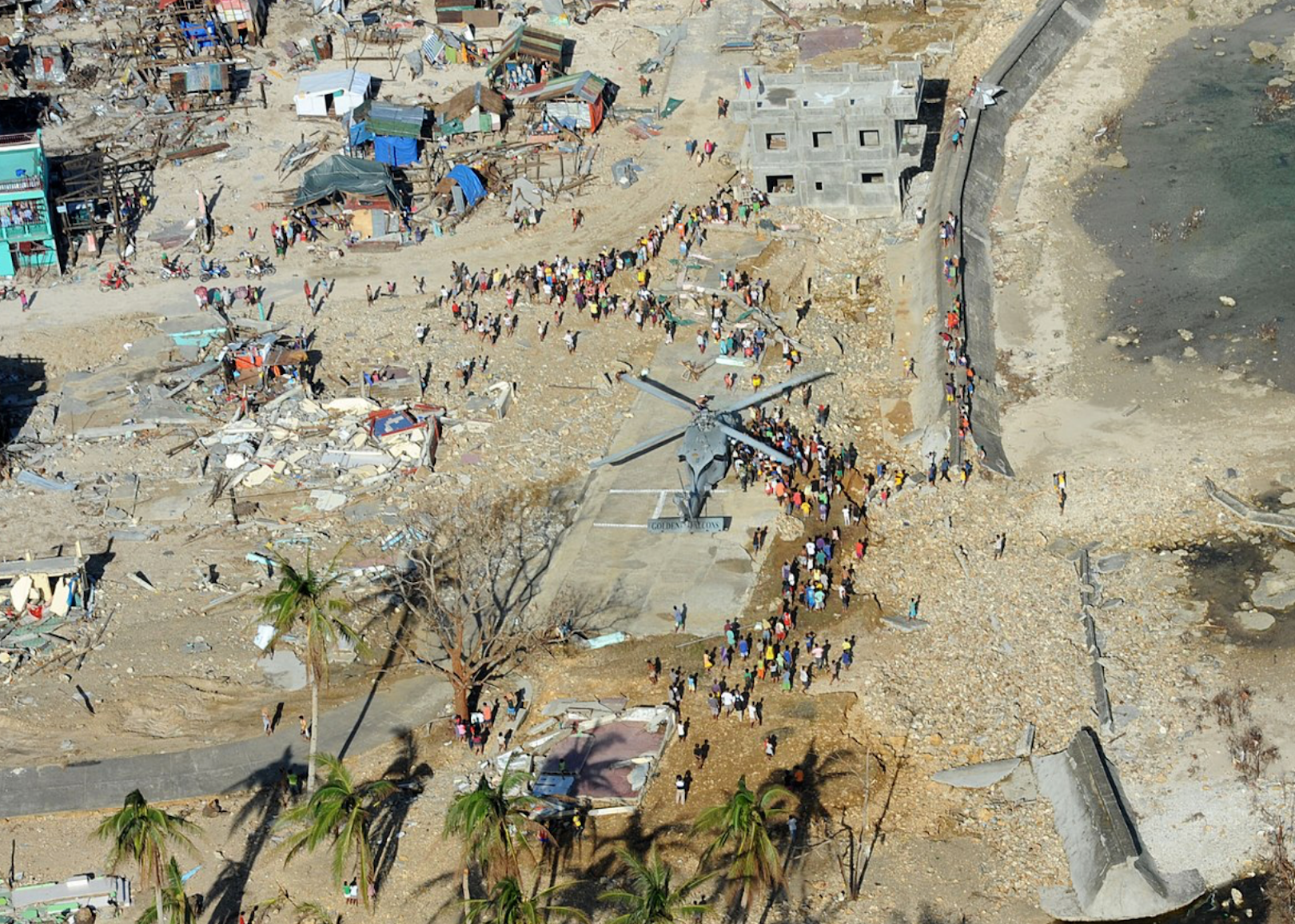
Peter Burghart/U.S. Navy // Wikimedia Commons
2013: Typhoon Haiyan
Typhoon Haiyan made landfall in the Philippines on Nov. 7, 2013, with winds blowing at 195 mph, making it the most powerful storm to ever hit land. Typhoon Haiyan devastated the country by destroying 1.1 million homes, displacing more than 4 million people, and killing more than 7,000. Haiyan did more than $5.8 billion worth of damage.
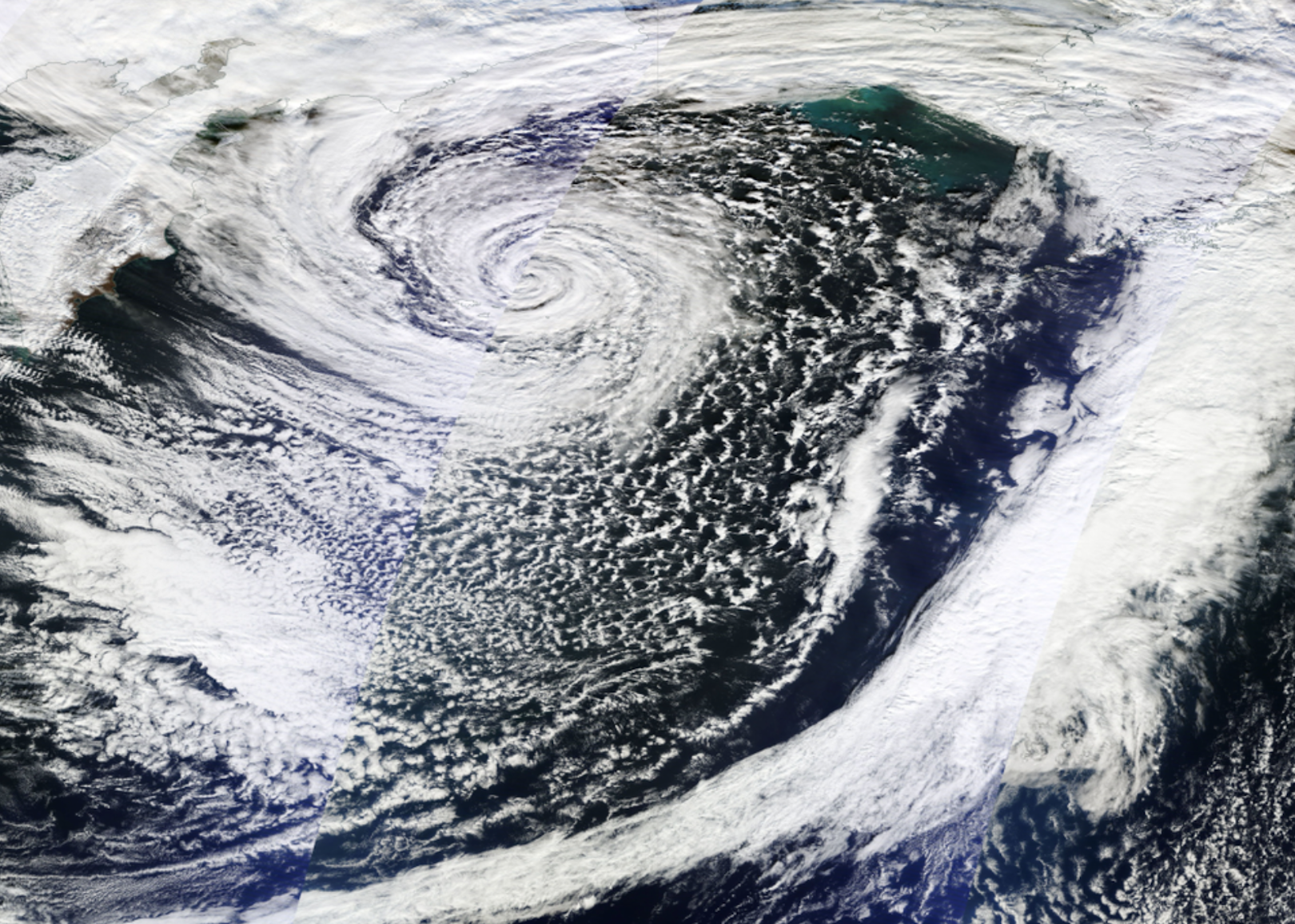
NASA // Wikimedia Commons
2014: Bomb cyclone hits the Bering Sea
In November 2014, Super Typhoon Nuri found its way into the Bering Sea between Russia and Alaska. The storm was the most powerful to ever reach the area, with barometric pressure lower than that of Hurricane Sandy (the rule of thumb is that the lower the barometric pressure, the more powerful the storm). The storm in the Bering Sea created 45-foot waves and winds that measured 97 mph. Thankfully, the storm only created minor damage because it did not make landfall in Russia or mainland Alaska.
You may also like: What 60 years of data tell us about our garbage habits
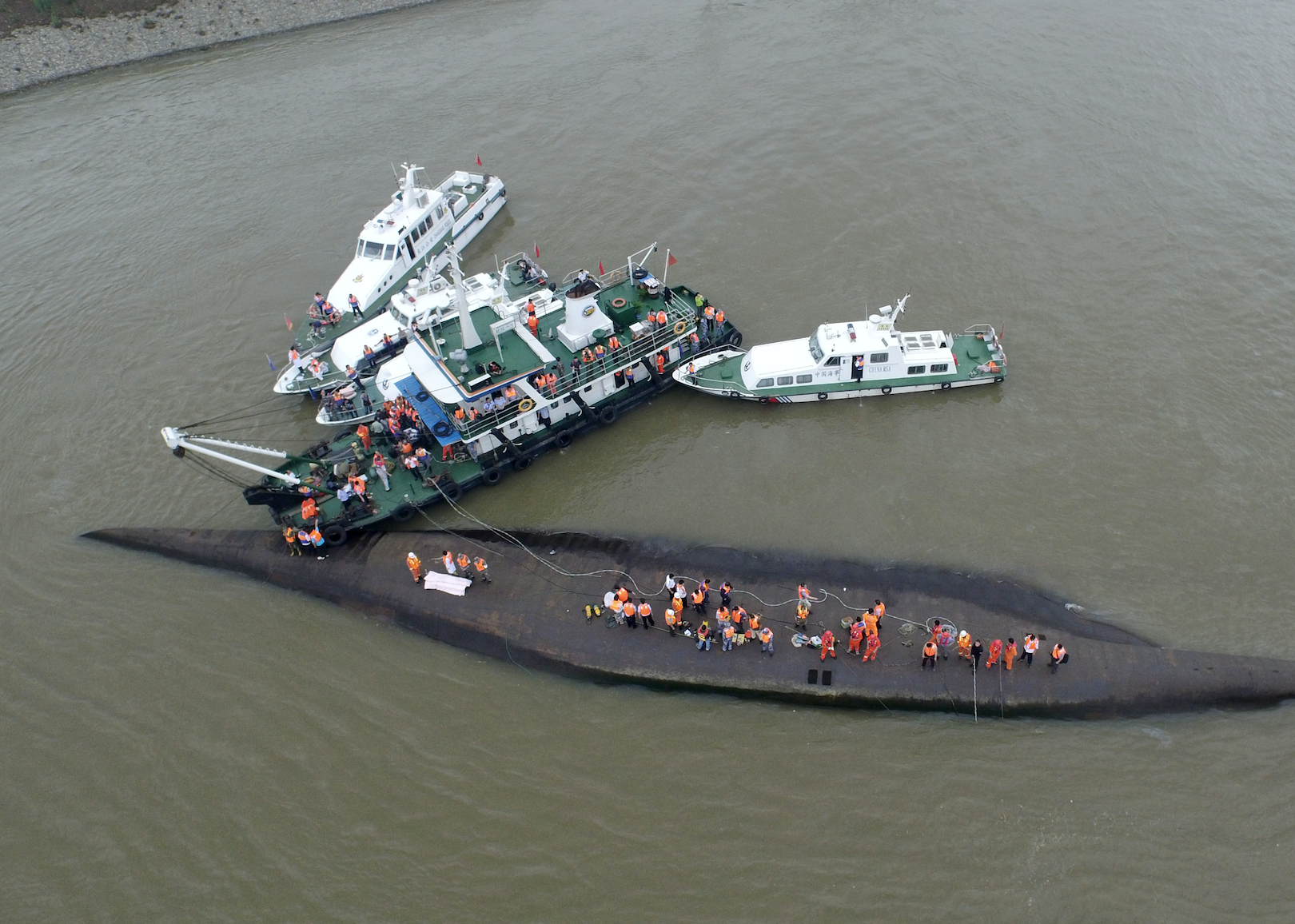
VCG // Getty Images
2015: Oriental Star Ferry capsizes
When heavy rains and hurricane-like winds in China’s Hubei Province hit the cruise ship Oriental Star as it sailed along the Yangtze River on June 1, 2015, the boat capsized. Of the 454 people on board, 442 died. Many argue the disaster could have been averted or at least been less deadly if the crew had been better trained and less negligent. However, the official inquiry by the Chinese government pointed the blame mainly at the unpredictable dangerous weather.
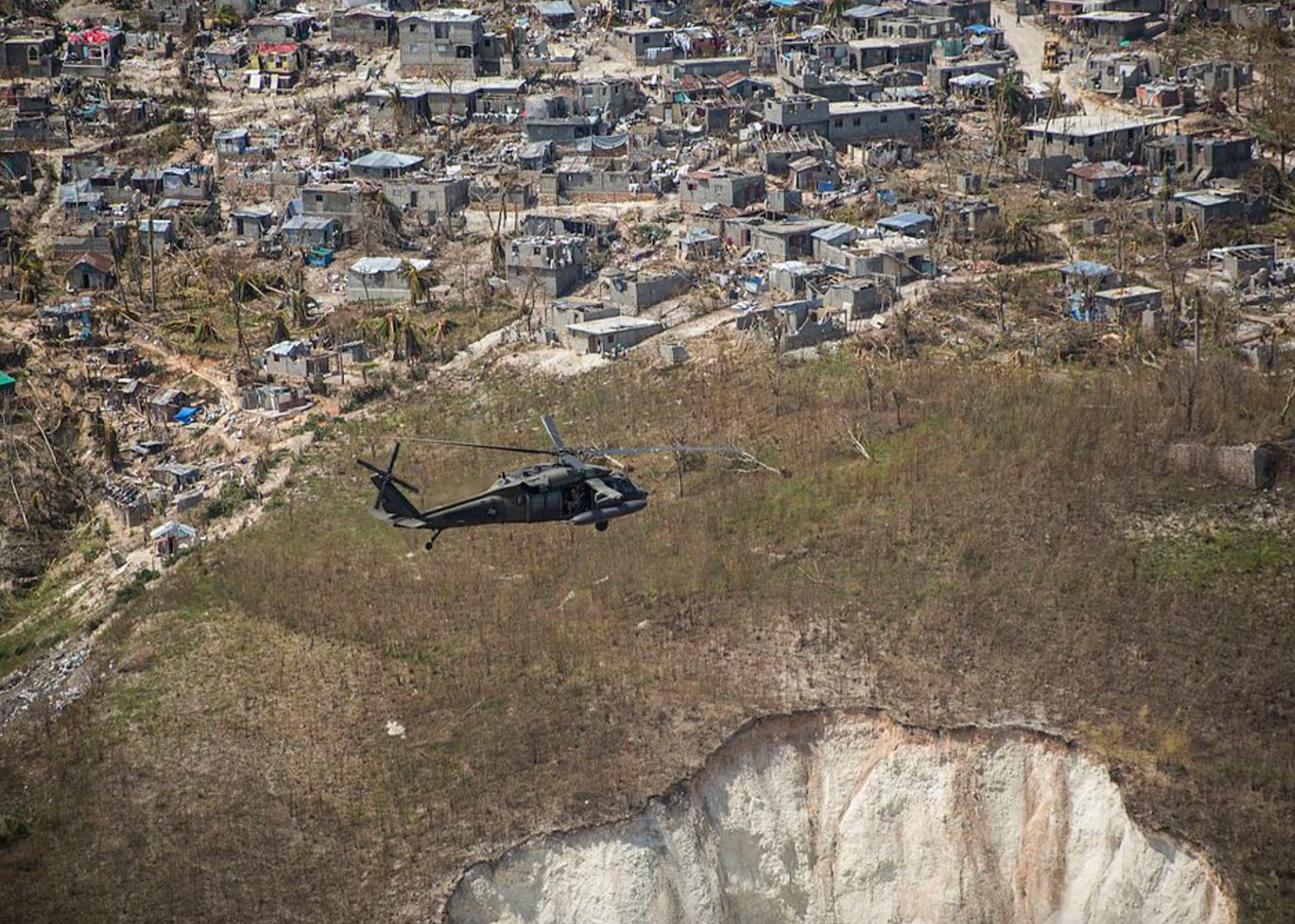
Kimberly Aguirre/U.S. Marine Corps // Wikimedia Commons
2016: Hurricane Matthew
Hurricane Matthew was a Category 5 hurricane that made landfall in southwestern Haiti, Cuba, Grand Bahama Island, and then the southeastern United States. The storm created flooding throughout the Southeast, hitting North Carolina especially hard. Thirty-four Americans died, including 25 North Carolinians. But that devastating total was mild compared to the wreckage Matthew made of Haiti. There, Matthew damaged 210,000 homes, destroyed 90% of crops in some areas, and killed at least 546 Haitians. It was the deadliest Atlantic hurricane in more than a decade.
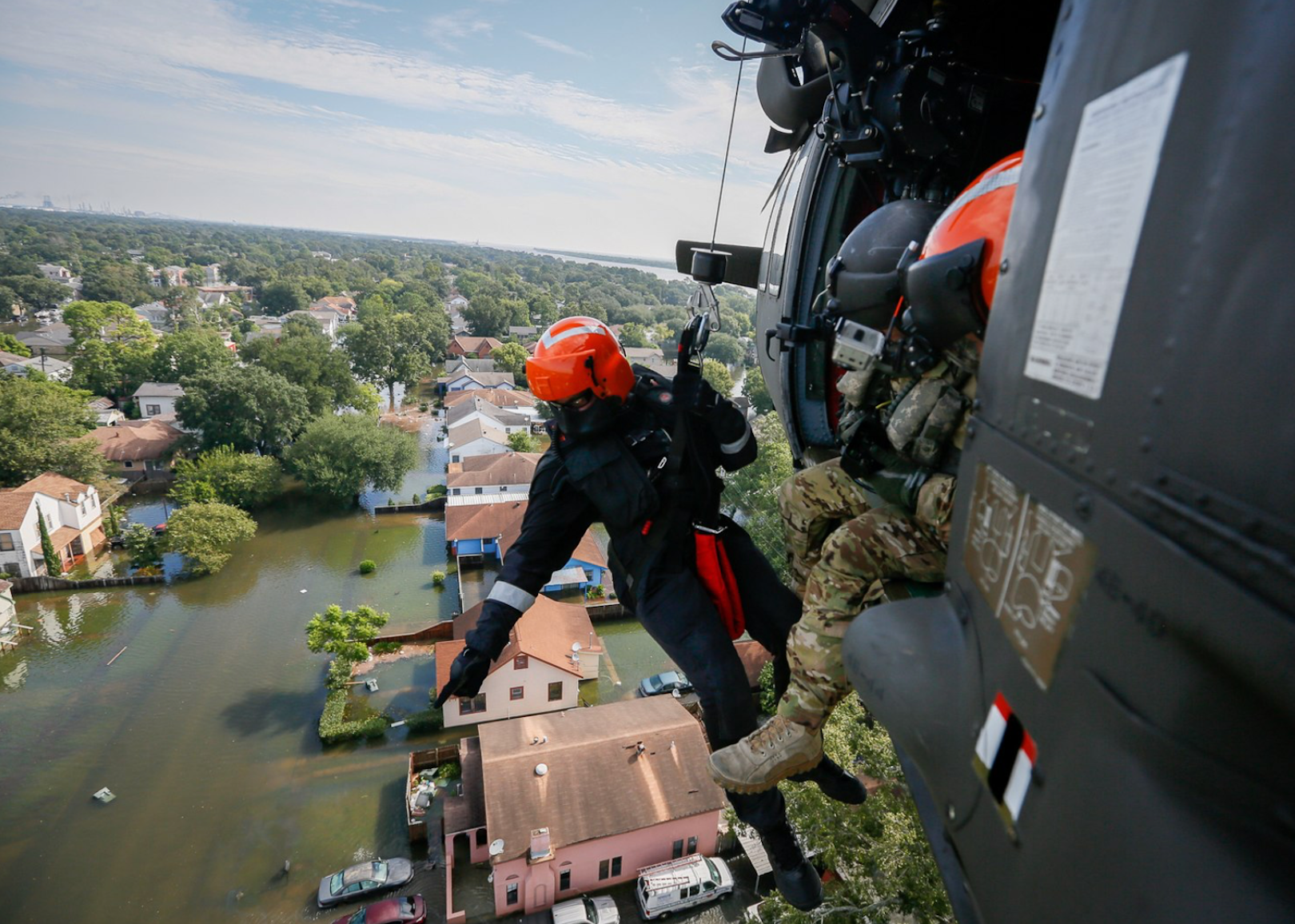
Daniel Martinez Texas National Guard // Wikimedia Commons
2017: Hurricane Harvey
Around 10 p.m. Friday, Aug. 25, 2017, Hurricane Harvey made landfall in Texas between Port Aransas and Port O’Connor. At the time it hit land, Harvey was a Category 4 storm with winds blowing at 130 mph; over the weekend, the storm dumped 27 trillion gallons of rain onto Texas. Many parts of the state were devastated by the hurricane, but the starkest sights were of huge swaths of land in Houston—a city of more than 2 million residents—that were completely underwater days later. It’s estimated that Hurricane Harvey created $125 billion in damages. Eighty-eight Texans died as a result of the storm.
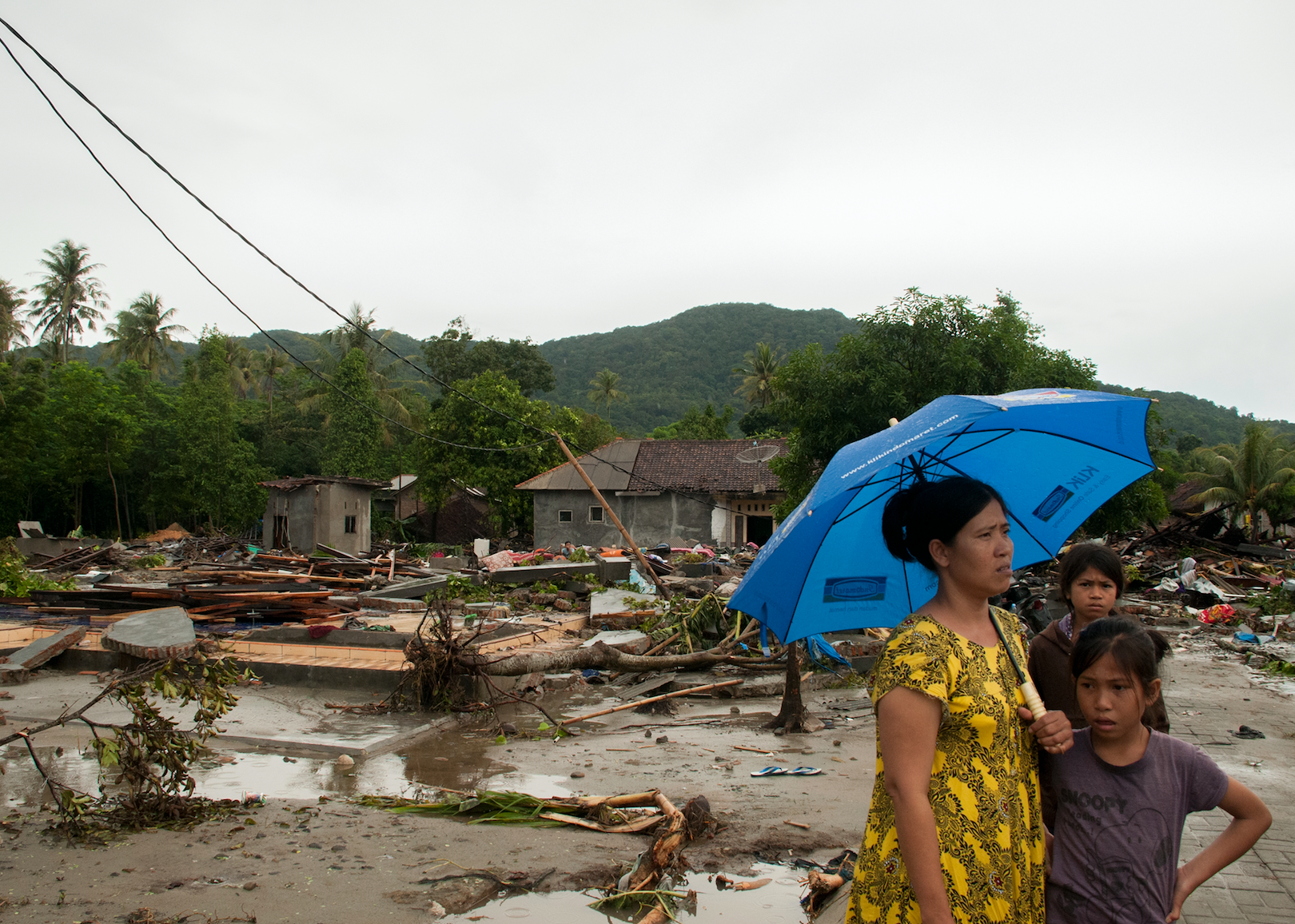
Fajrul Islam // Shutterstock
2018: Tsunami hits Sunda Strait
Giant waves battered coastal towns along the Sunda Strait in Indonesia at 9:30 p.m. on Dec. 22, 2018. The waves hit resorts and communities along the water on the islands of Java and Sumatra, killing 429 people and injuring more than 1,000. The tsunami arrived without an earthquake or other warning; instead, the deadly waves were caused by chunks of the Anak Krakatau volcano falling into the ocean, which created an underwater landslide. Indonesia is especially susceptible to tsunamis because it sits within the Ring of Fire—an area of frequent volcanic eruptions and earthquakes—but this tsunami was especially frightening because it arrived seemingly out of nowhere.
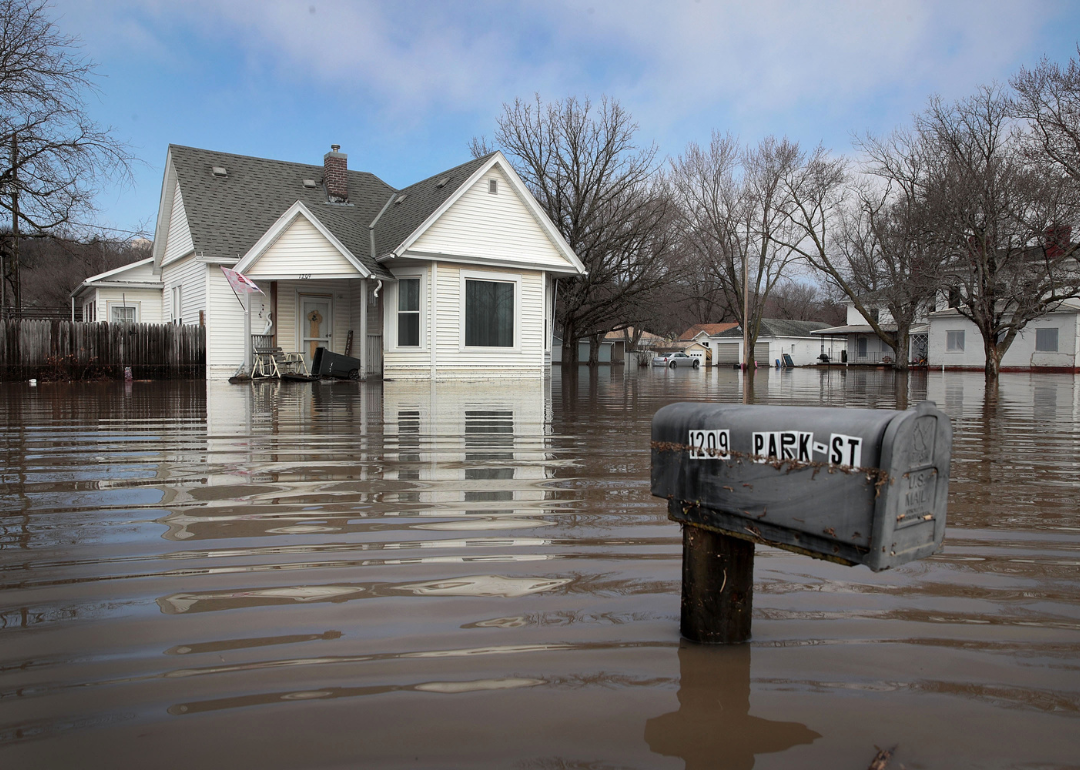
Scott Olson // Getty Images
2019: Flooding across the Midwest
A variety of climate anomalies exacerbated the flooding that inundated the Midwest in 2019. The 12-month stretch between May 2018 and May 2019 was the wettest 12-month period on record in the U.S. according to the NOAA. Nearly 38 inches of water fell—8 inches above average. Additionally, the average number of tornadoes more than doubled from 226 to 500. Eleven states sought federal disaster funds for more than 400 counties.
You may also like: 10 toxic cleaning products and their natural alternatives
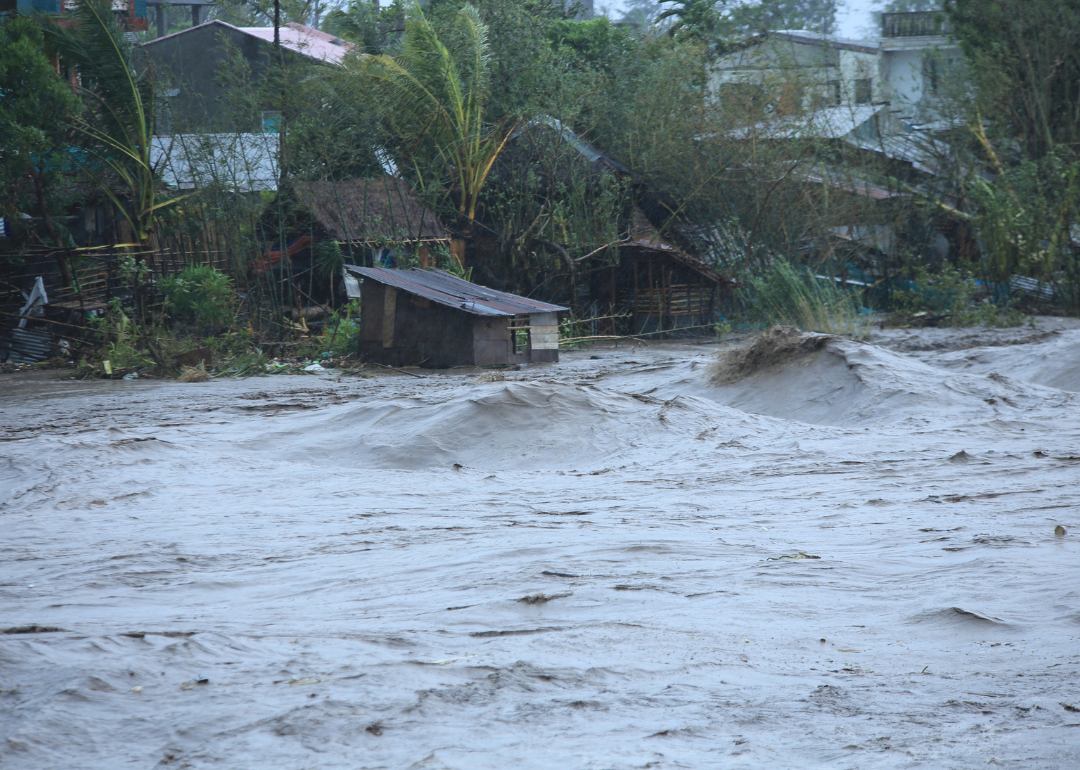
CHARISM SAYAT/AFP via Getty Images
2020: Super Typhoon Goni
On Nov. 1, 2020, Super Typhoon Goni, bringing 195 mph winds, made landfall on Catanduanes Island before striking the Philippines. Goni brought torrential rain in addition to the dangerous wind; storm surges reached 15 feet high. When a typhoon’s peak winds surpass 150 mph, it is categorized as a “super typhoon,” equivalent to a Category 4 hurricane. Goni’s strength made it more akin to a Category 5 hurricane.
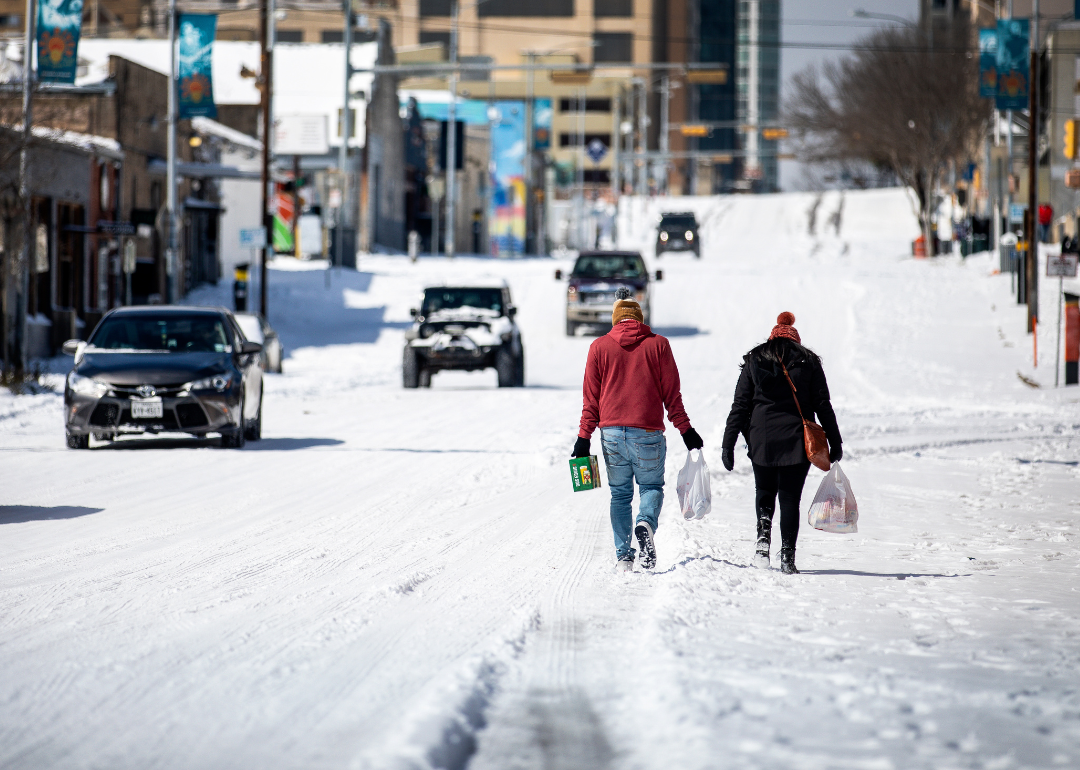
Montinique Monroe/Getty Images
2021: Cold Snap
A cold snap lasting longer than one week hit the central U.S. hard in 2021. Across the country, more than 3,000 daily low-temperature records were tied or broken, but the situation was especially dangerous in states where extreme, prolonged cold is anomalous. A lack of clean water and power left 30 people dead in Texas alone. Houston issued its first wind chill warning, and Kansas and Oklahoma set records for longest stretches of time with temperatures at or below 15 and 20 degrees F, respectively.
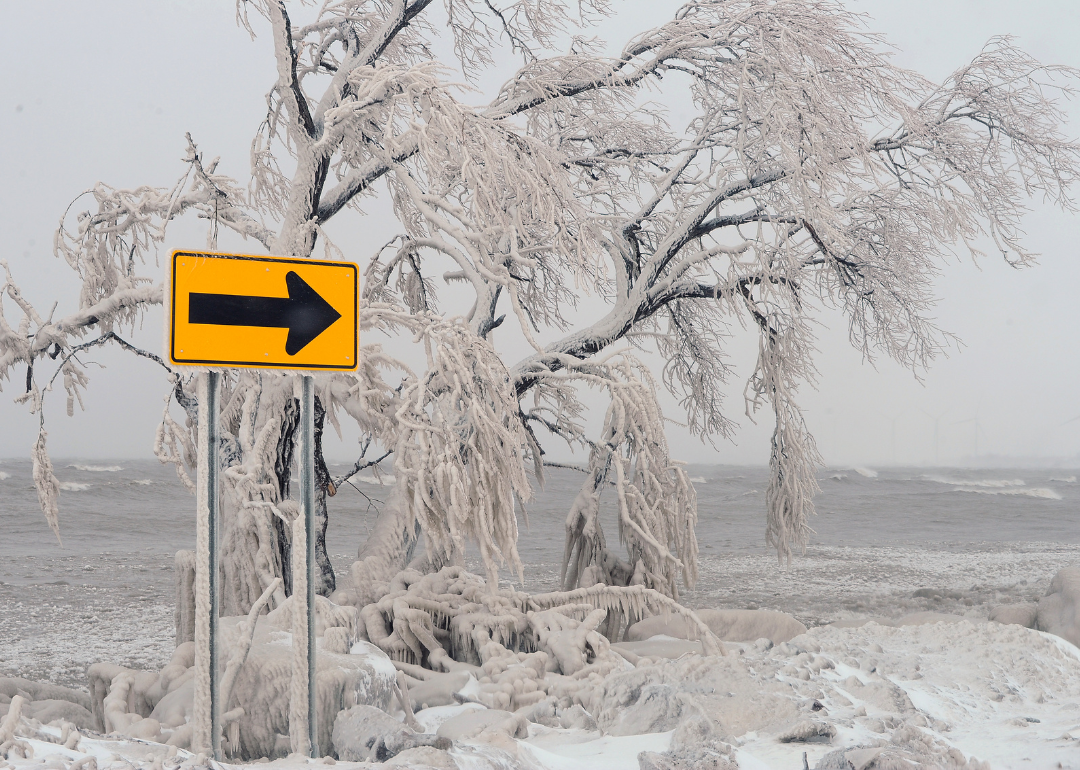
John Normile/Getty Images
2022: Arctic Bomb Cyclone
A bomb cyclone is a large storm with a low-pressure center that can be accompanied by blizzards, severe thunderstorms, and heavy precipitation. Under optimal conditions, its core pressure drops, and it can strengthen very quickly, making it a “bomb.” More than 60% of the U.S. was affected by a bomb cyclone in 2022, placing 200 million people under winter weather warnings and advisories. Across the country, more than 1 million homes and businesses were left without power. More than 10,000 flights were either canceled or delayed. Dangerous wind chills brought temperatures in some parts of the country to as low as minus 51 degrees Fahrenheit.
